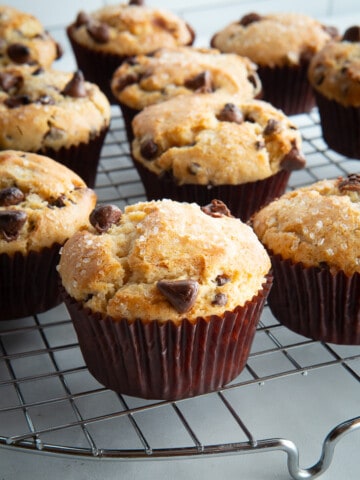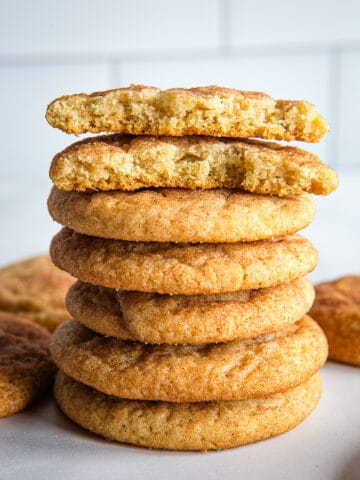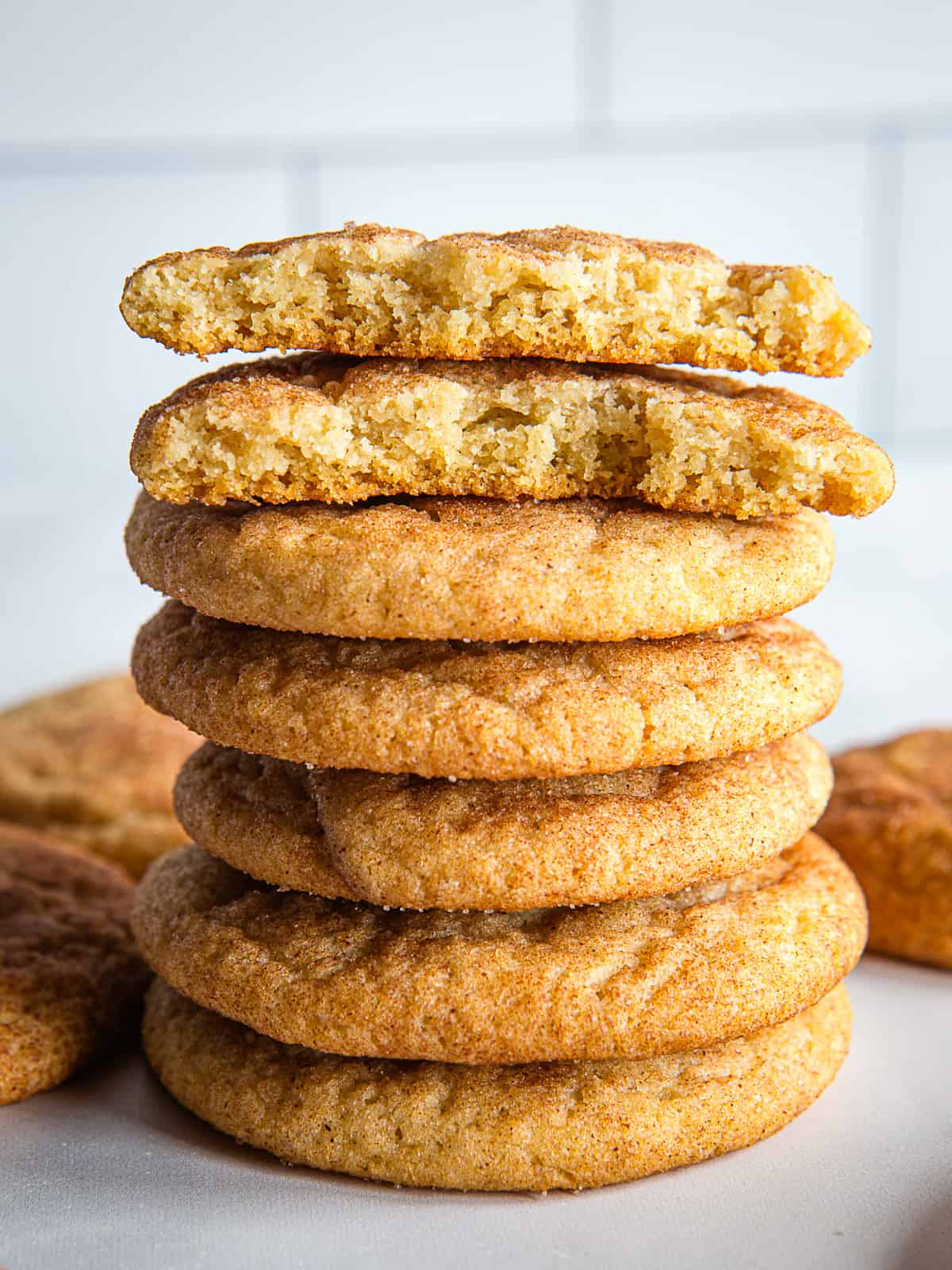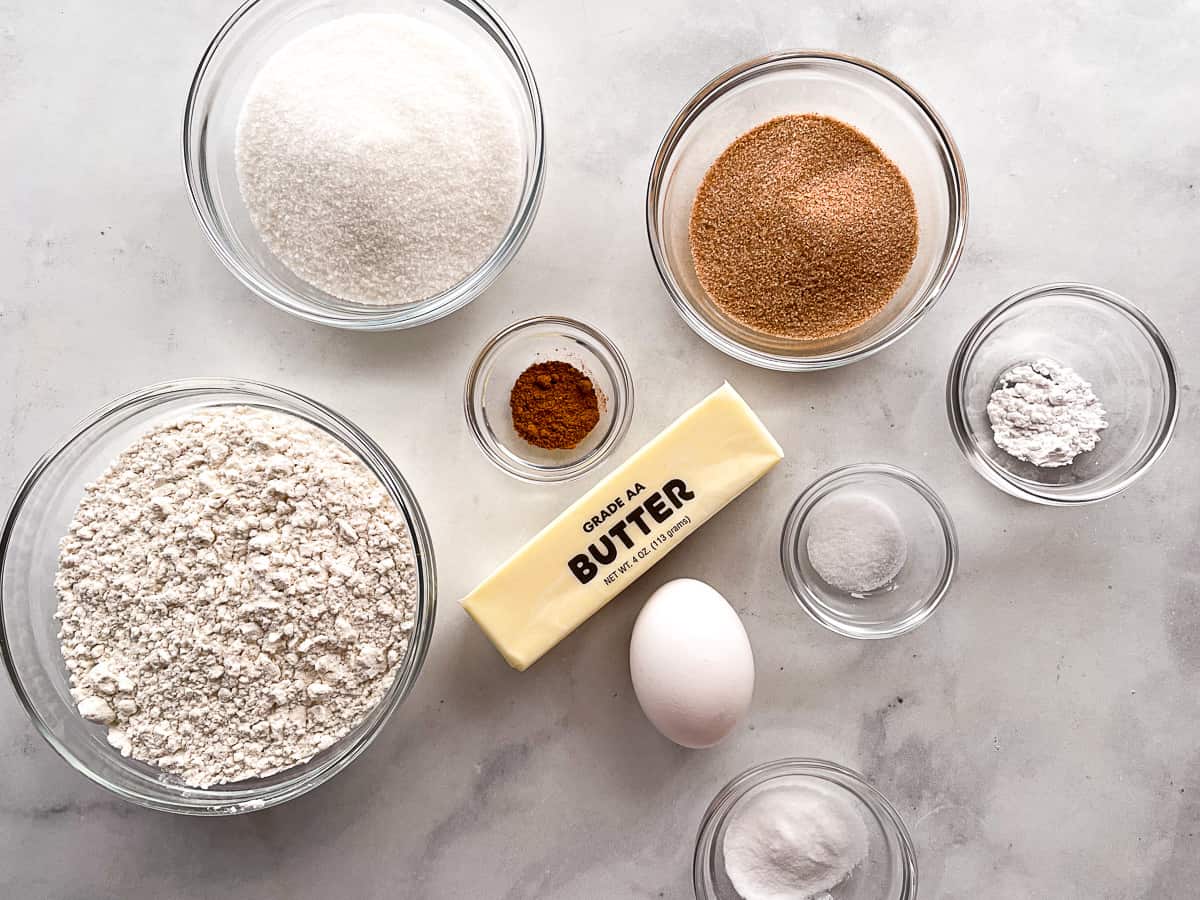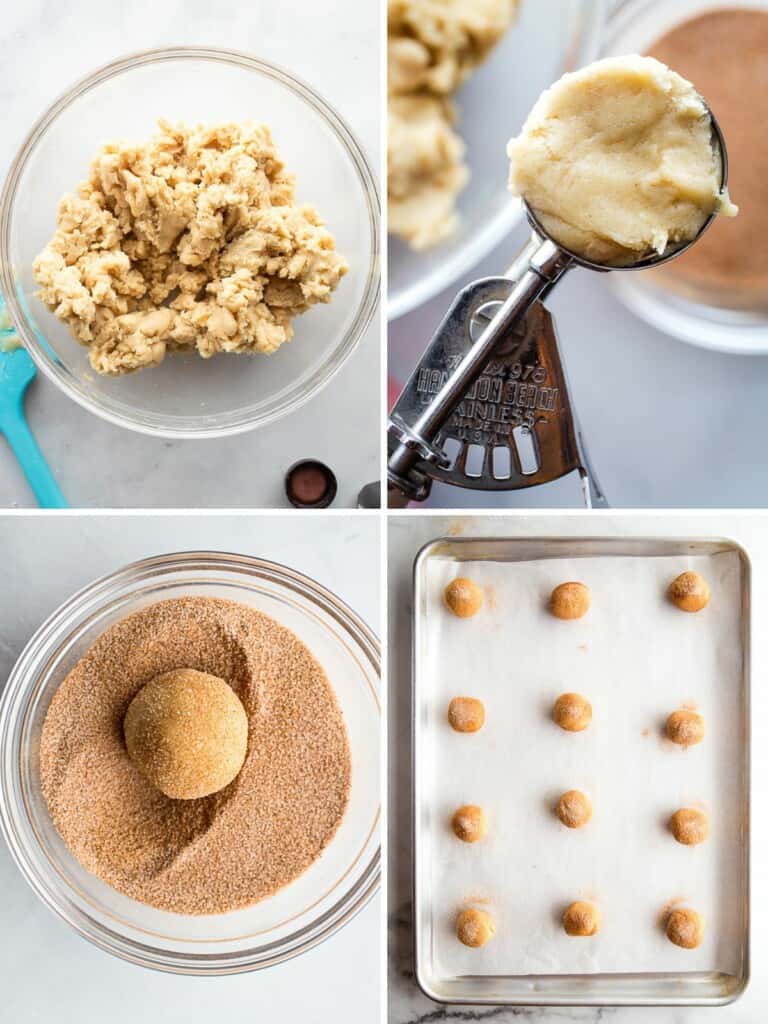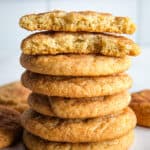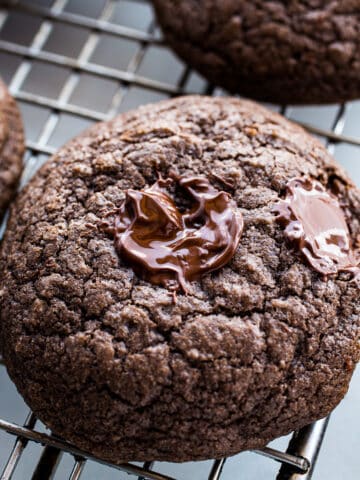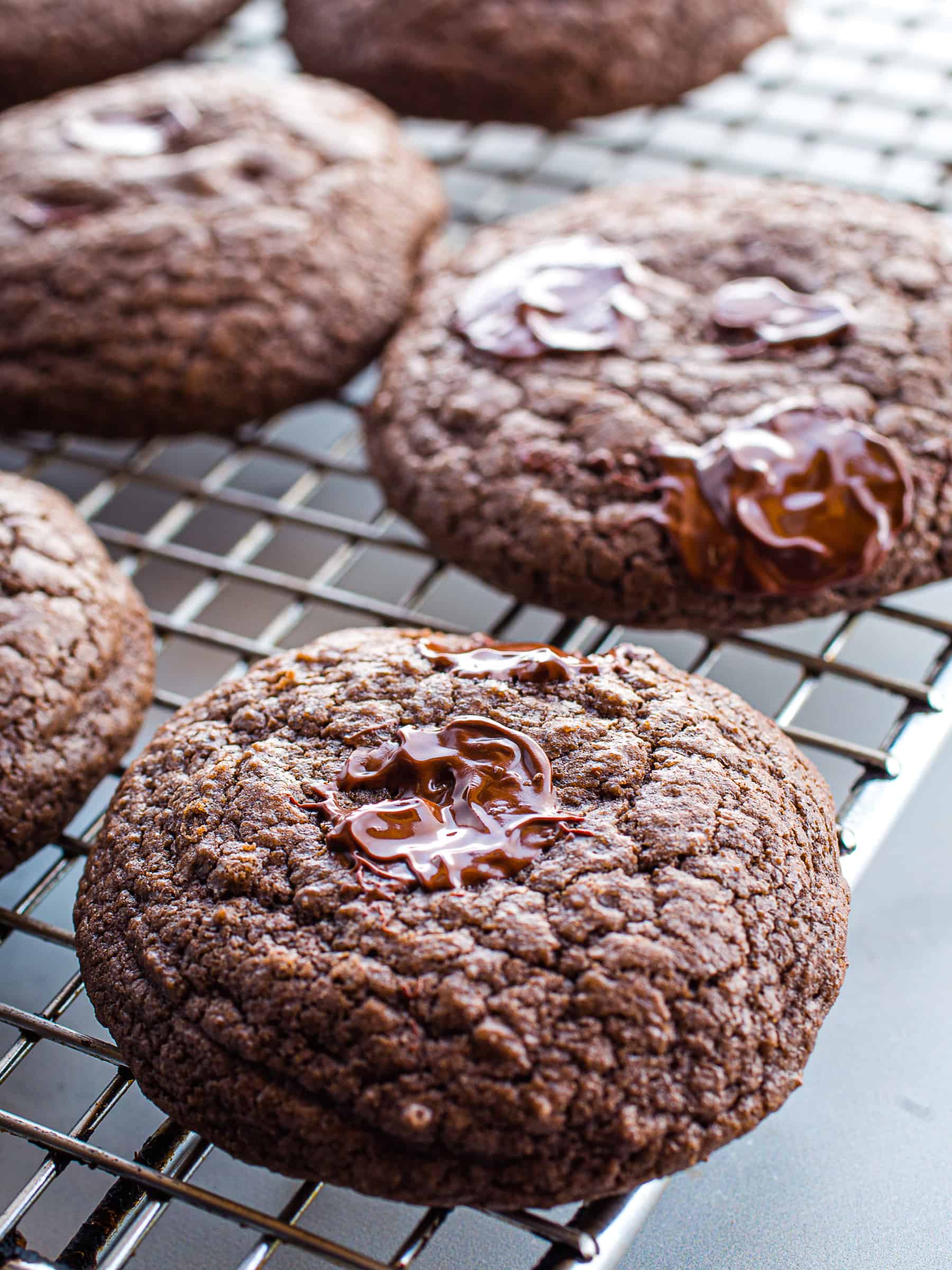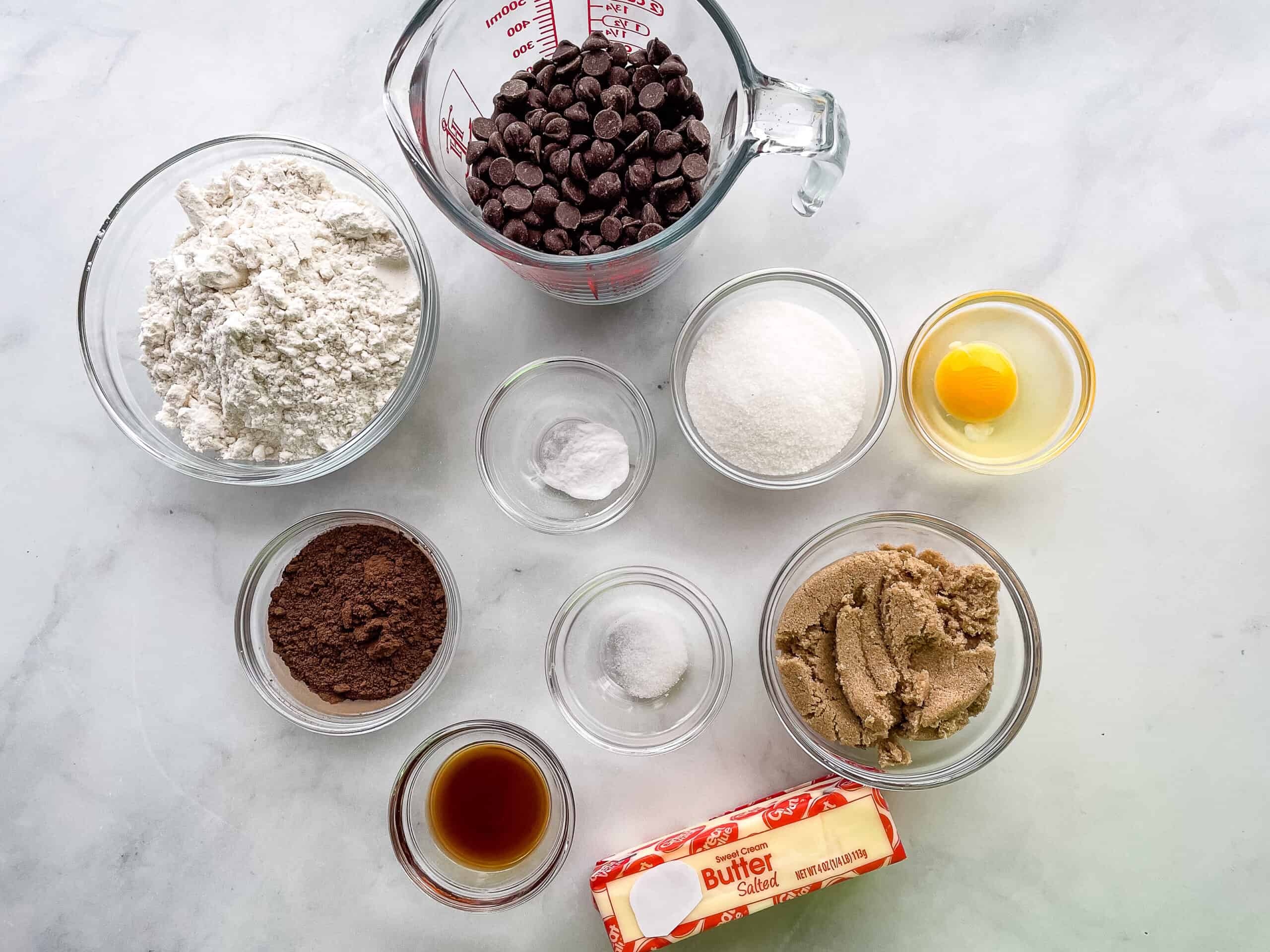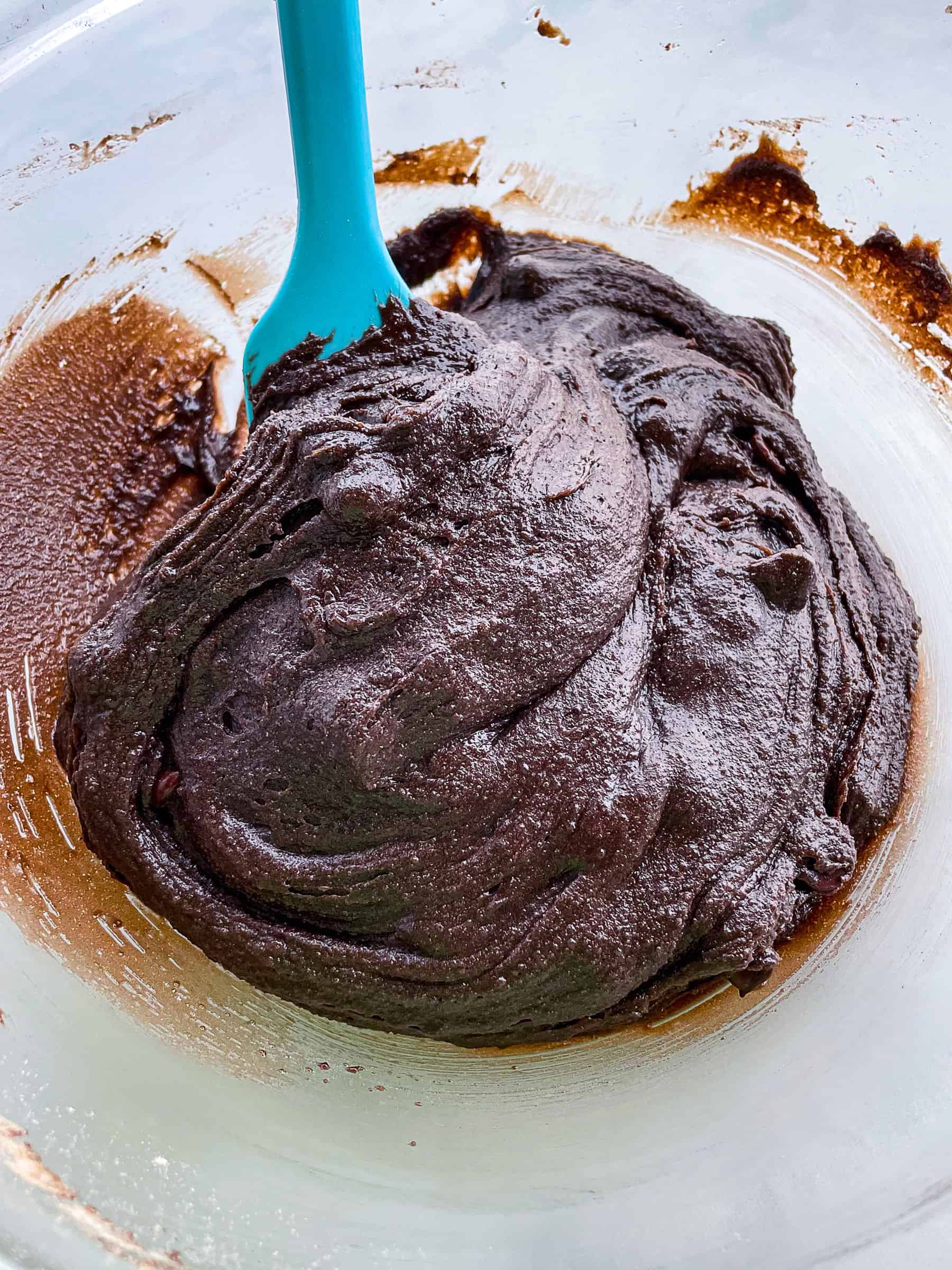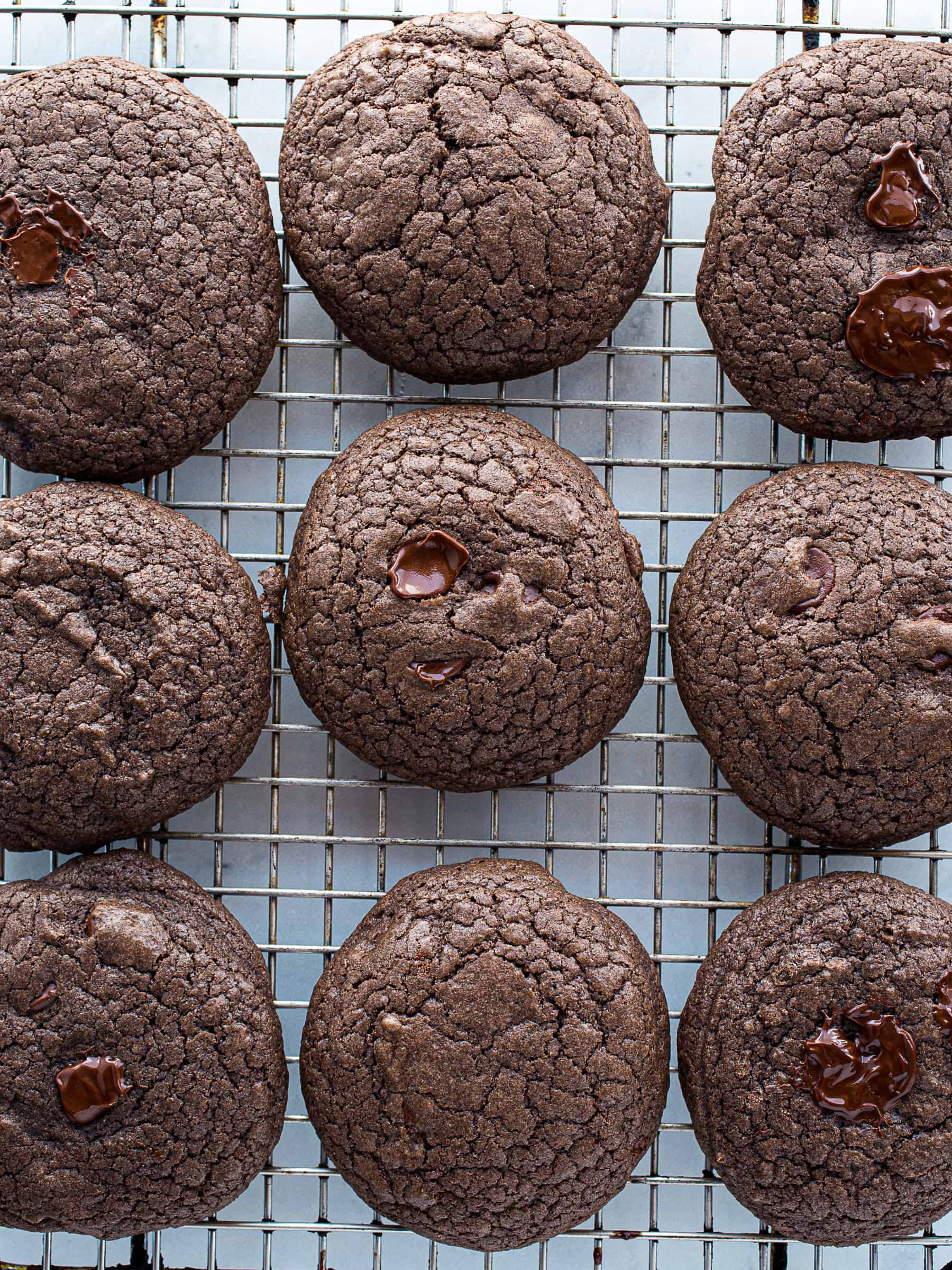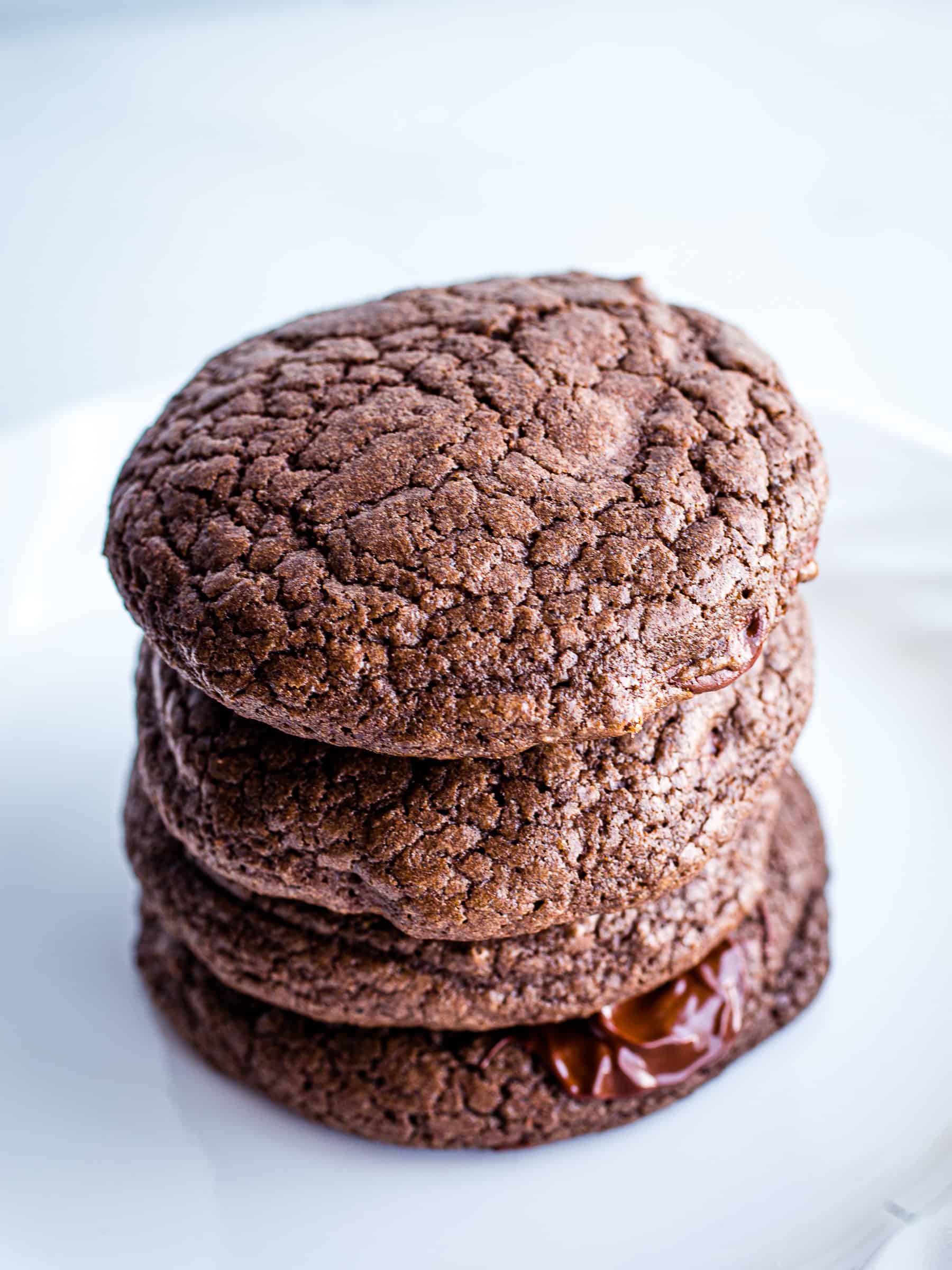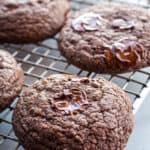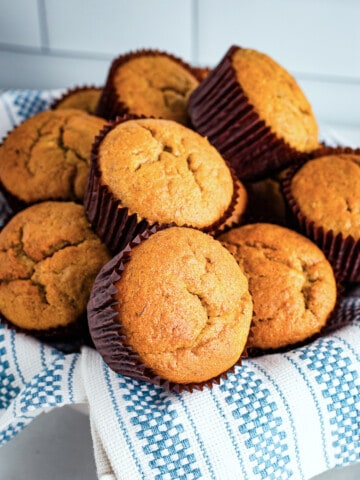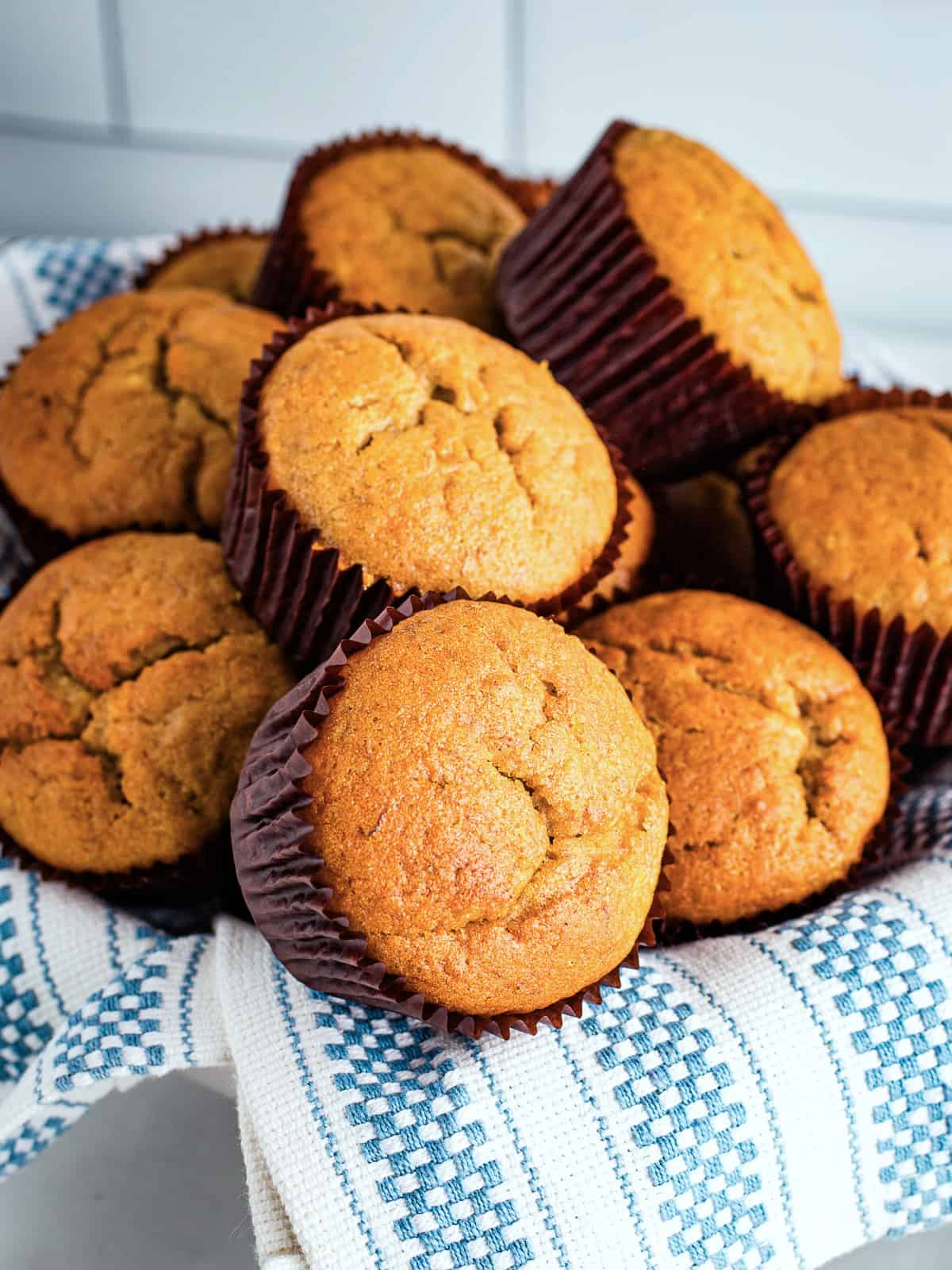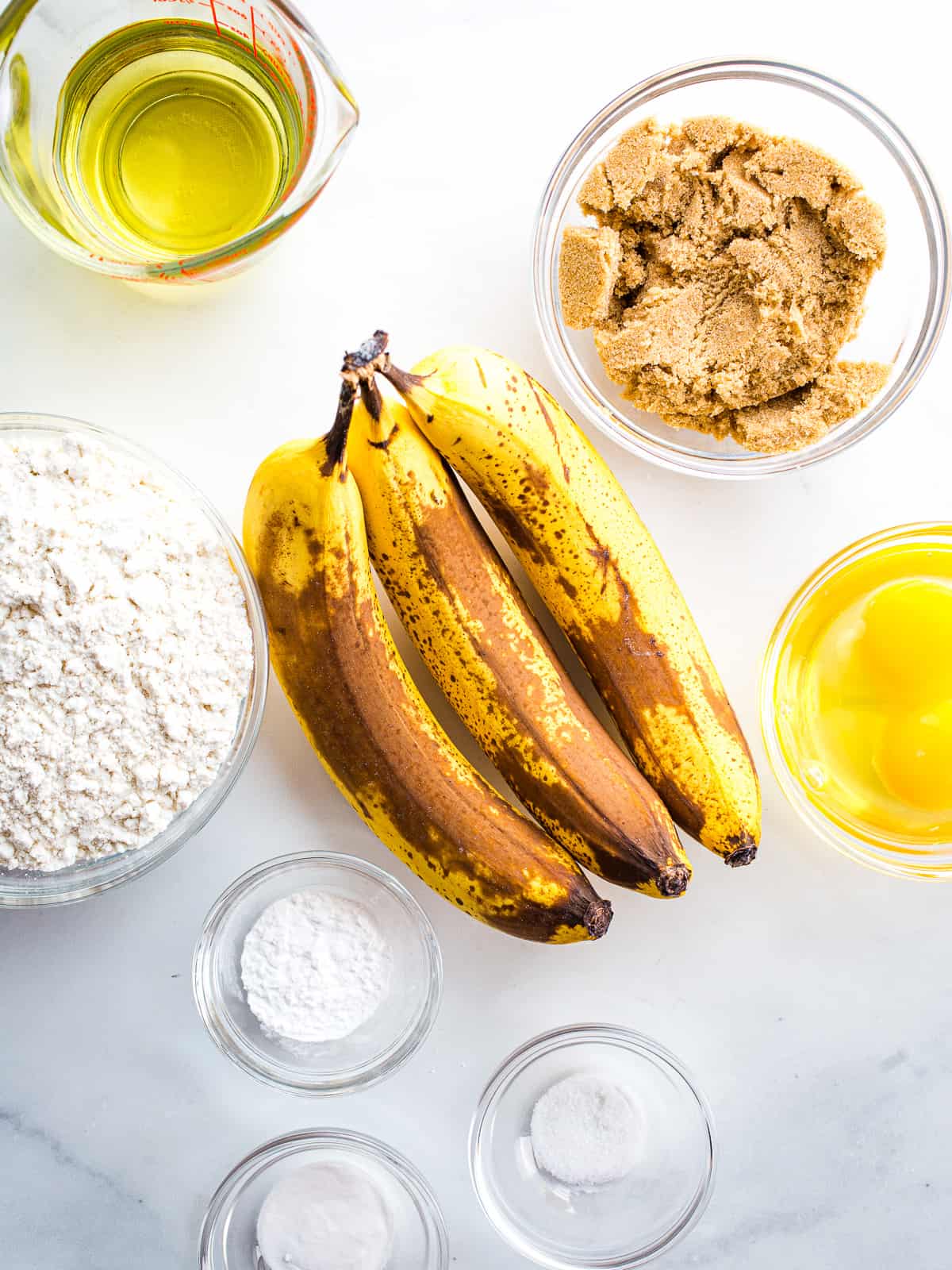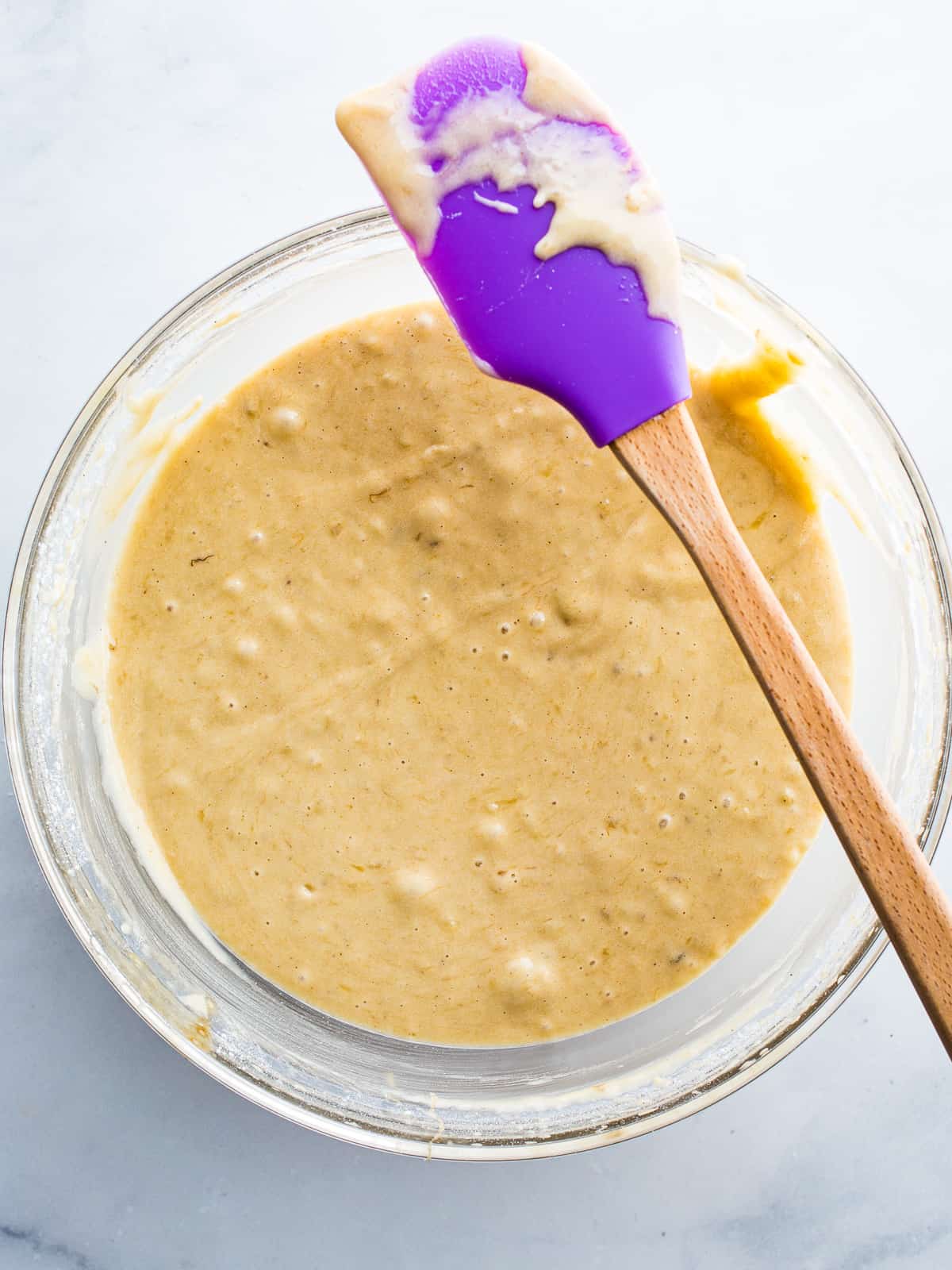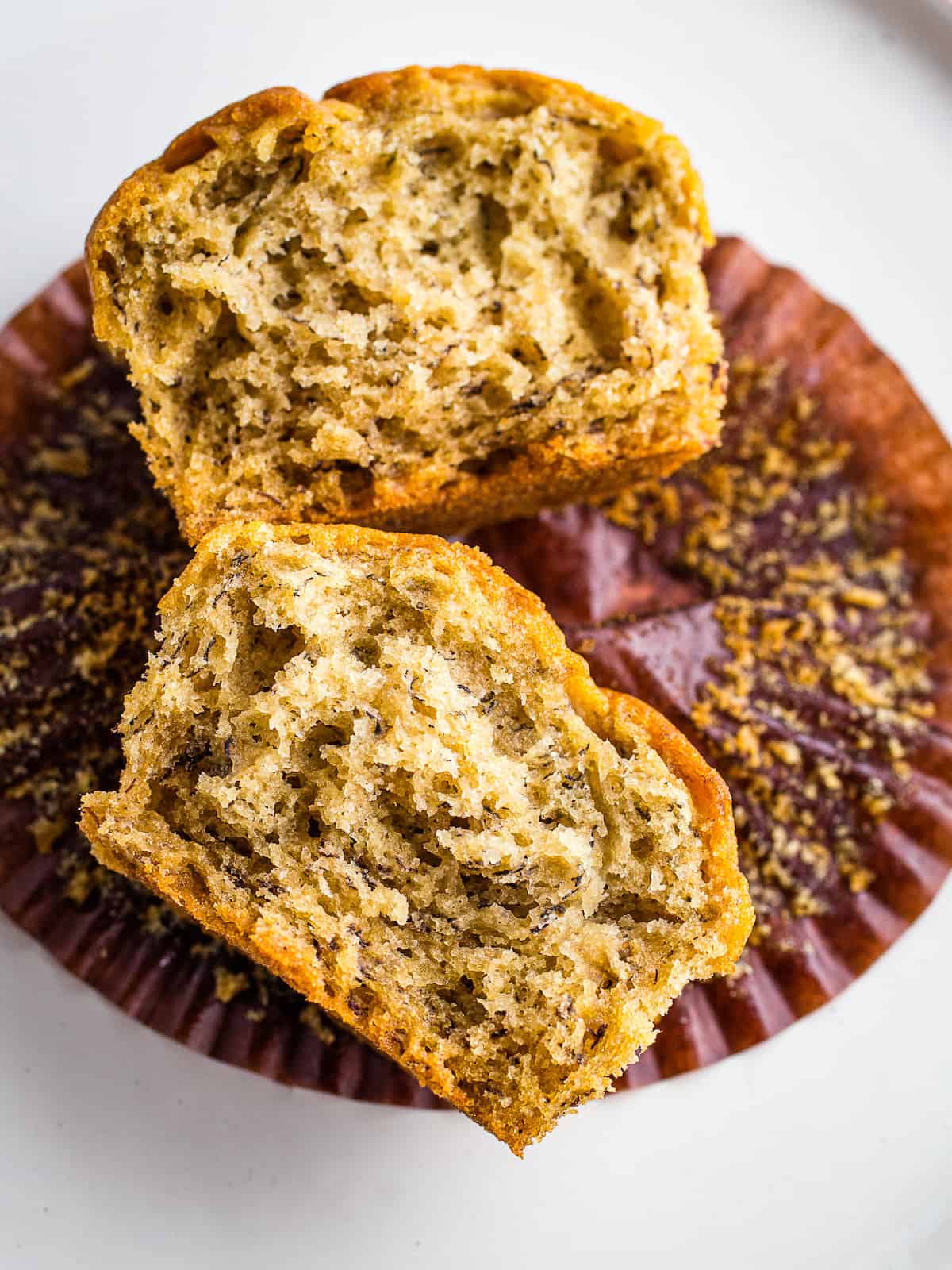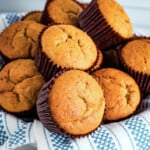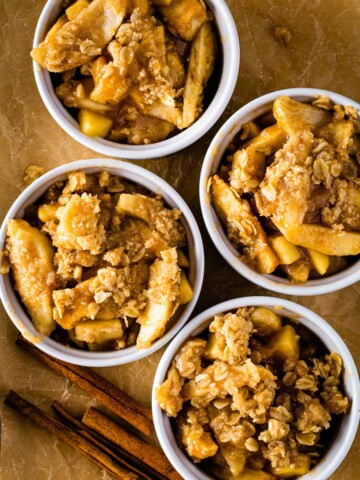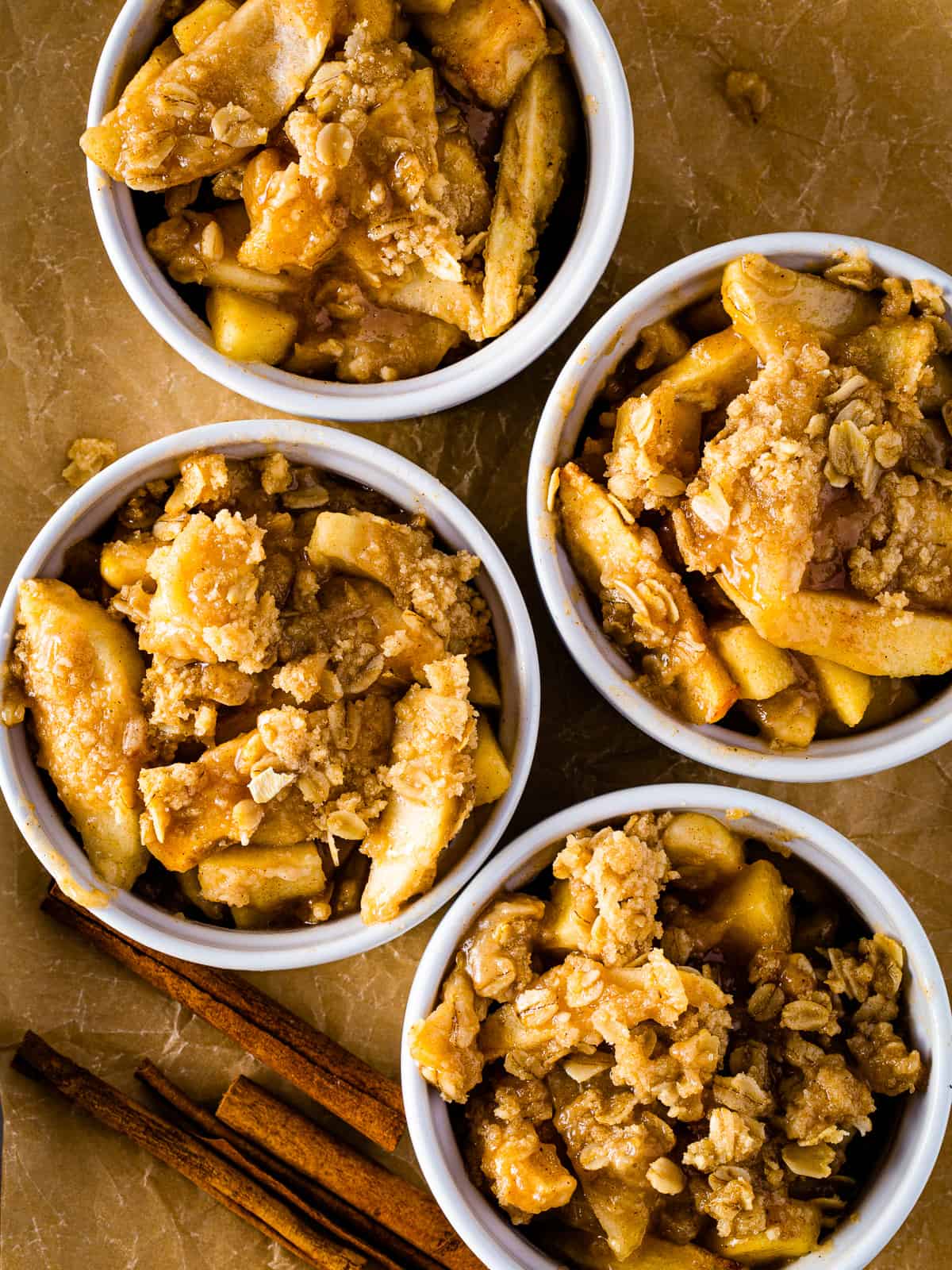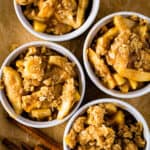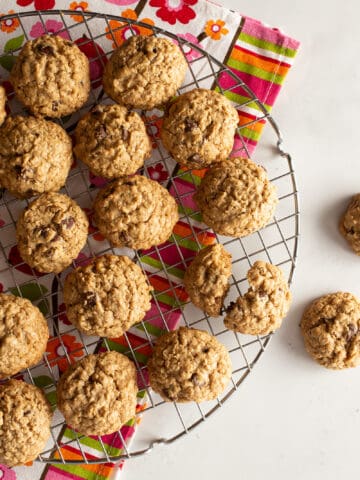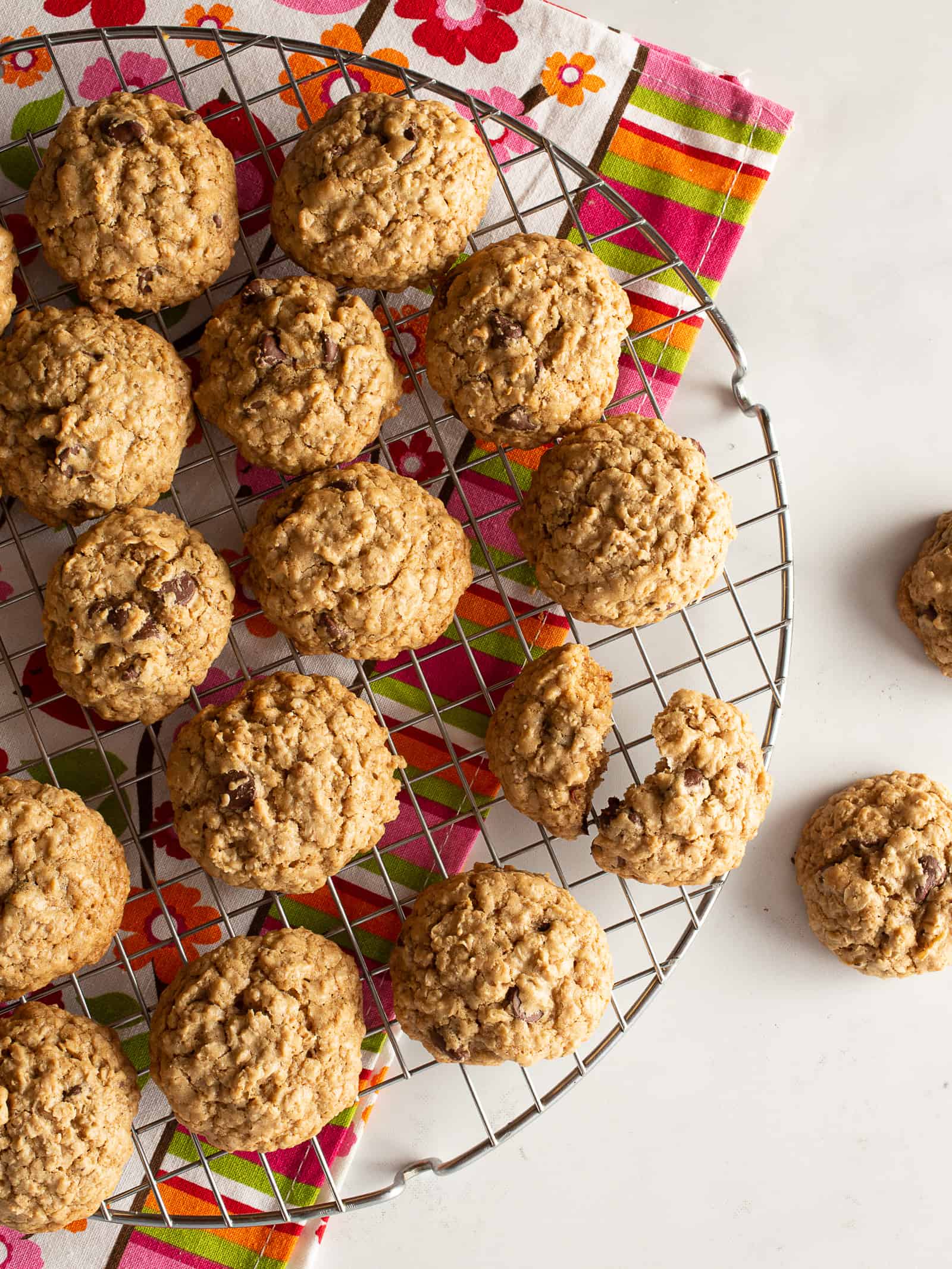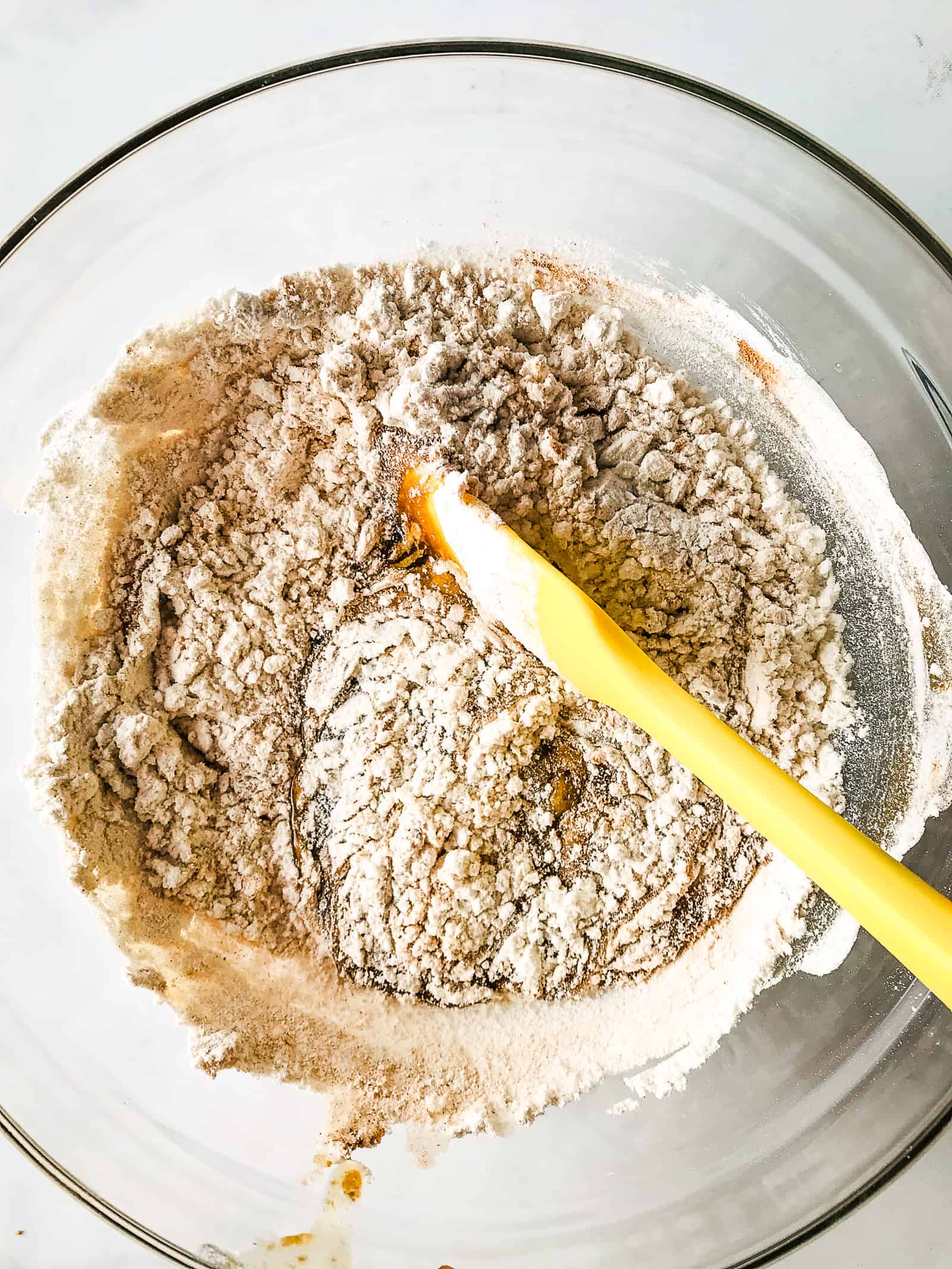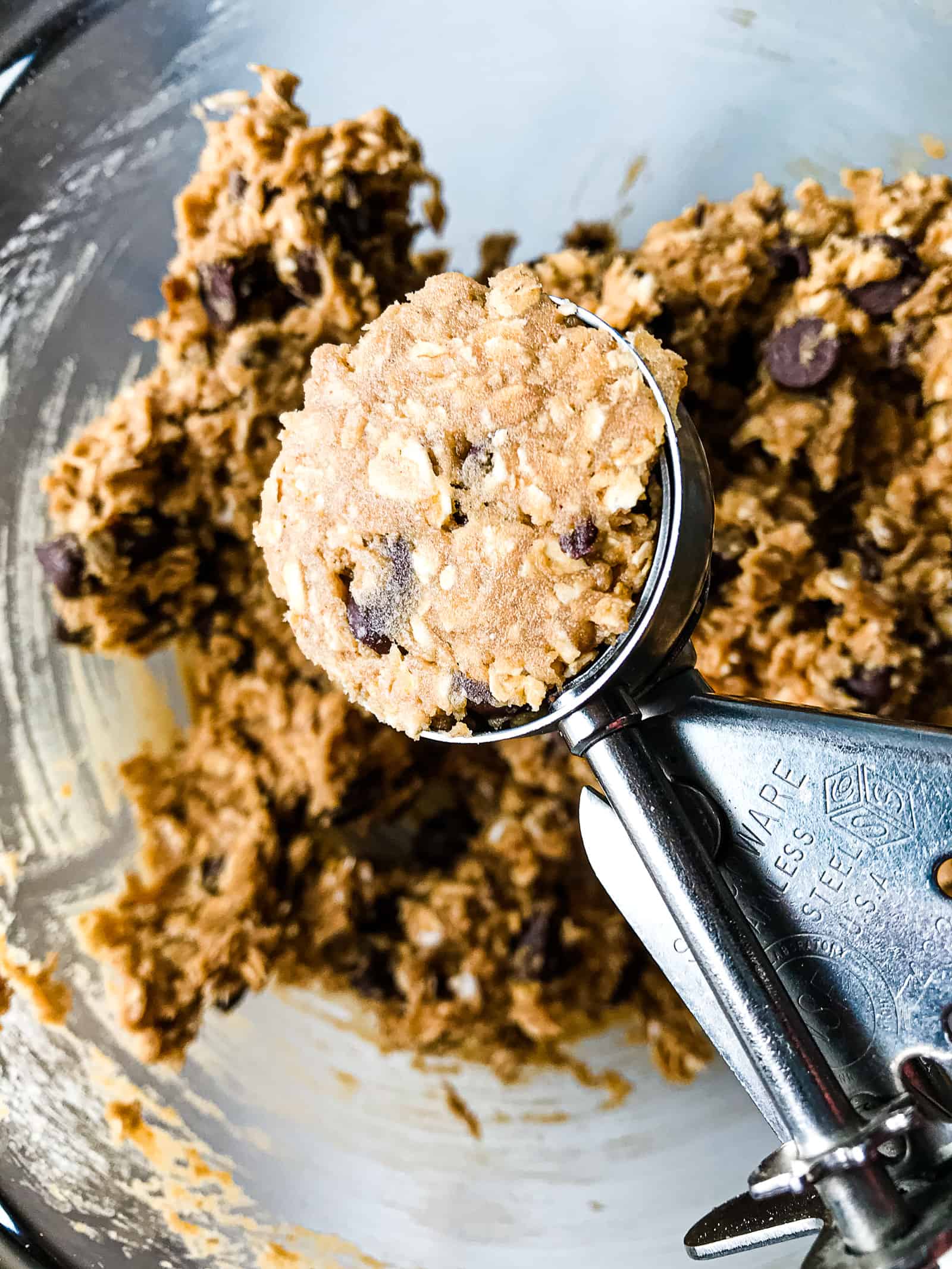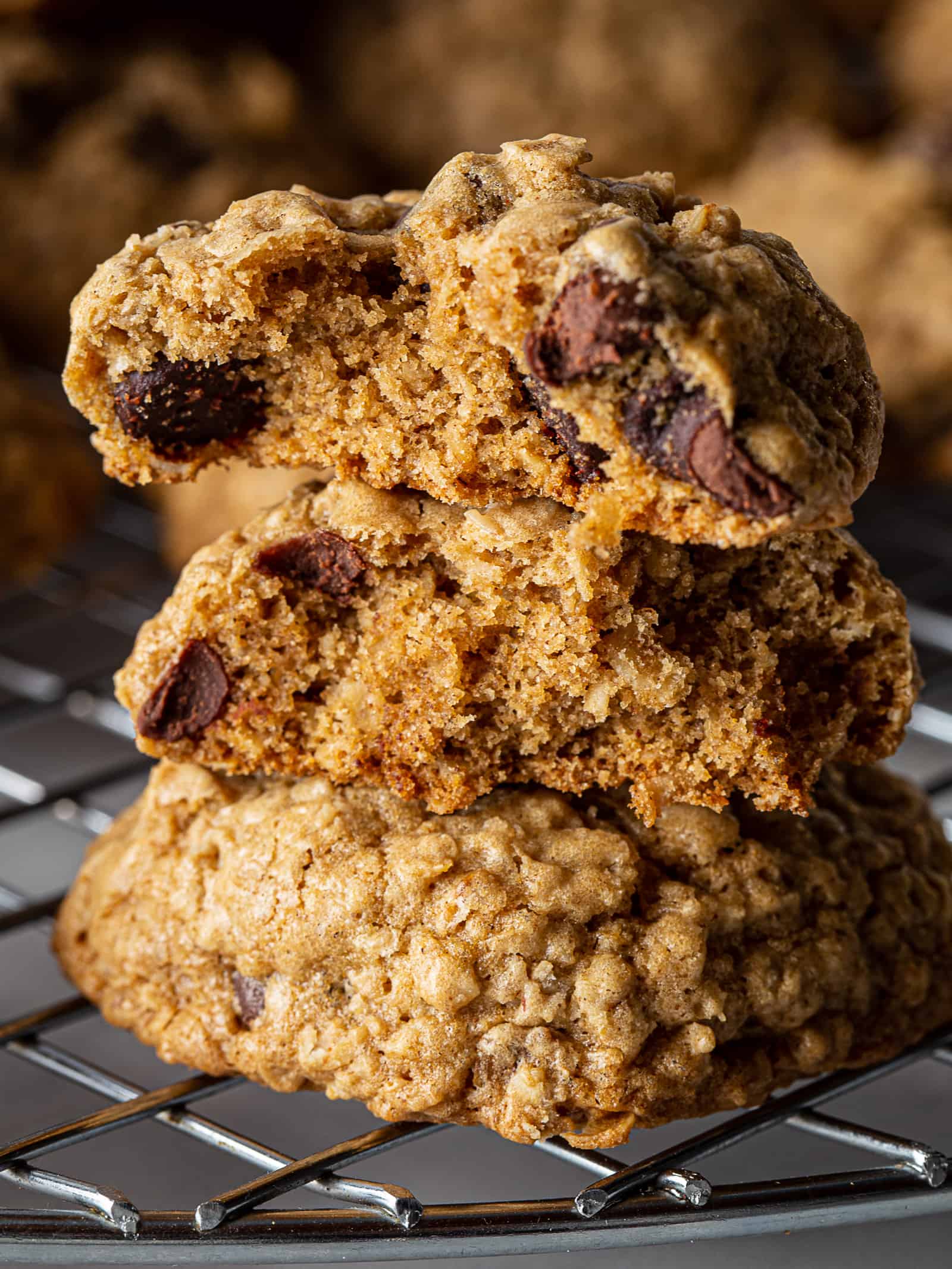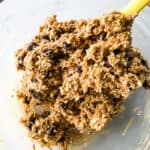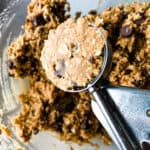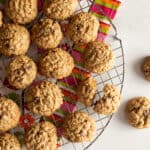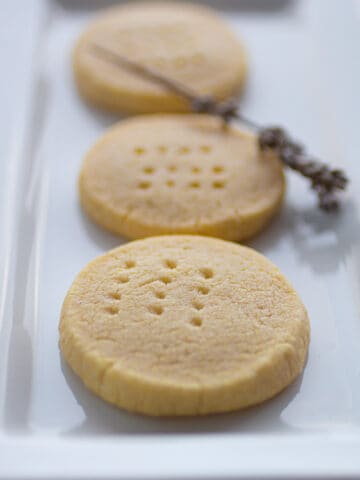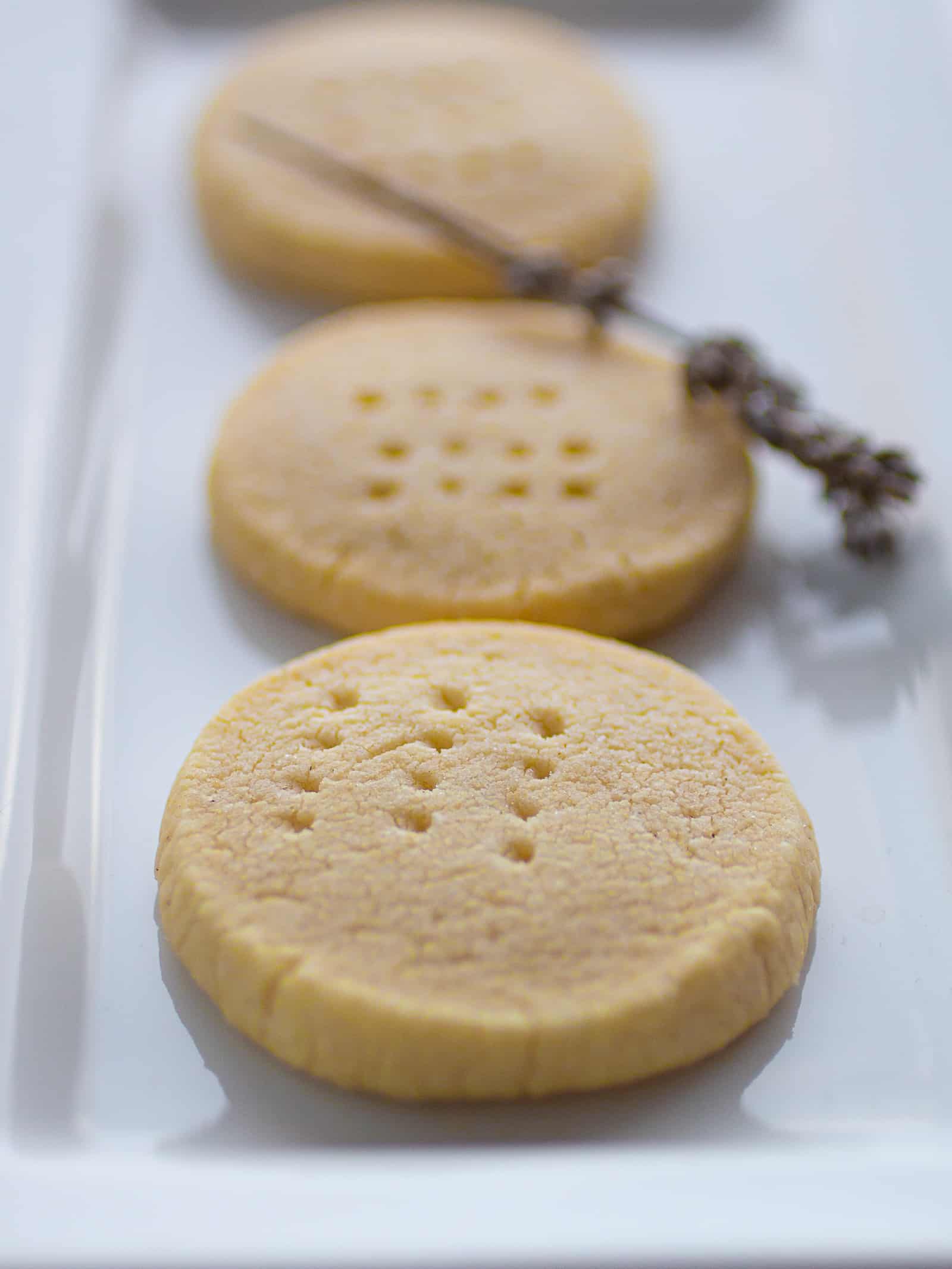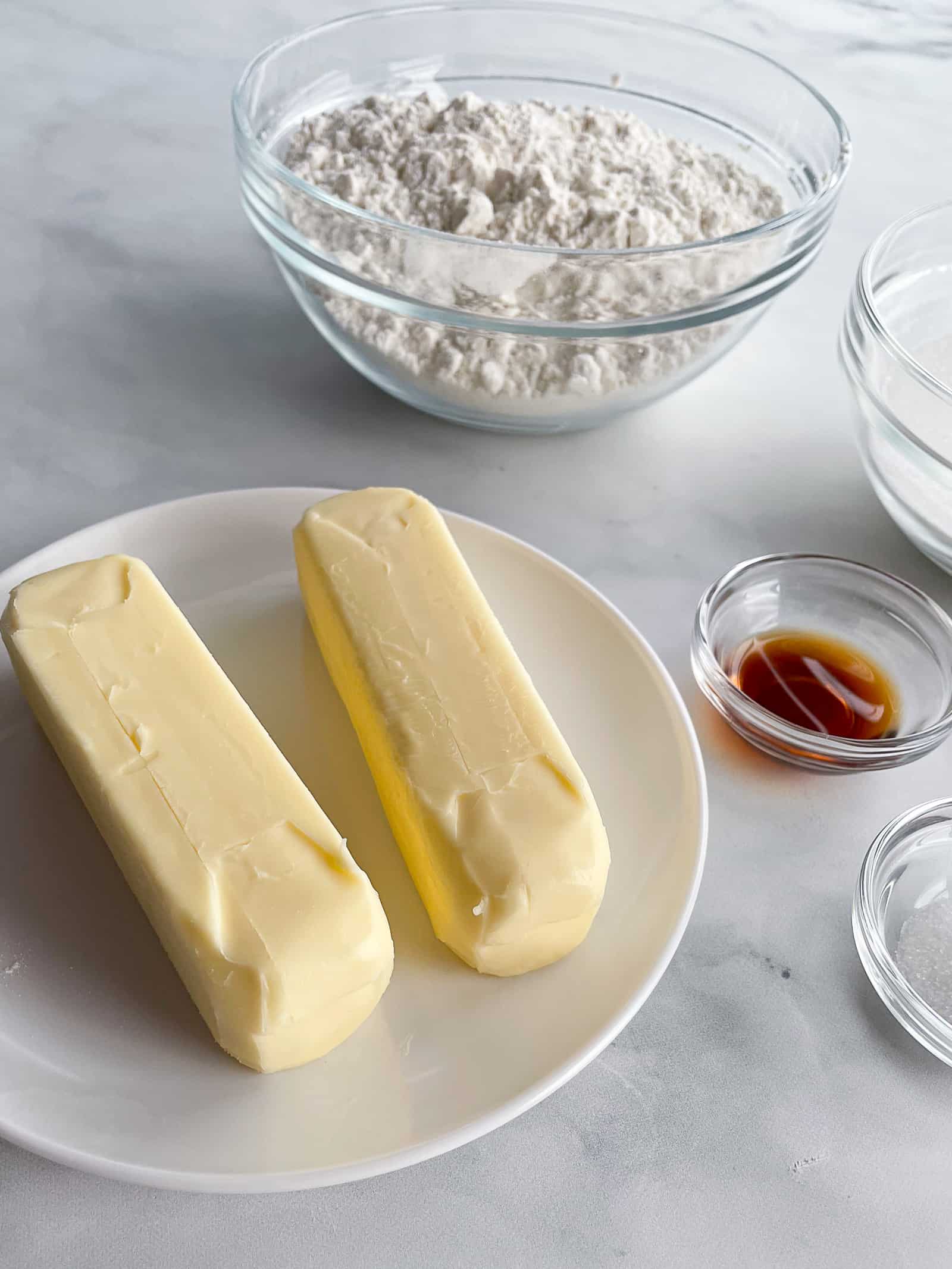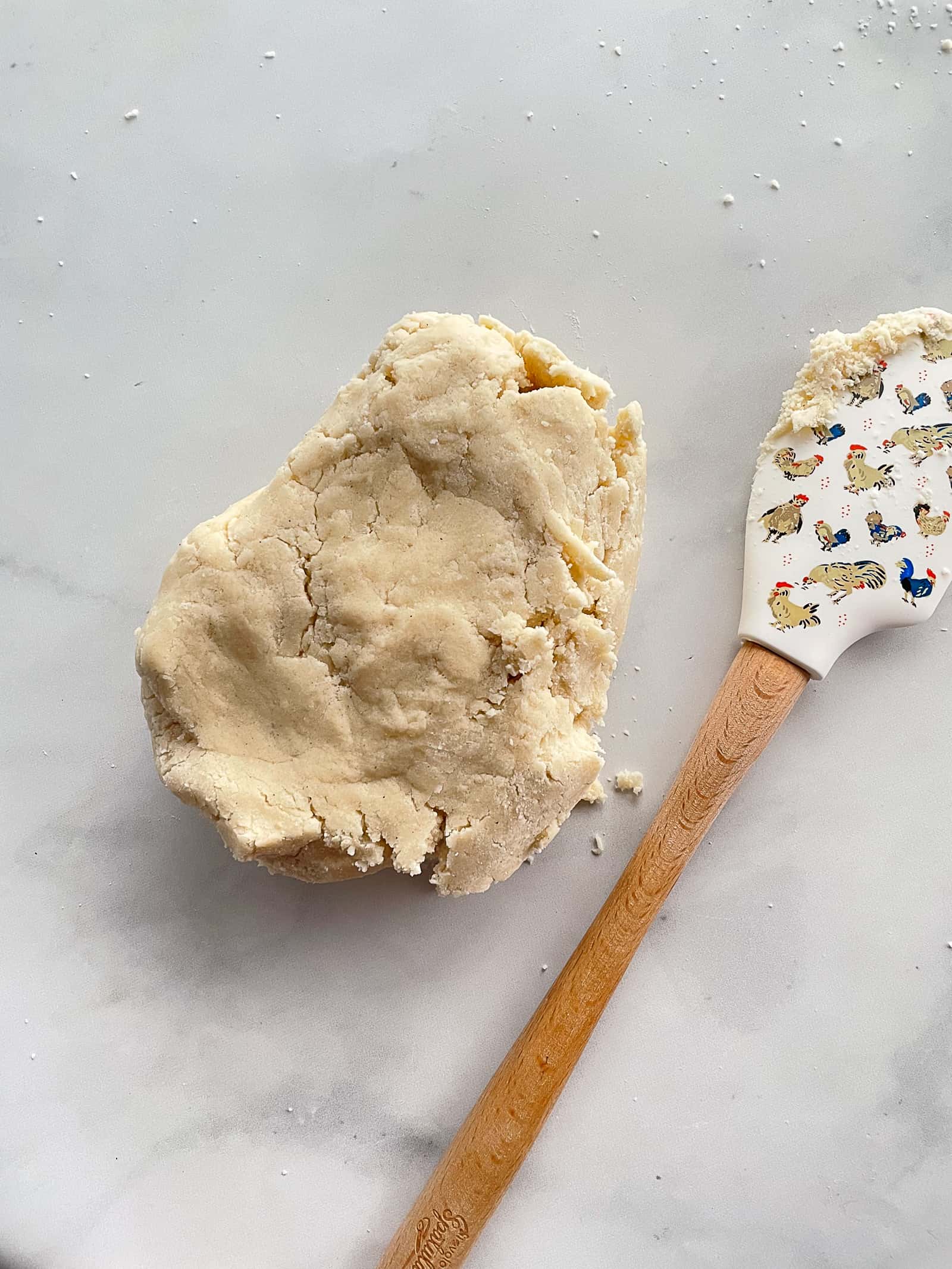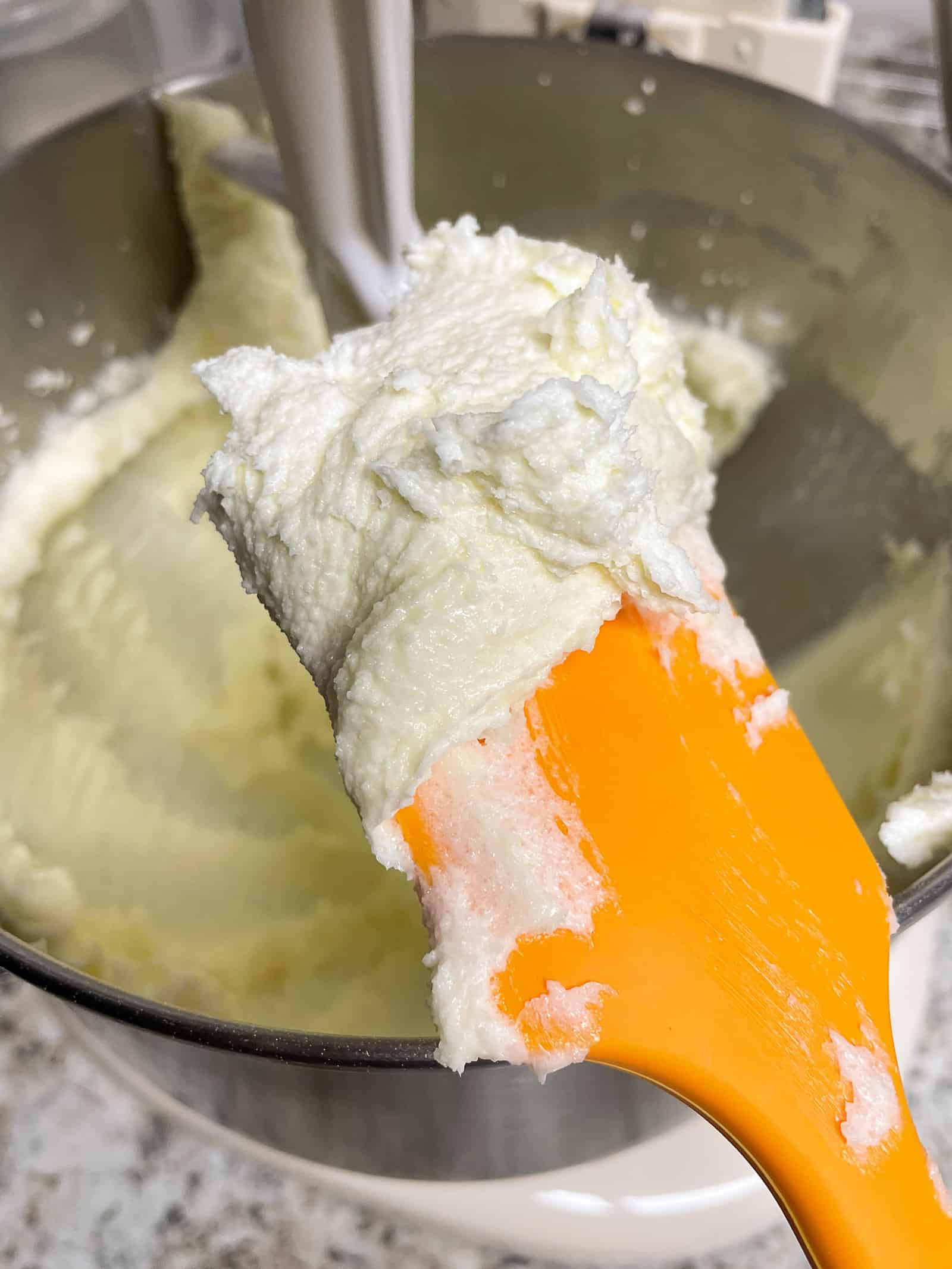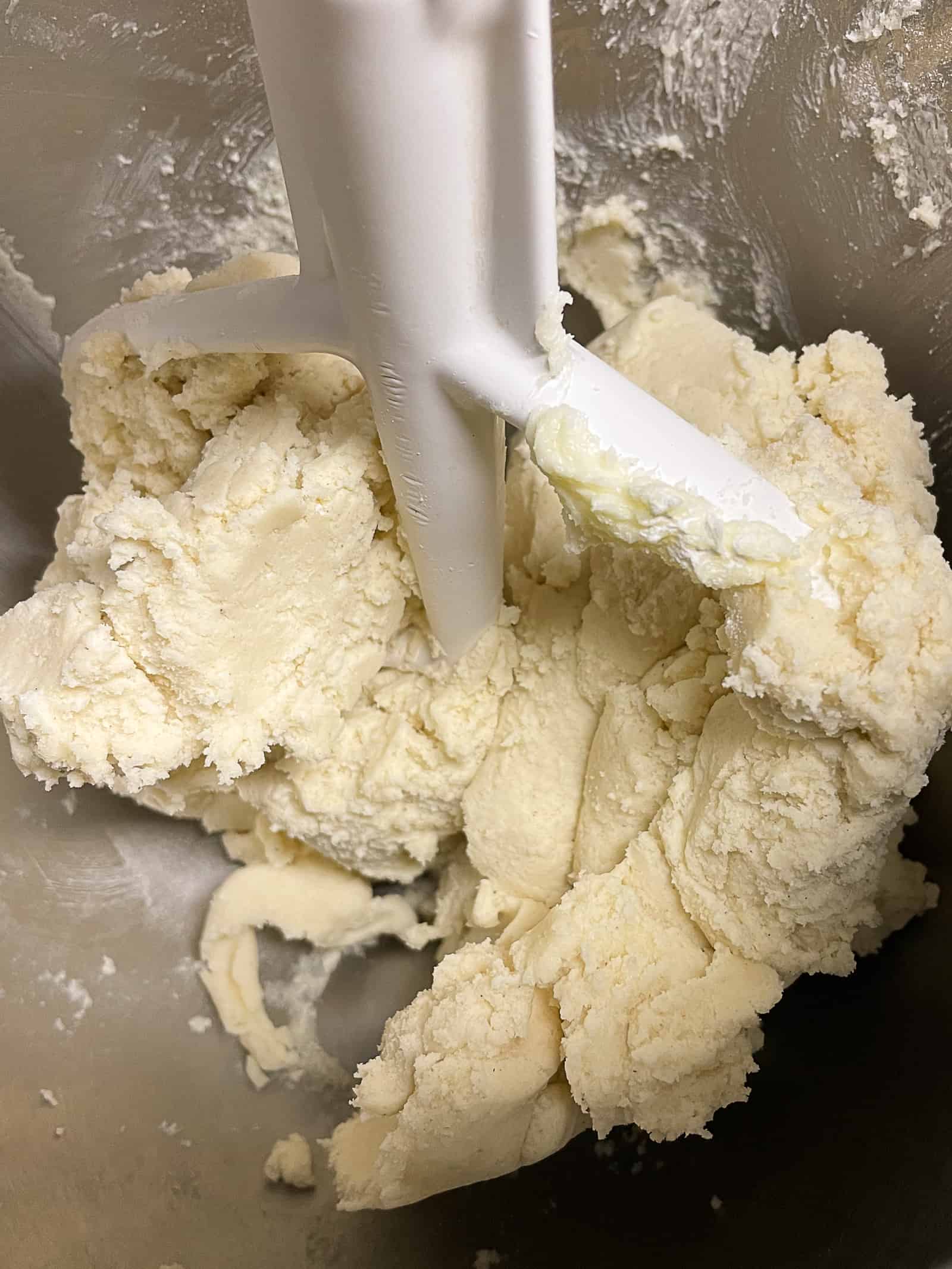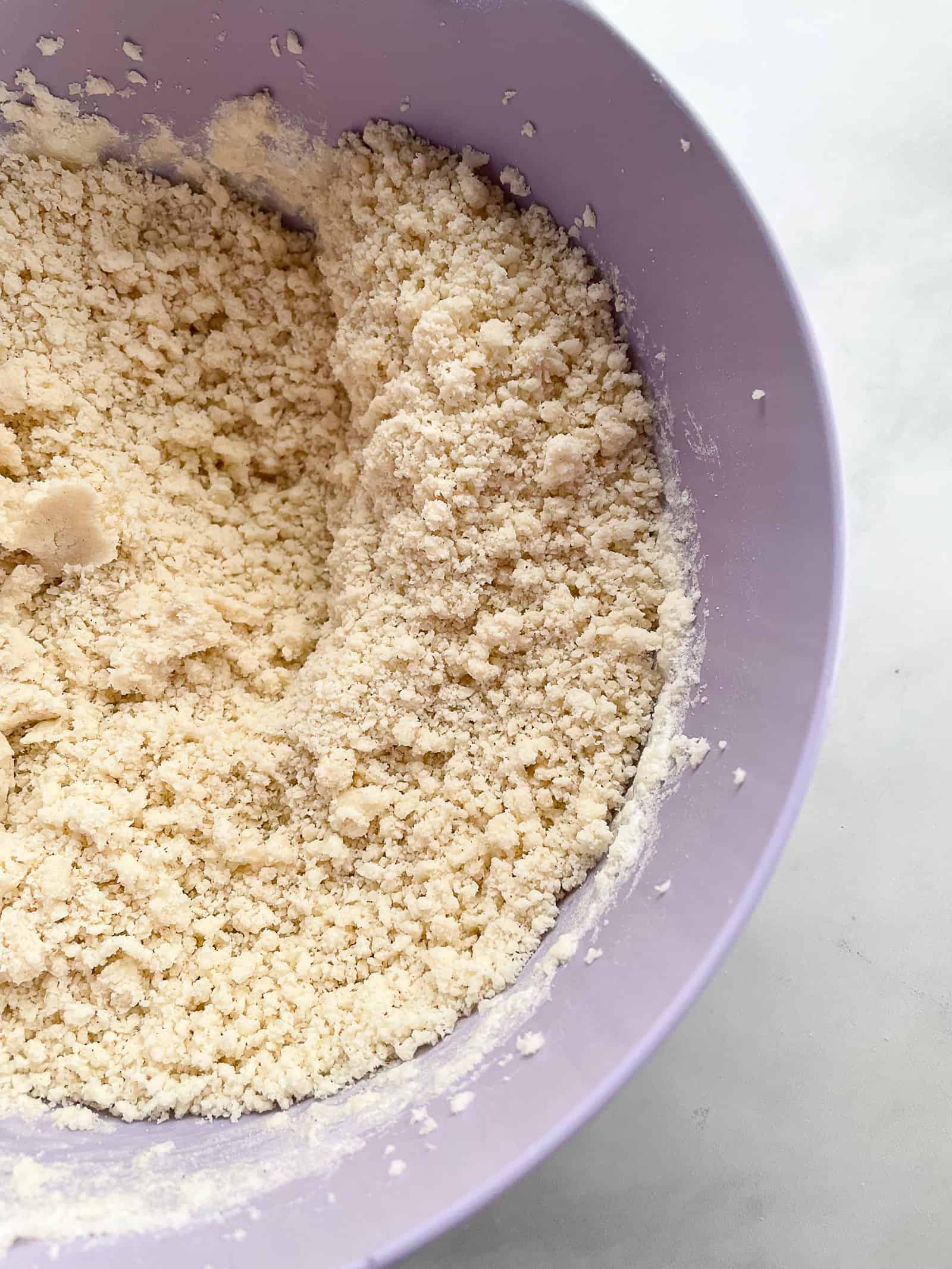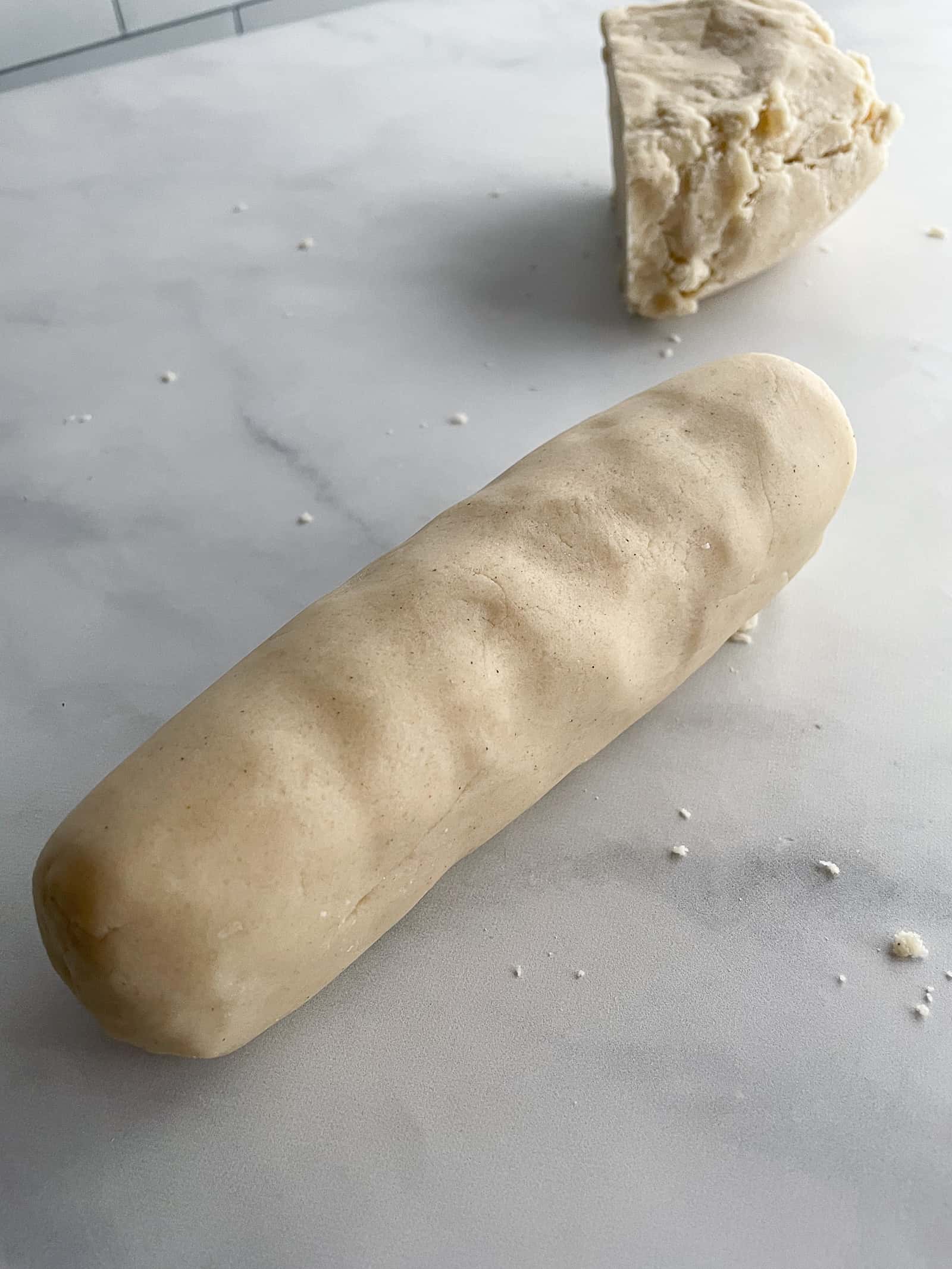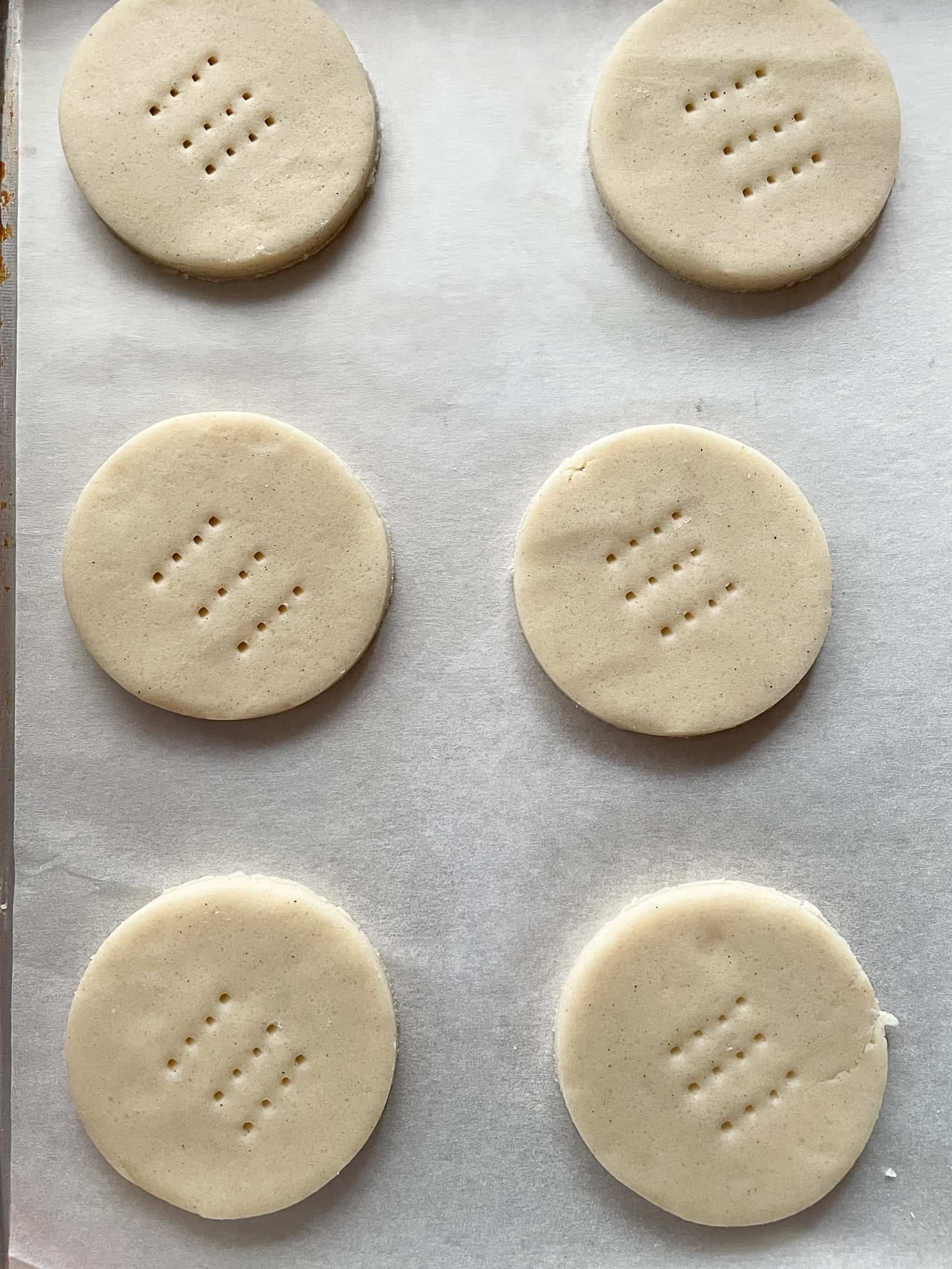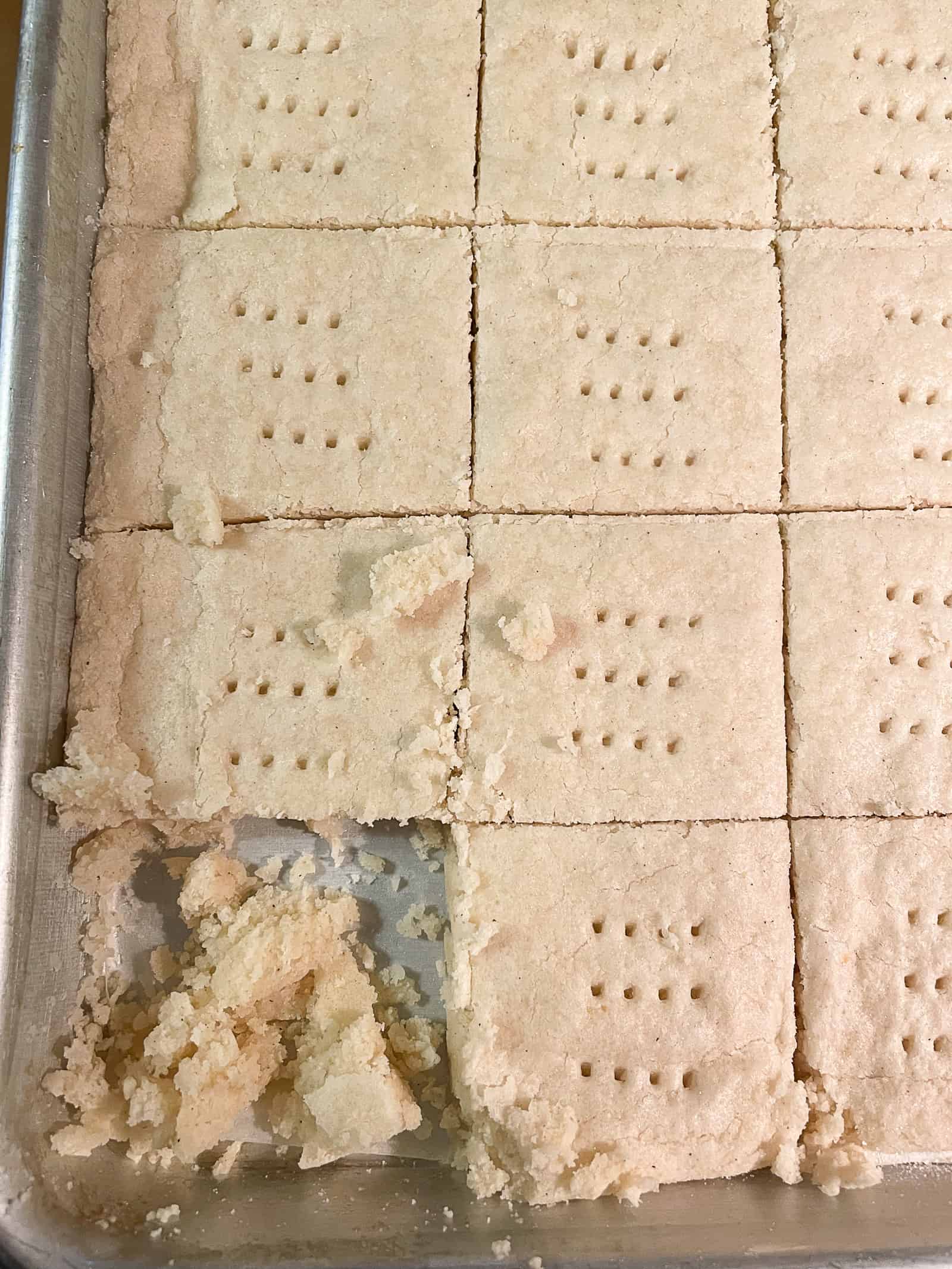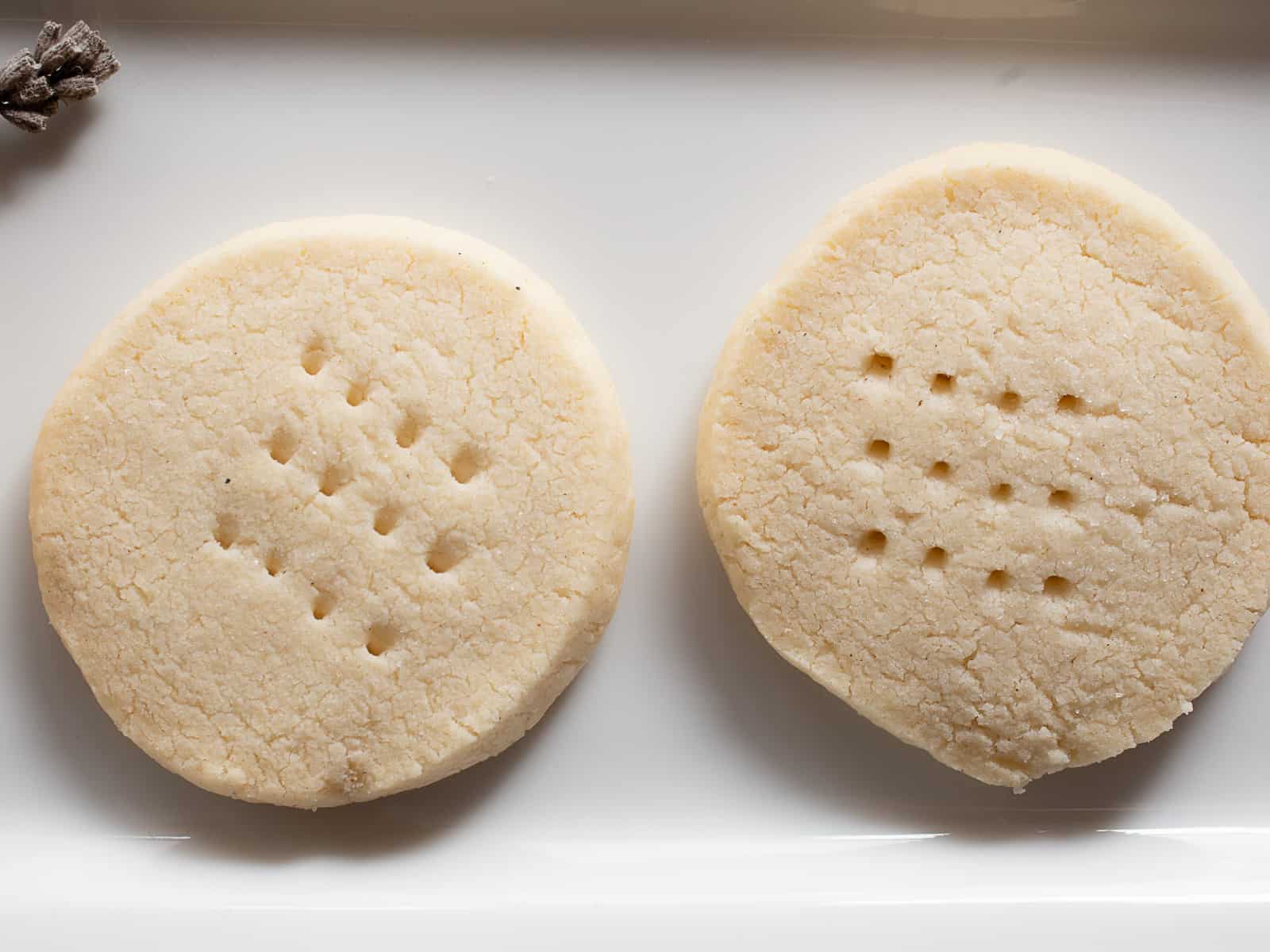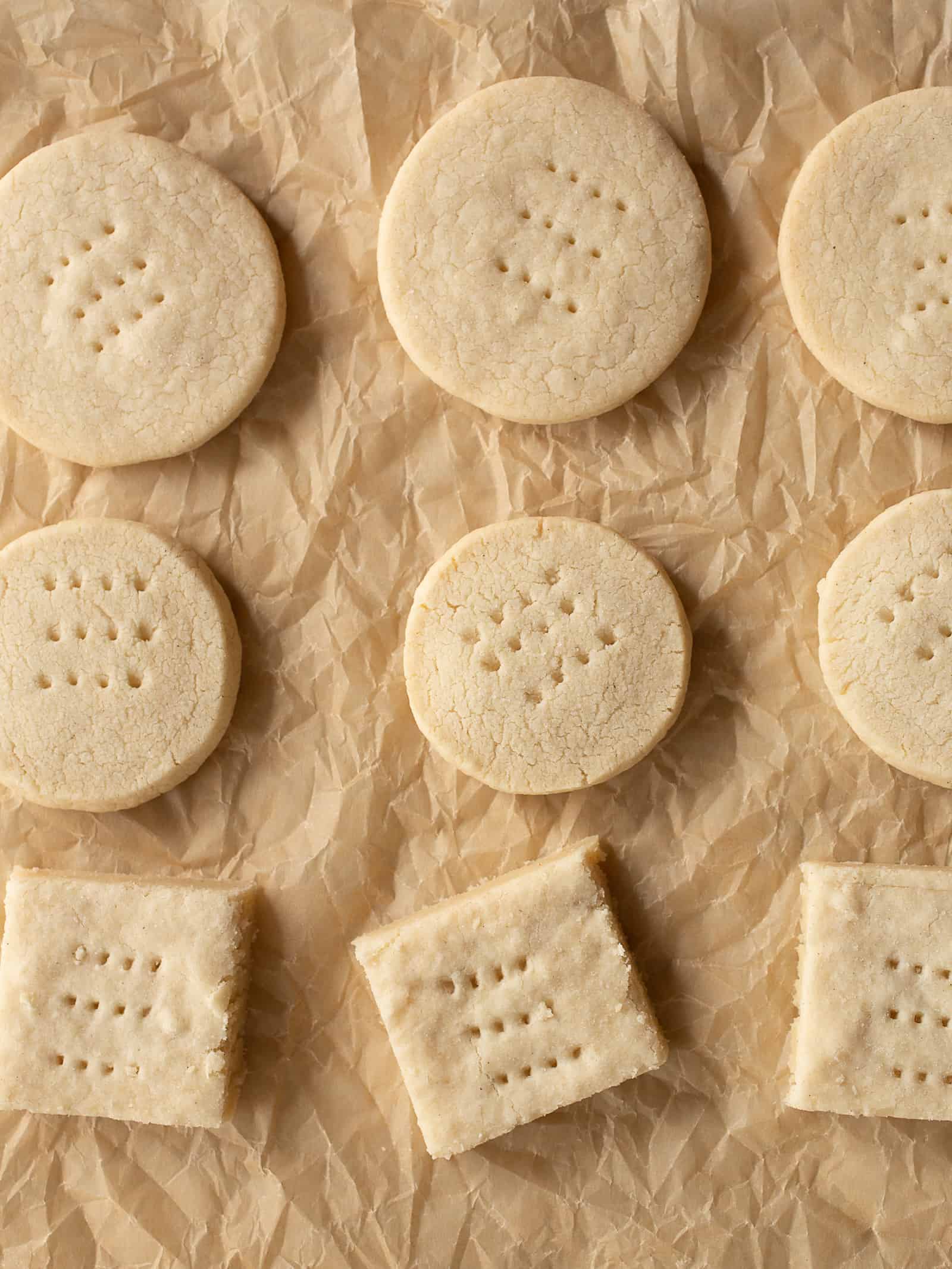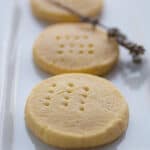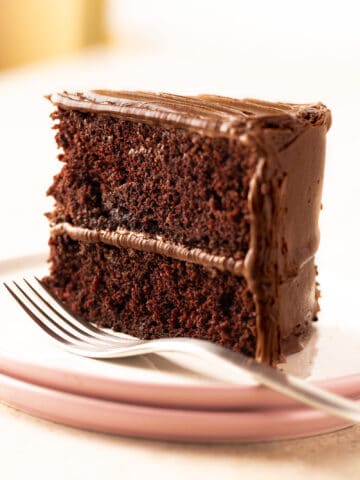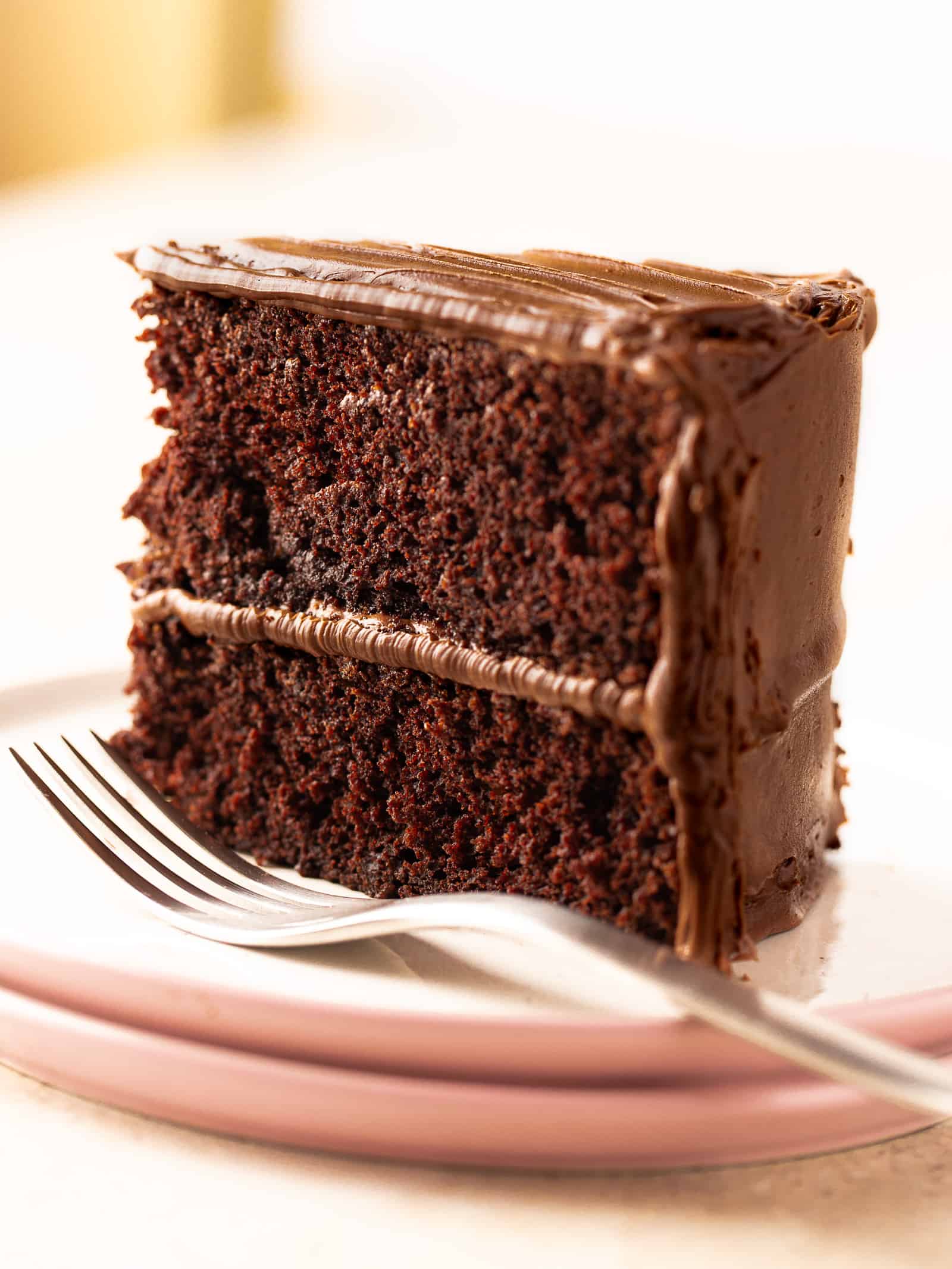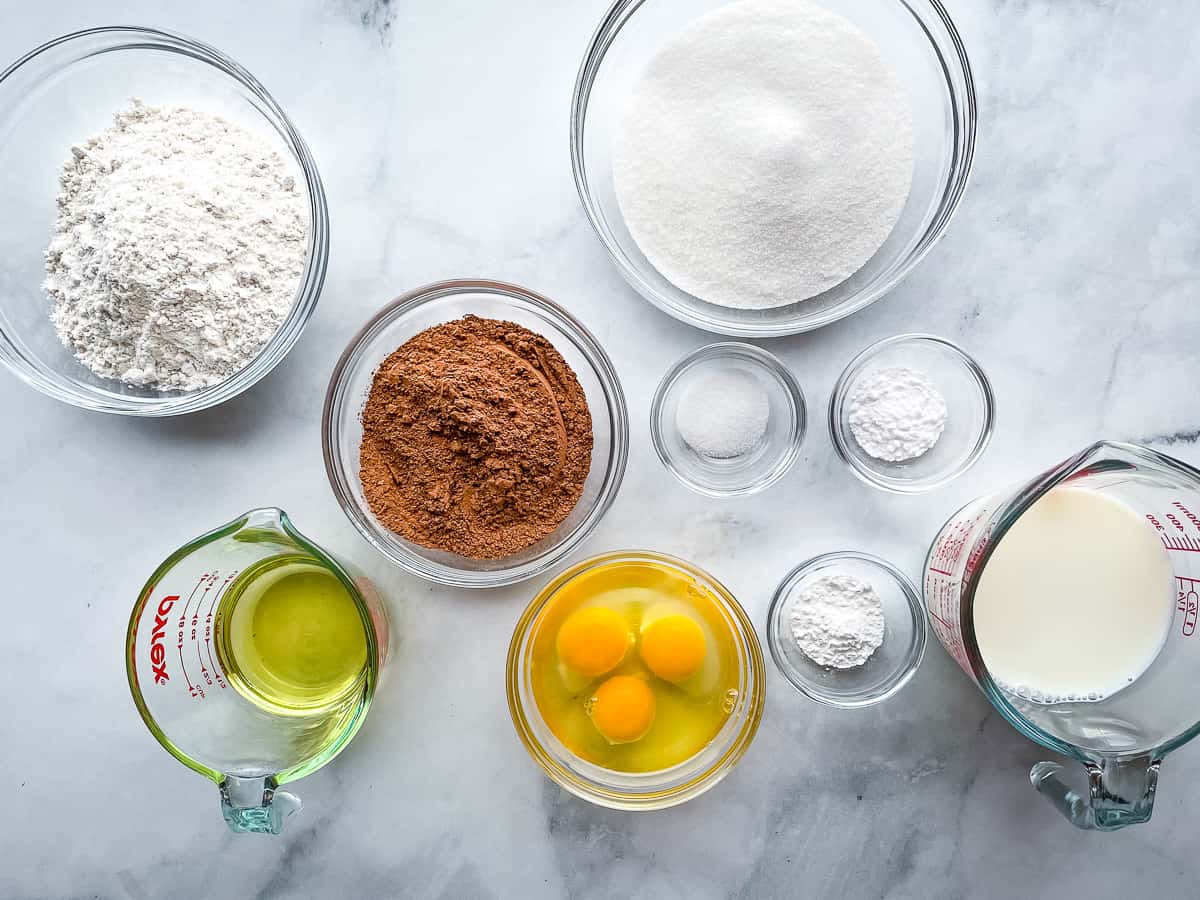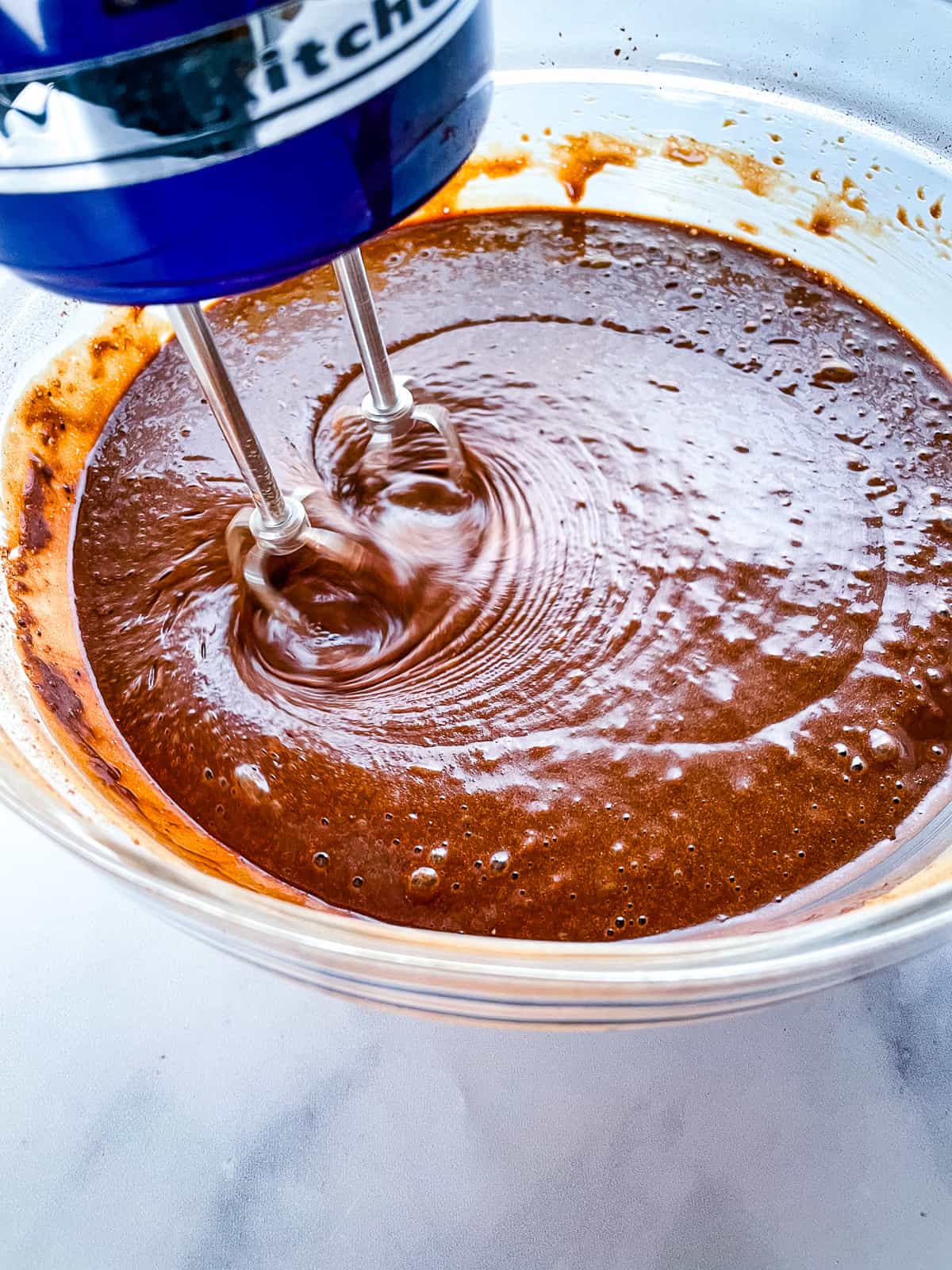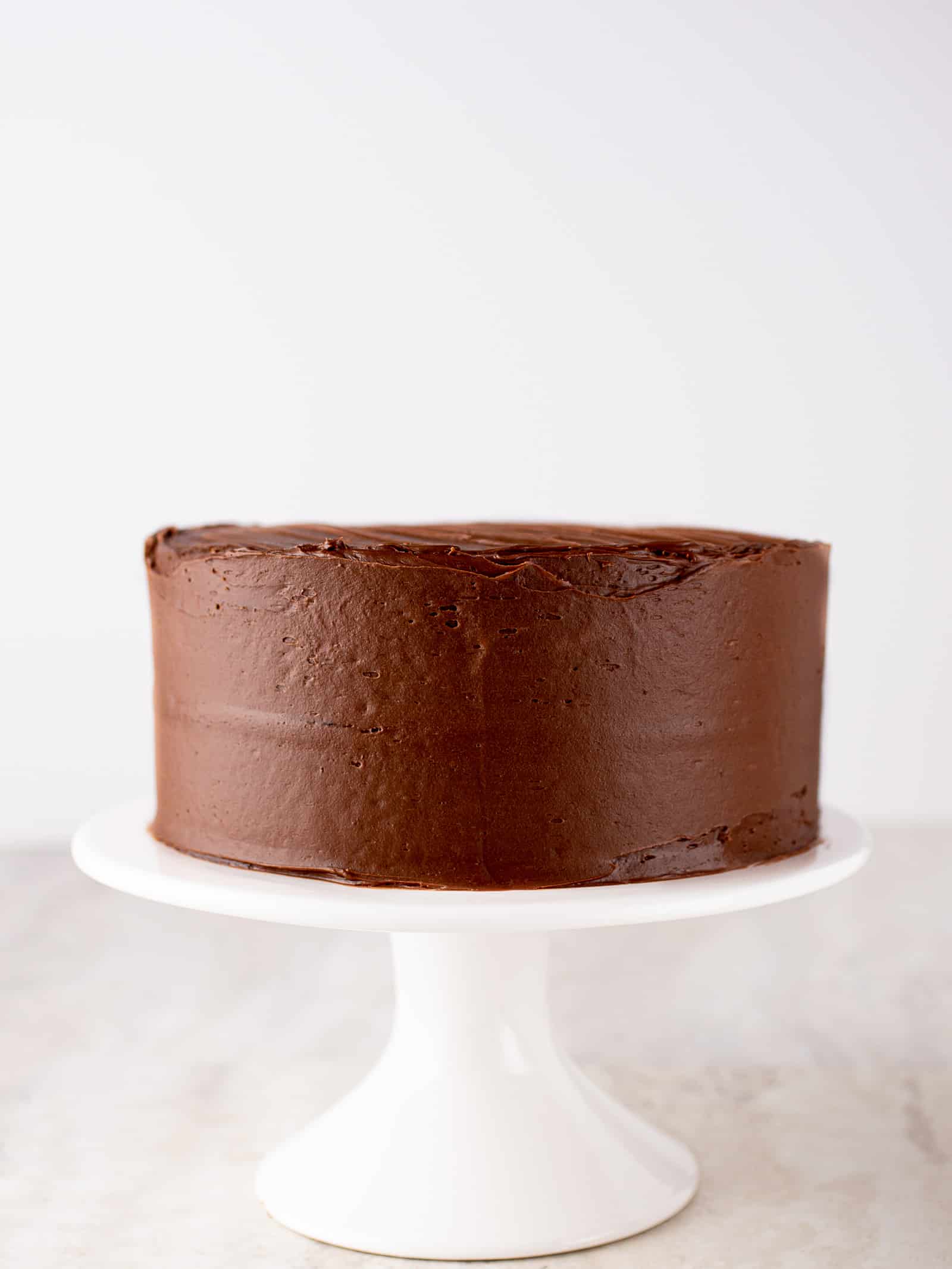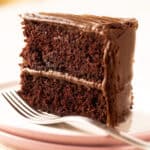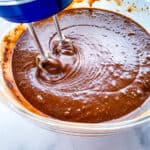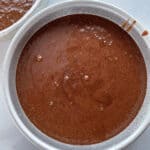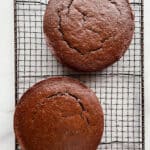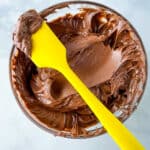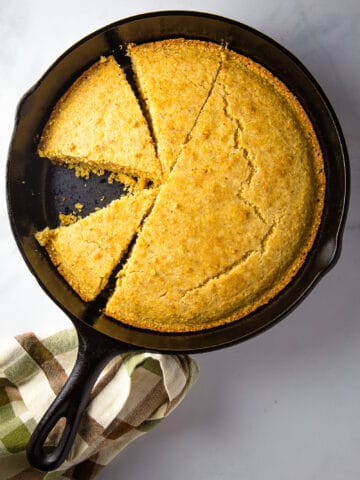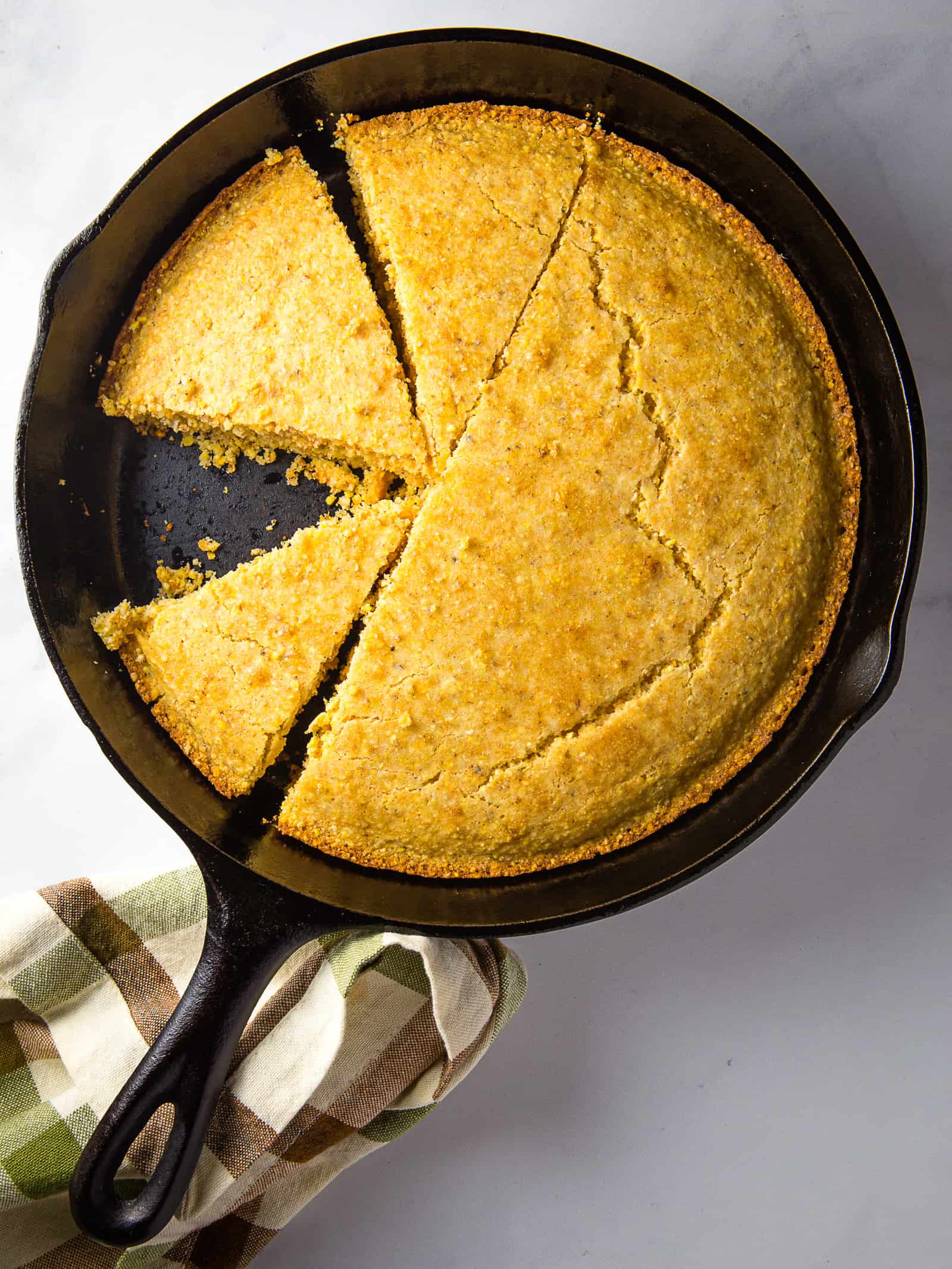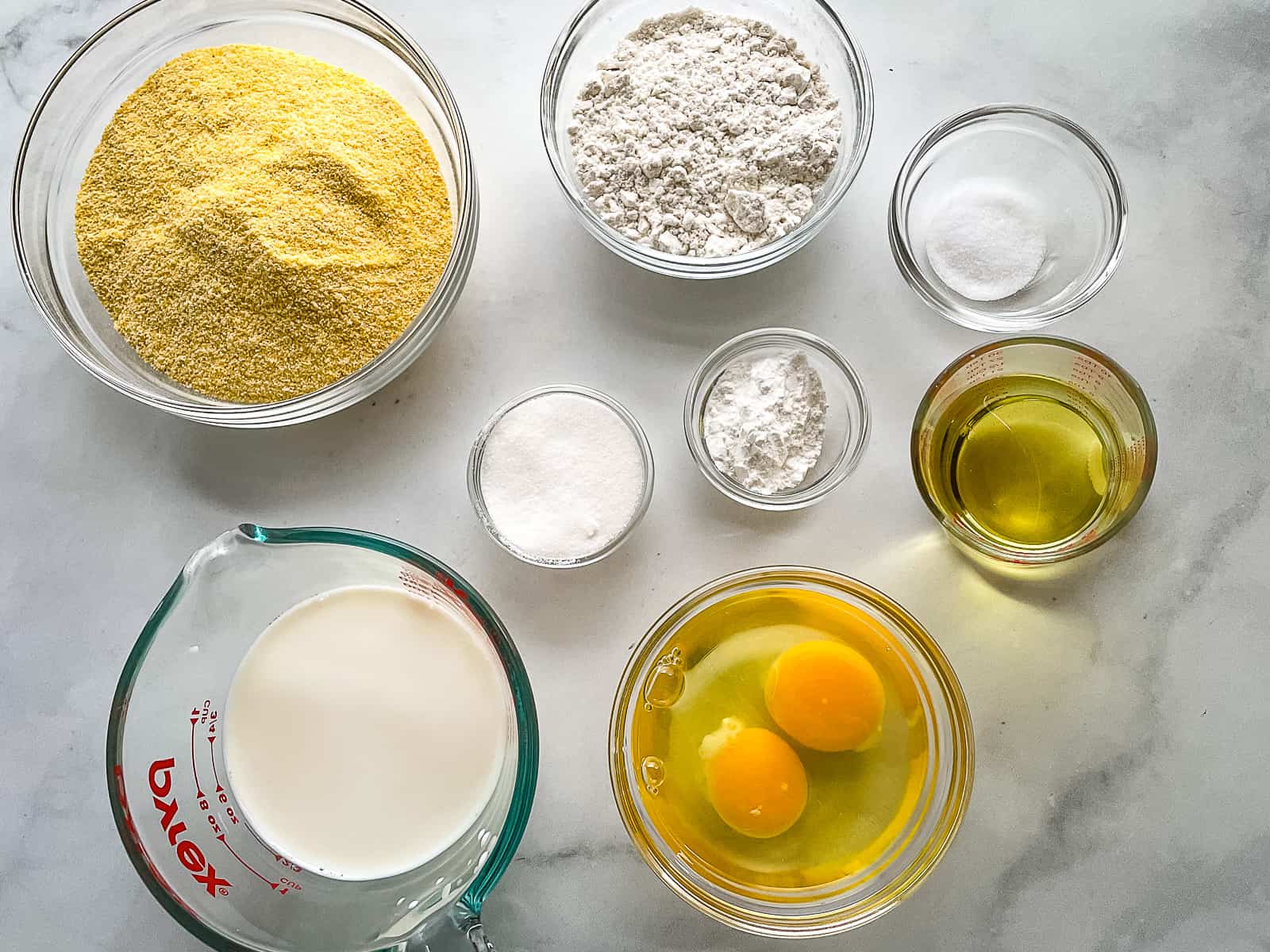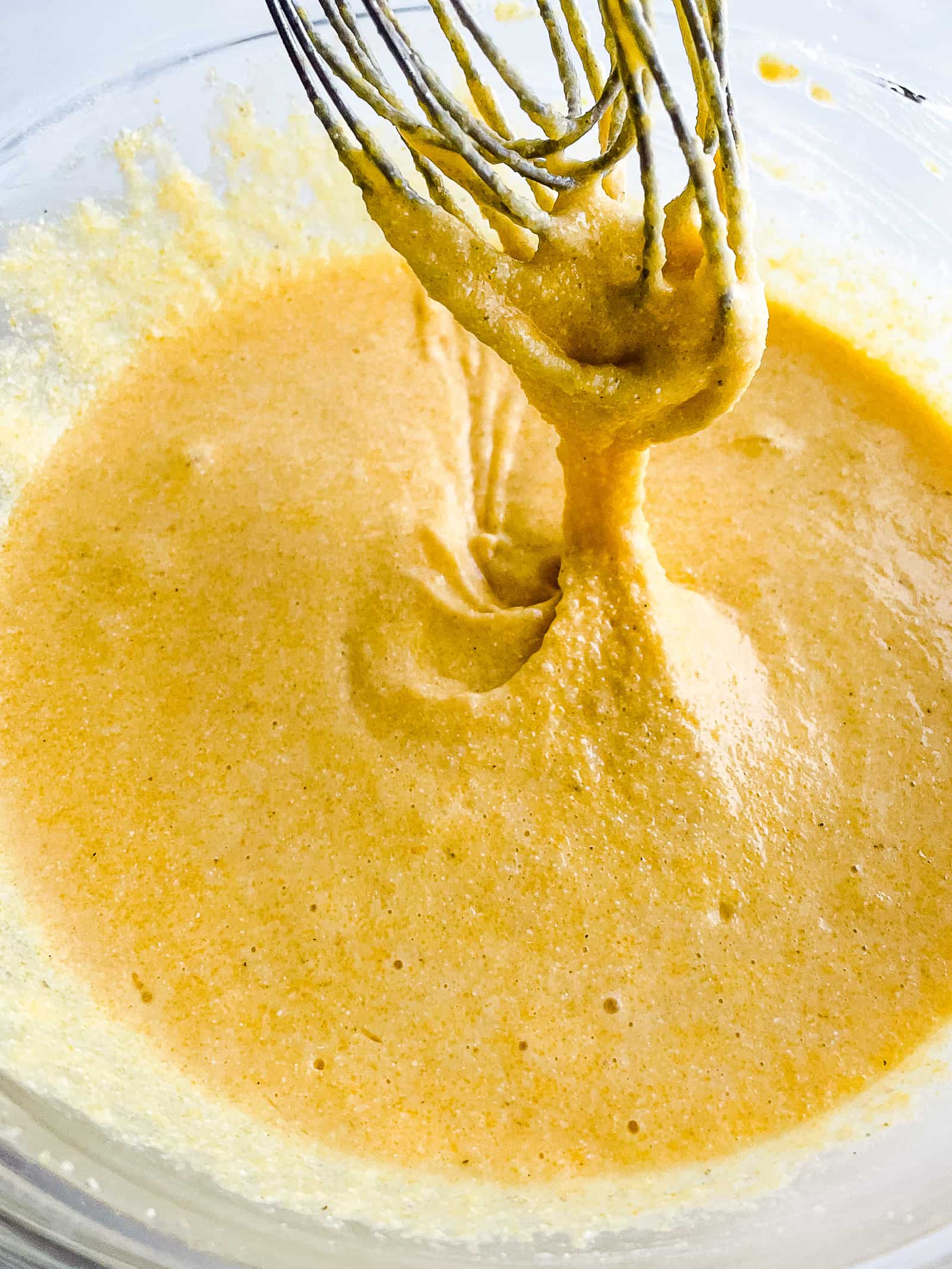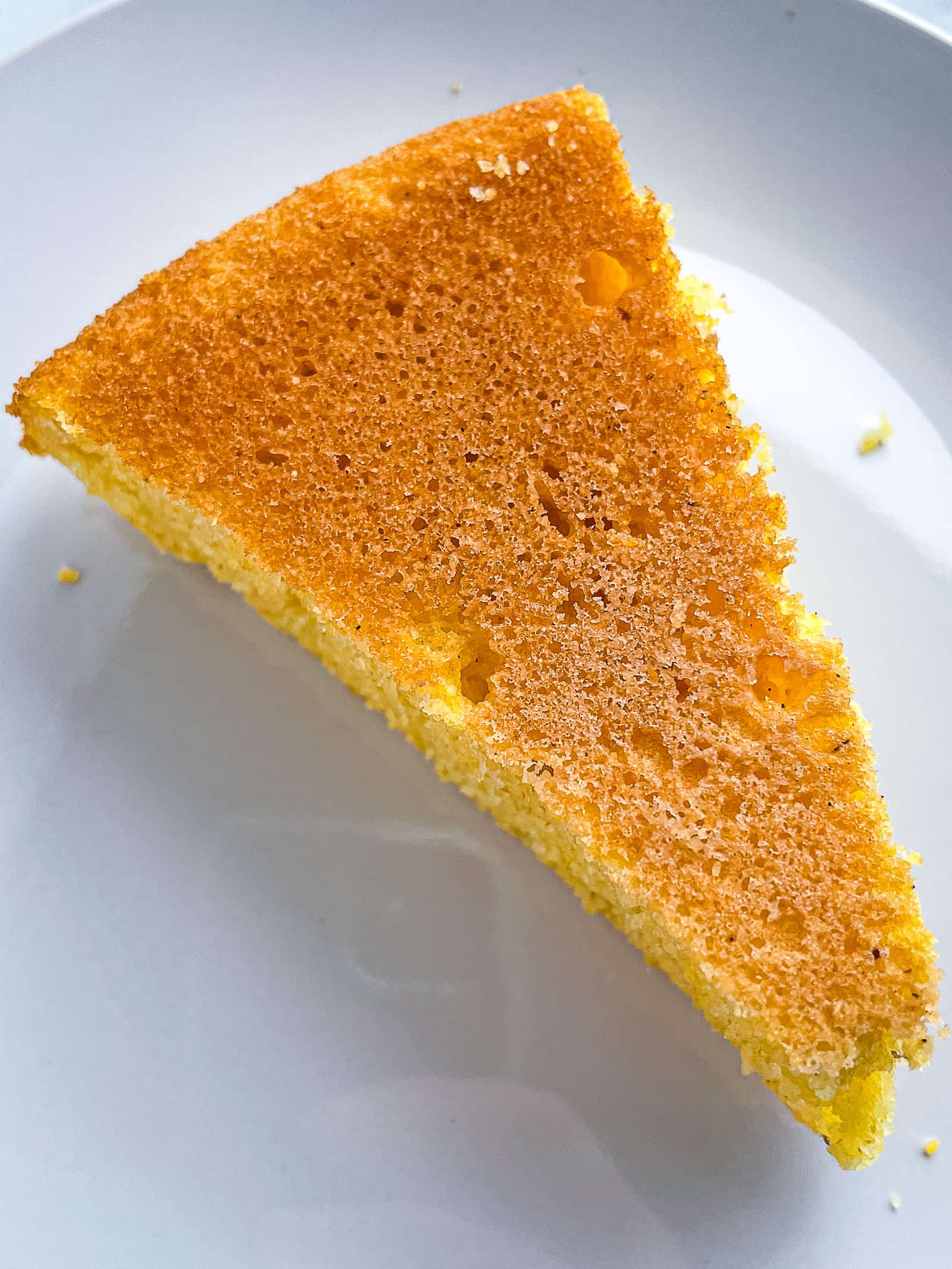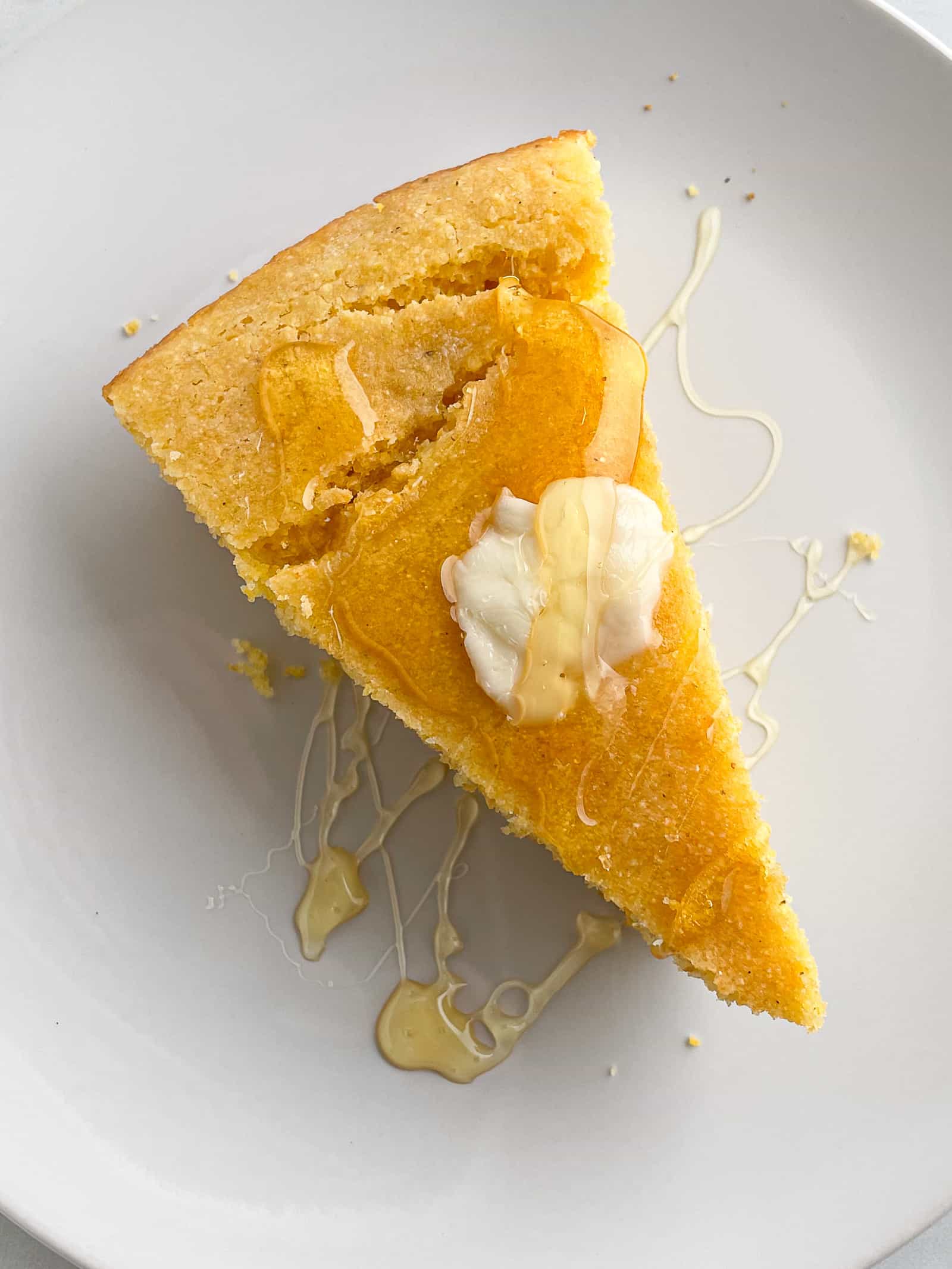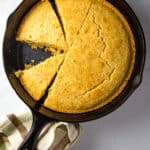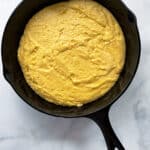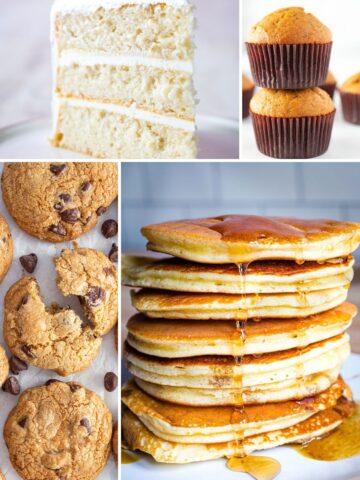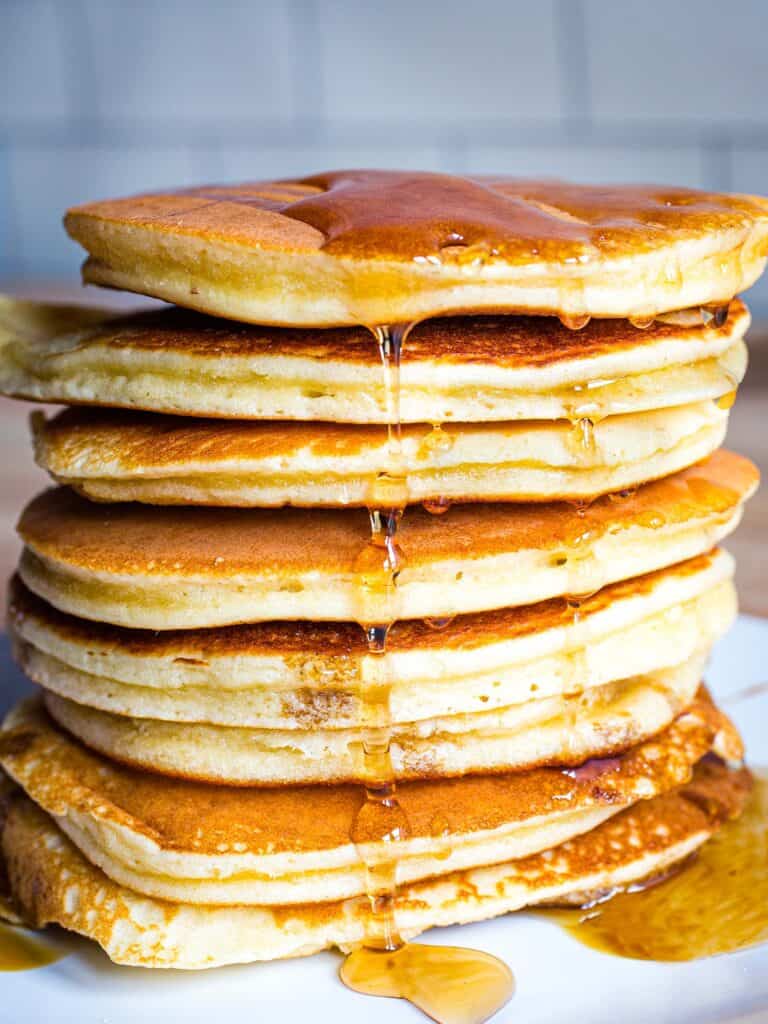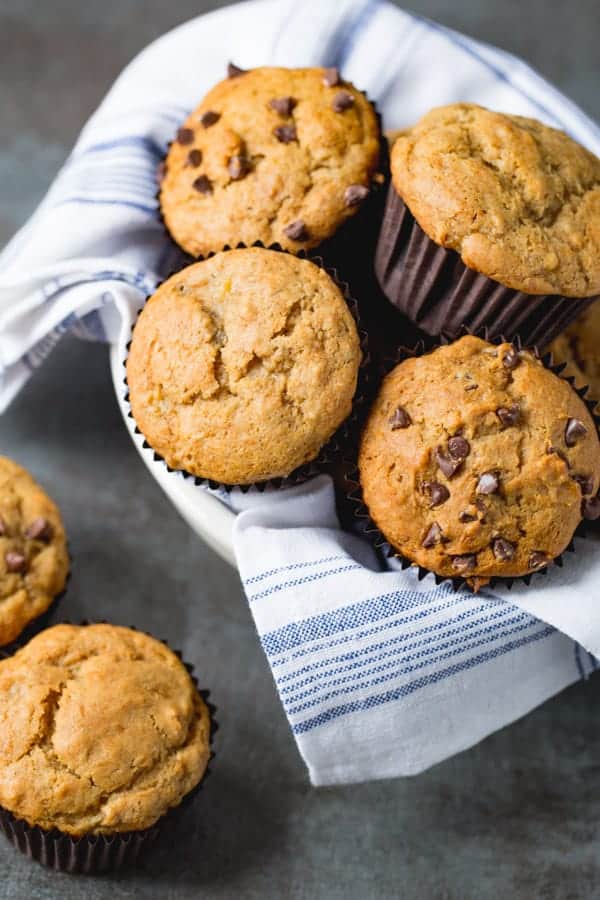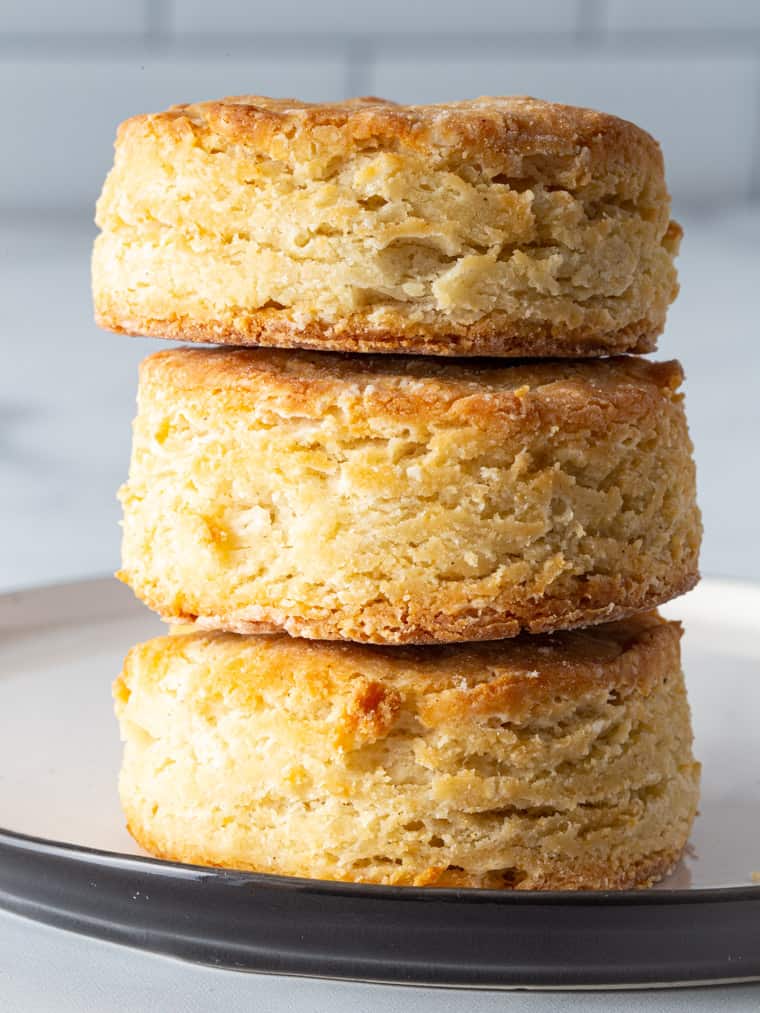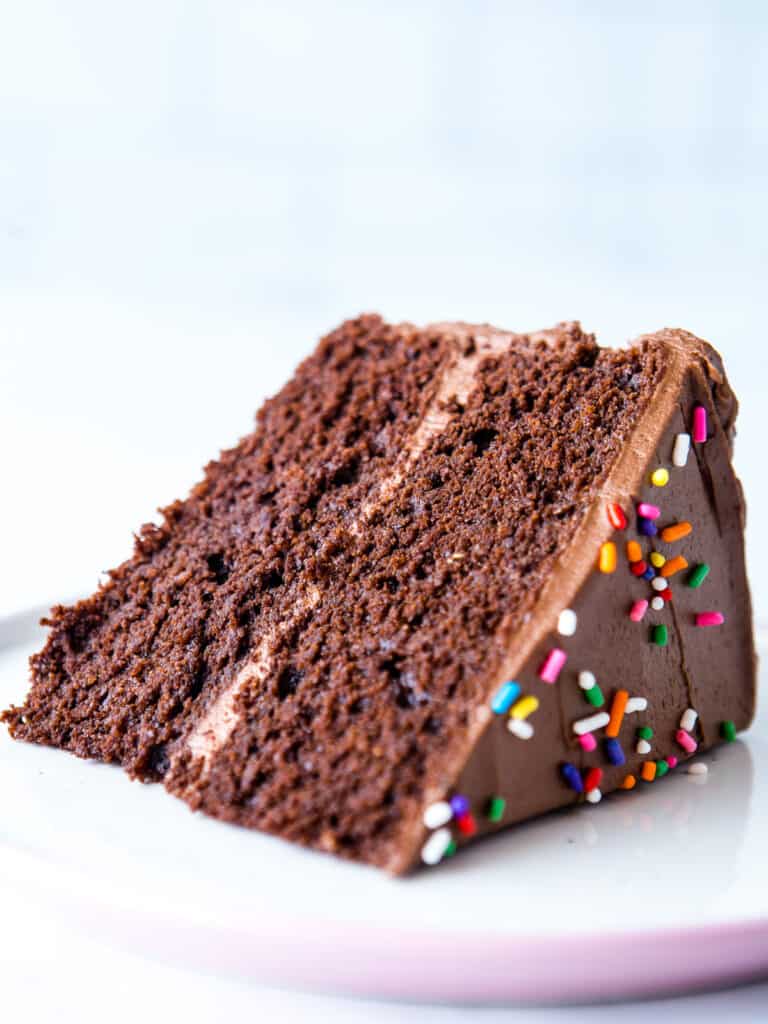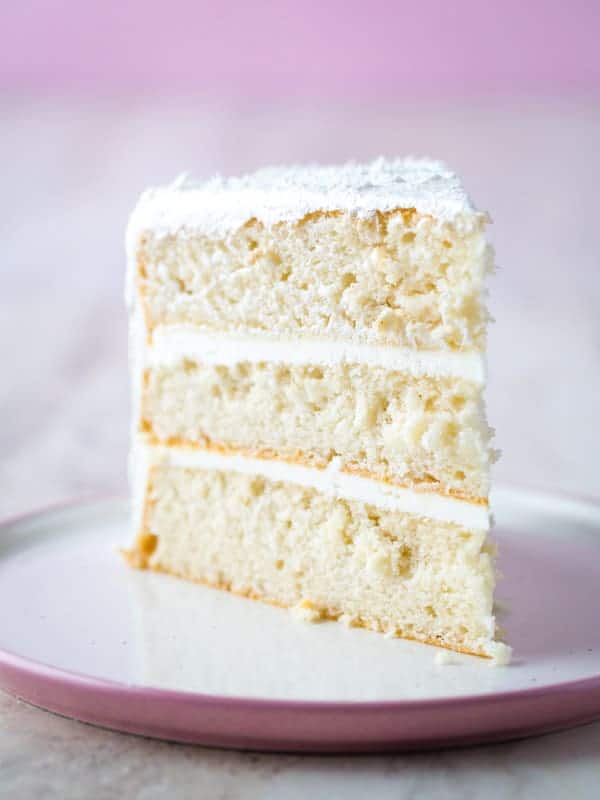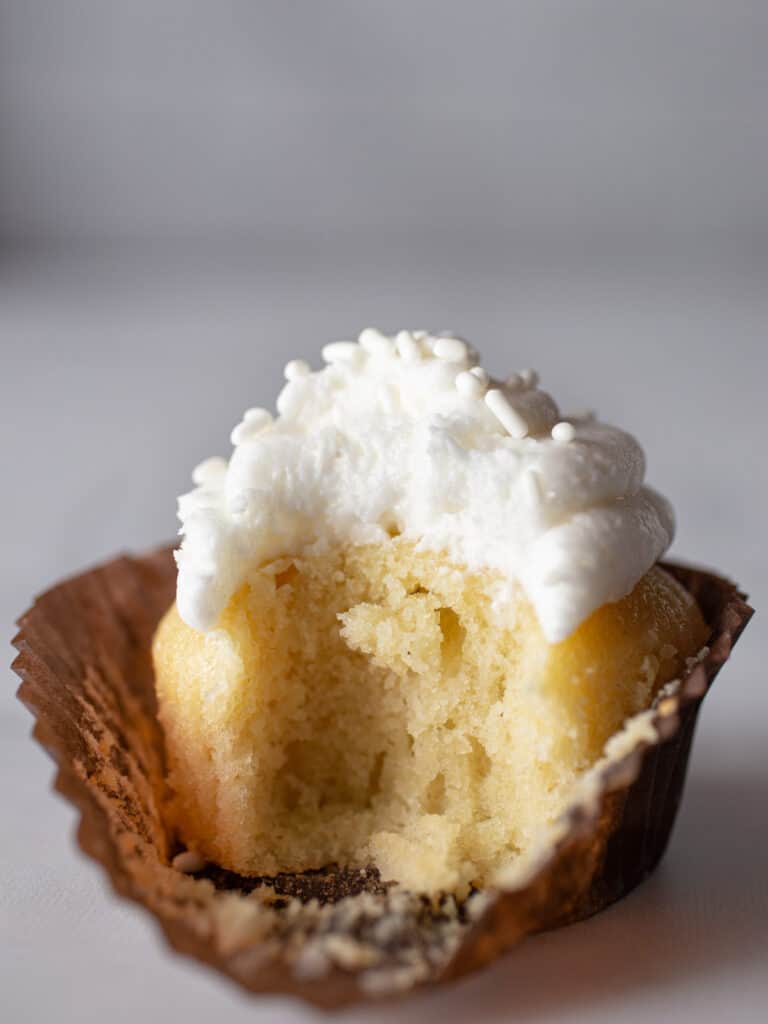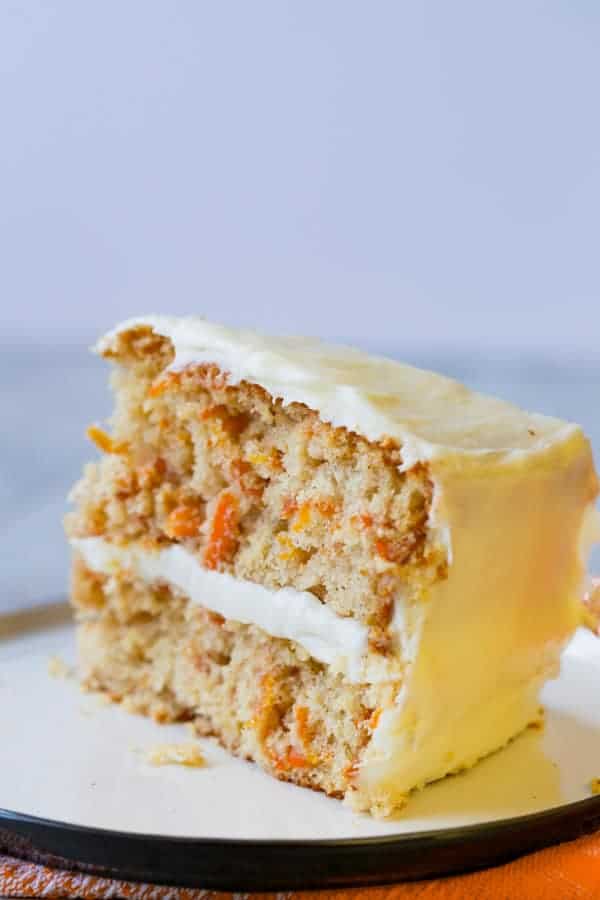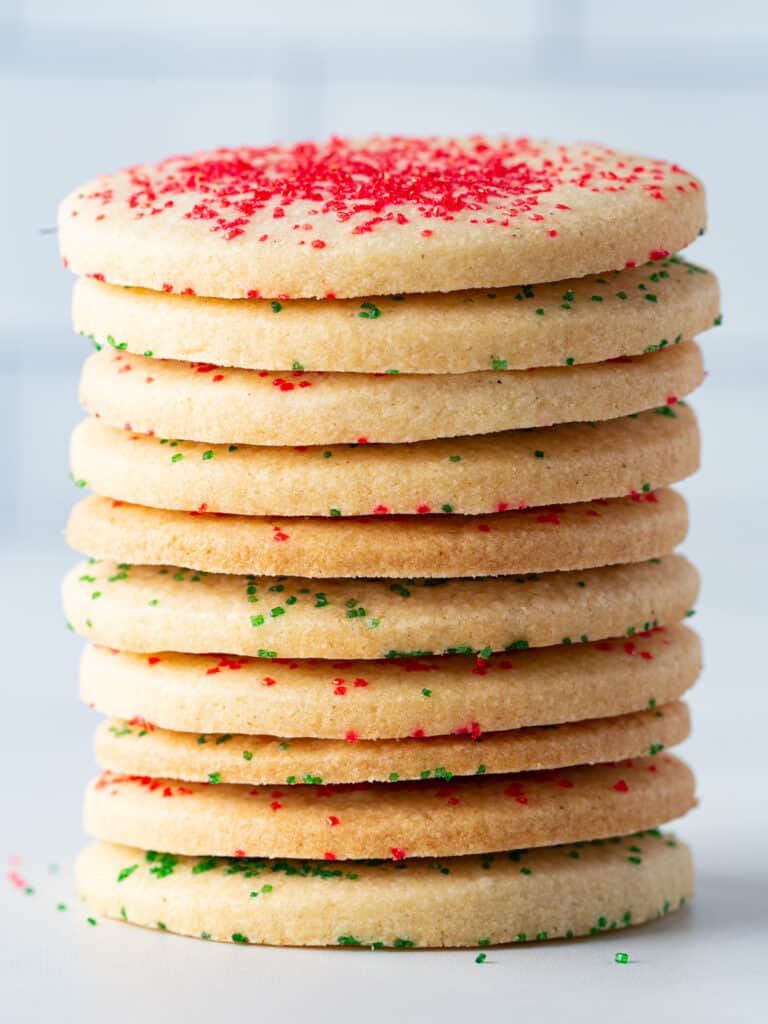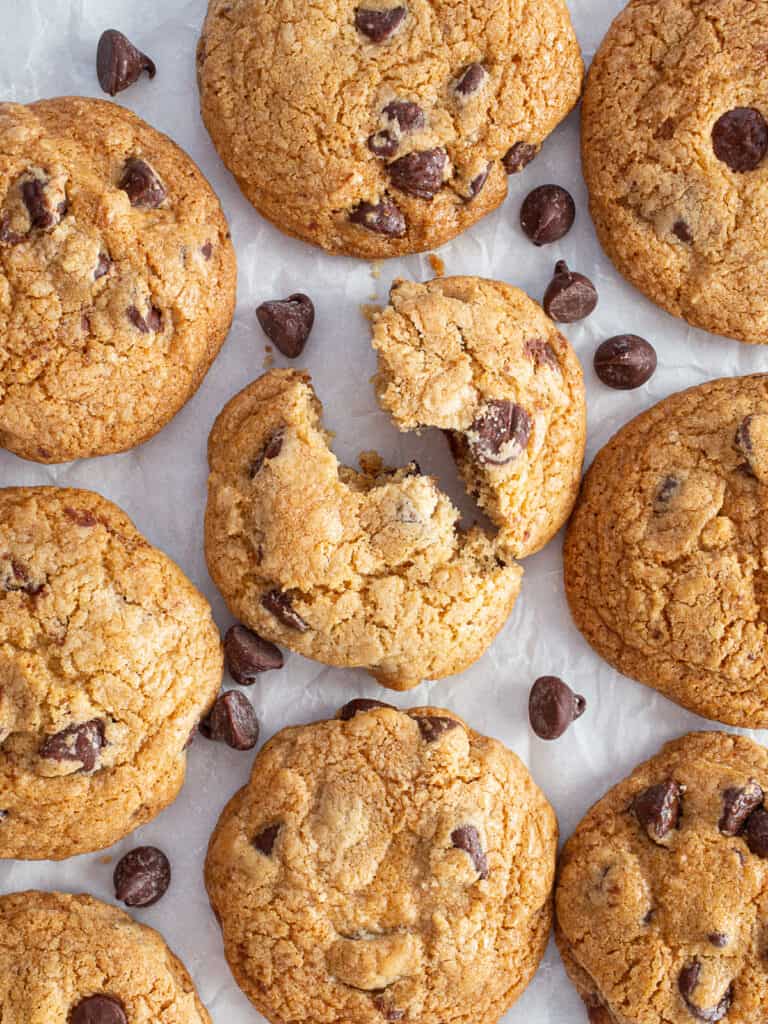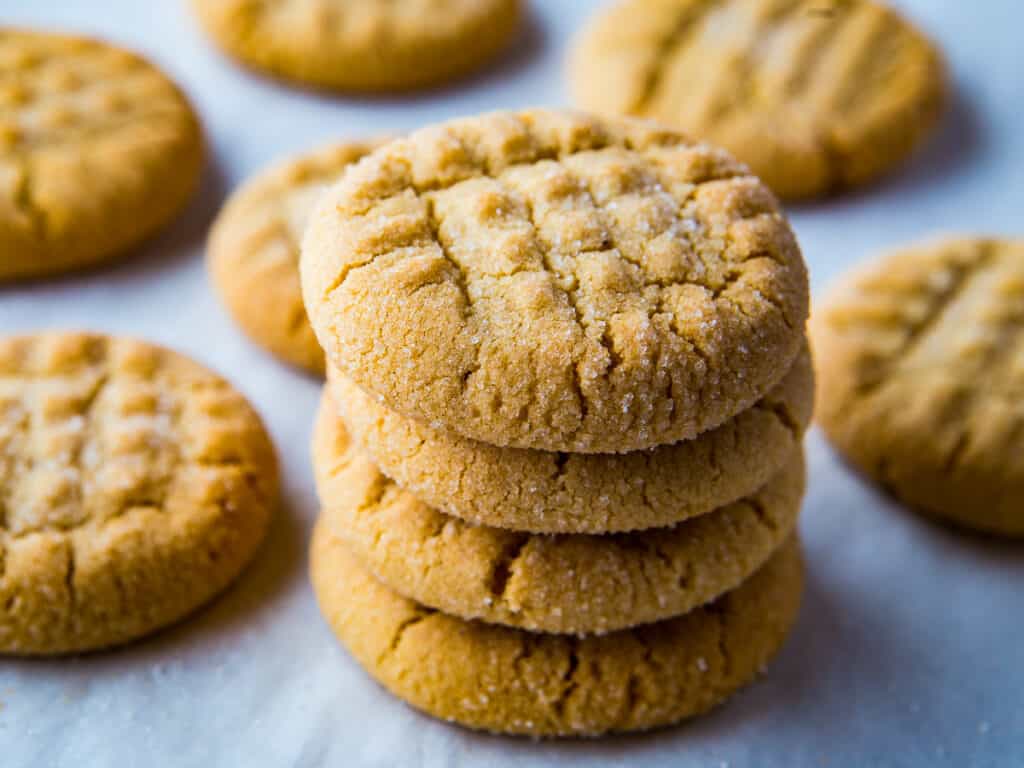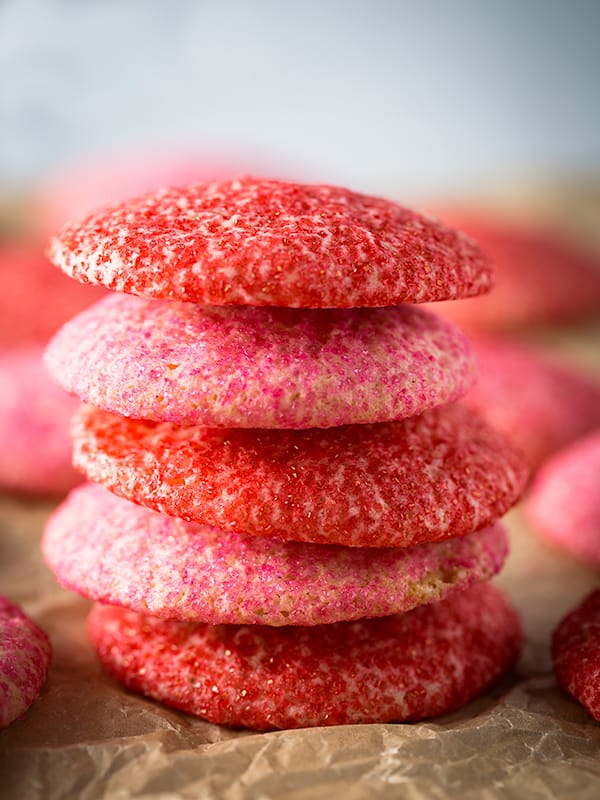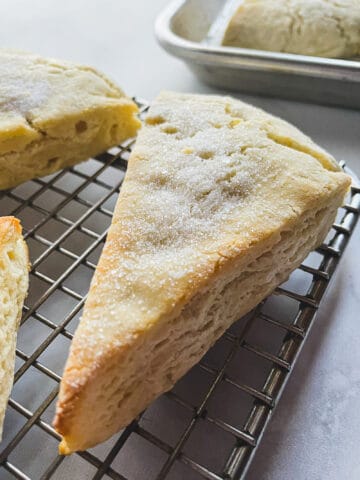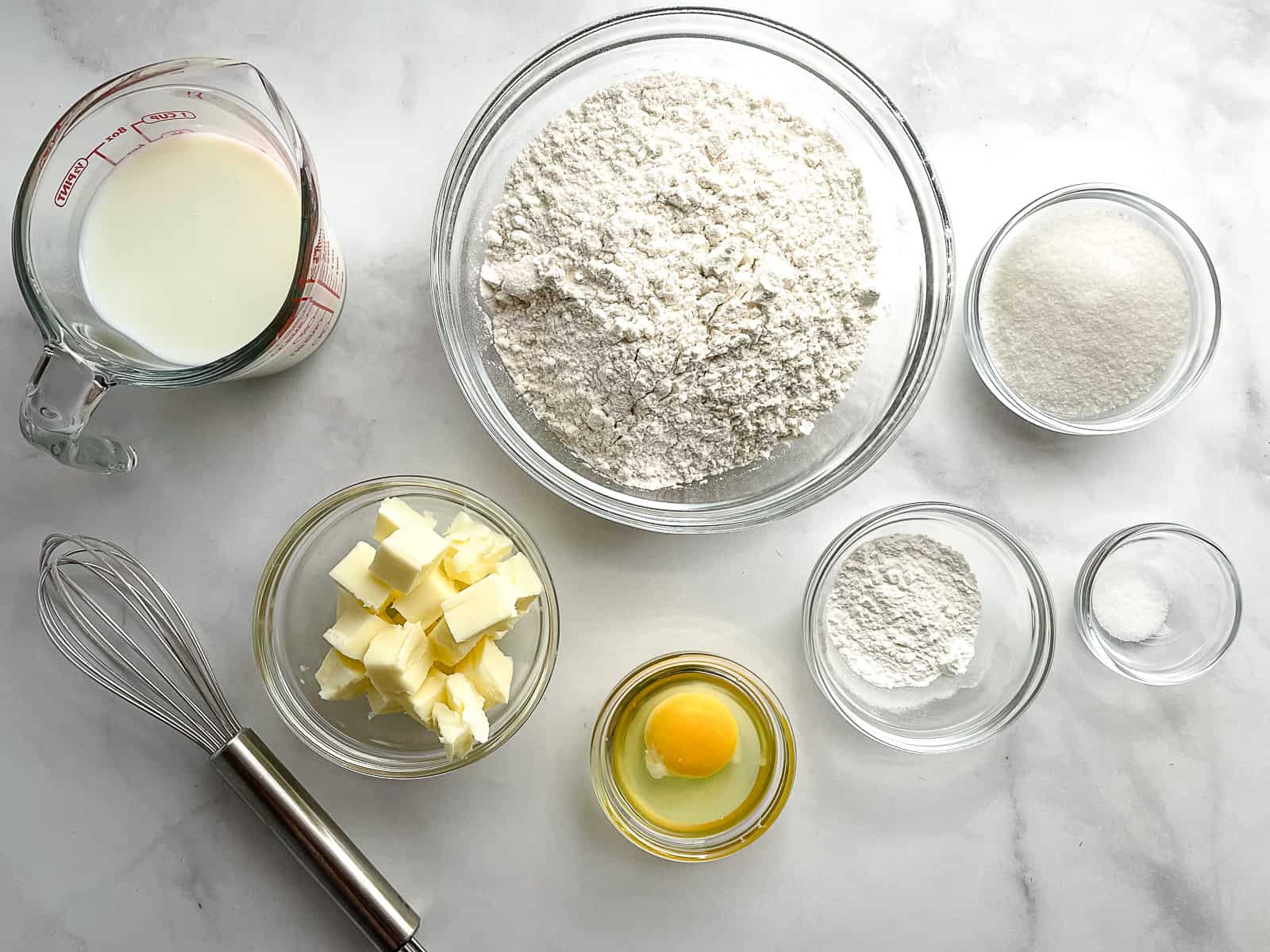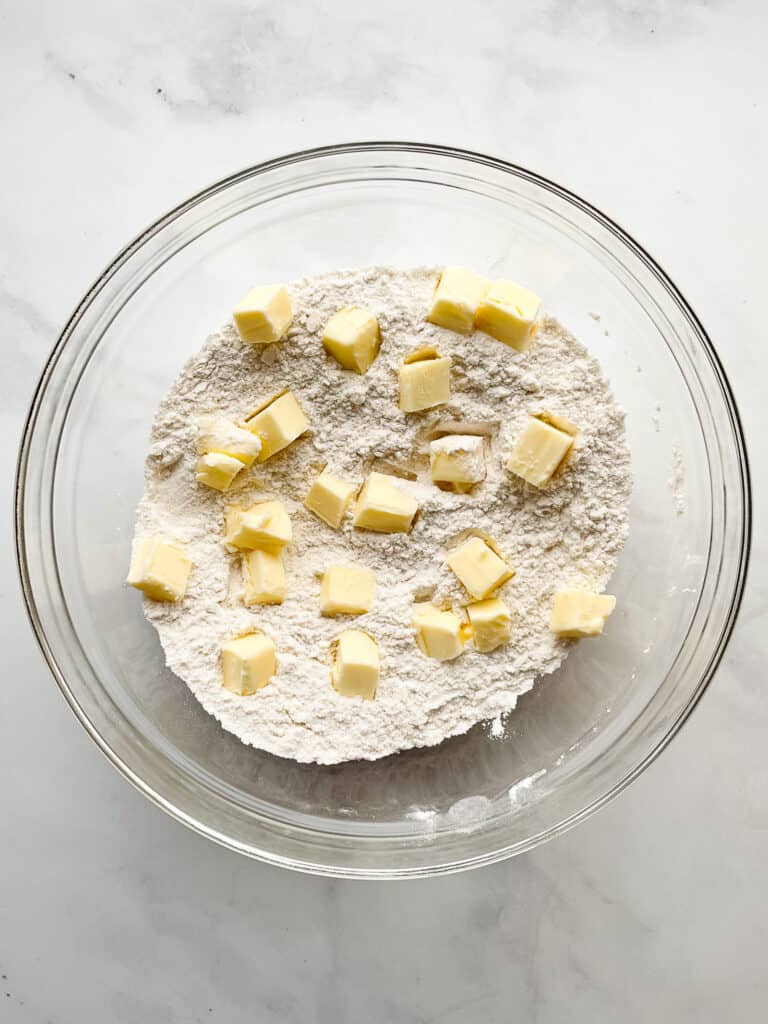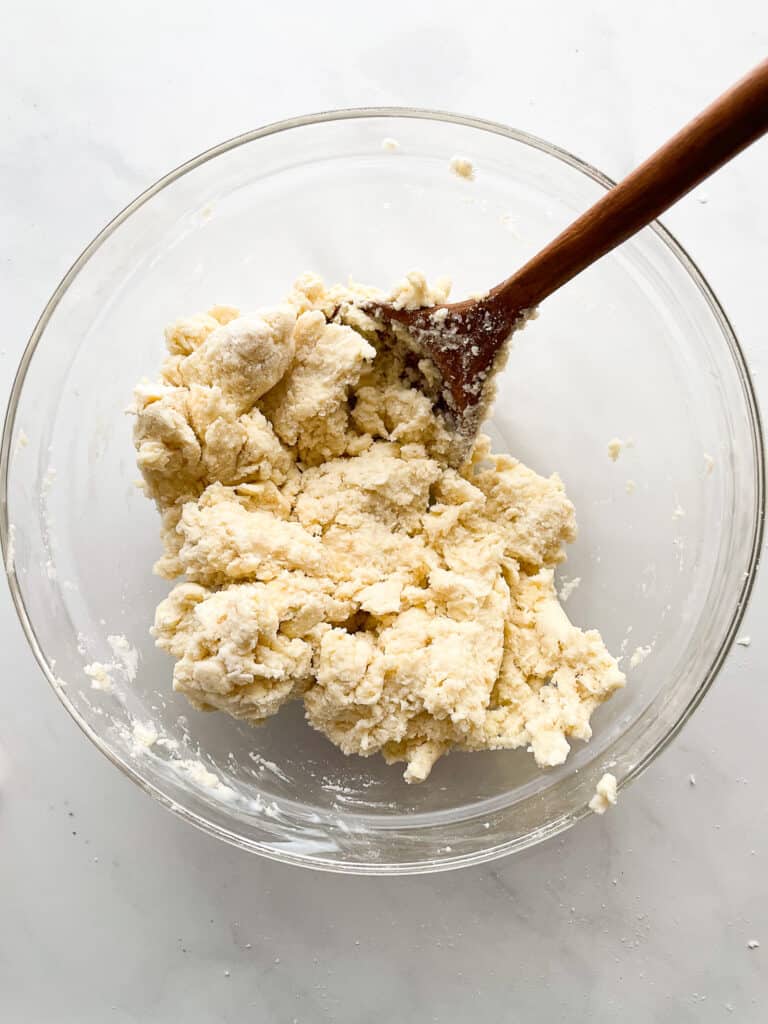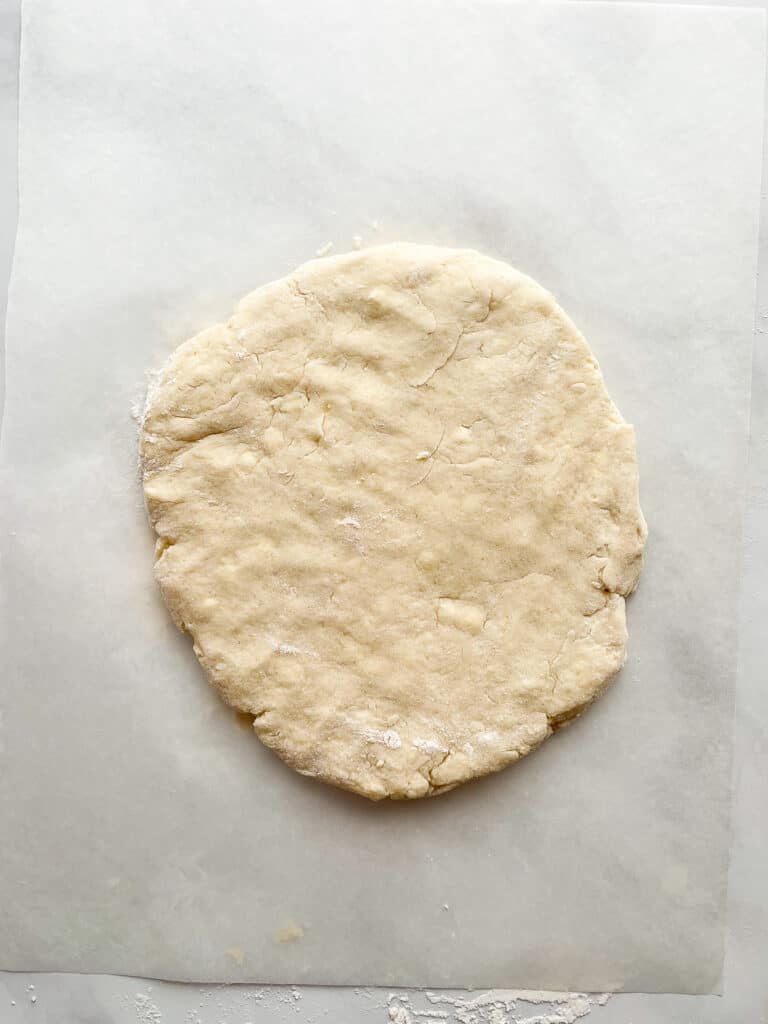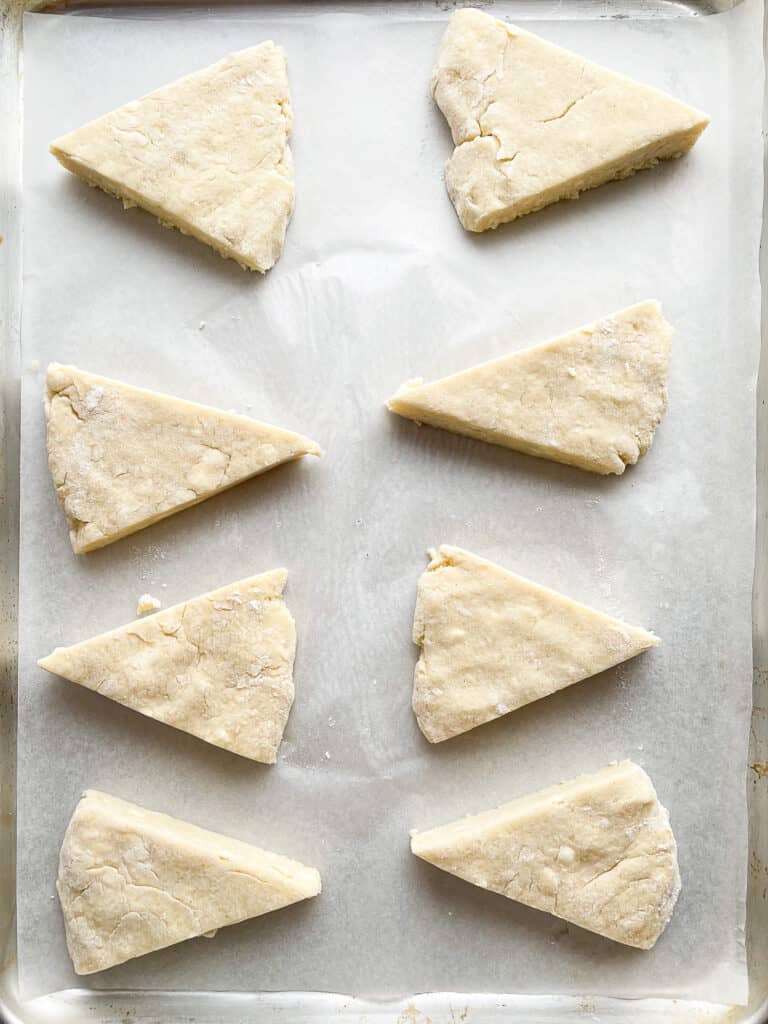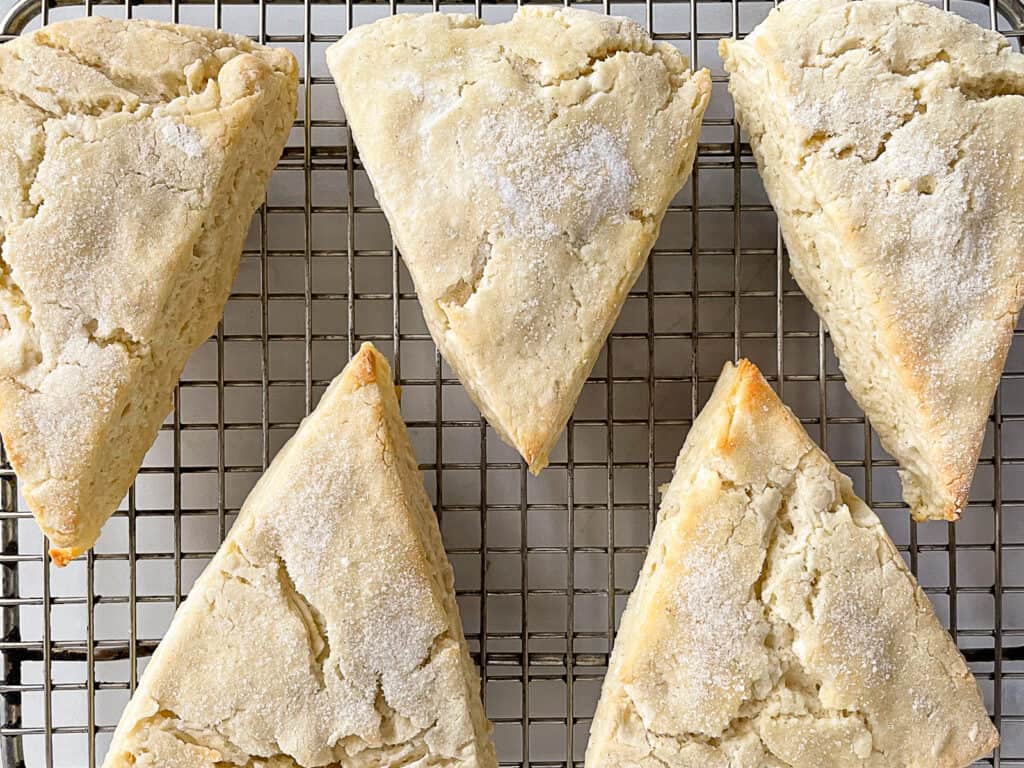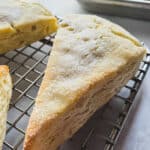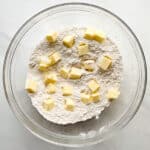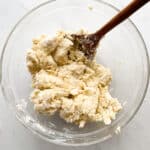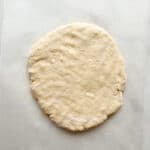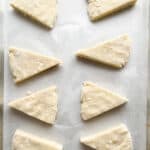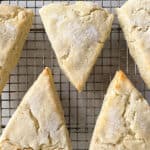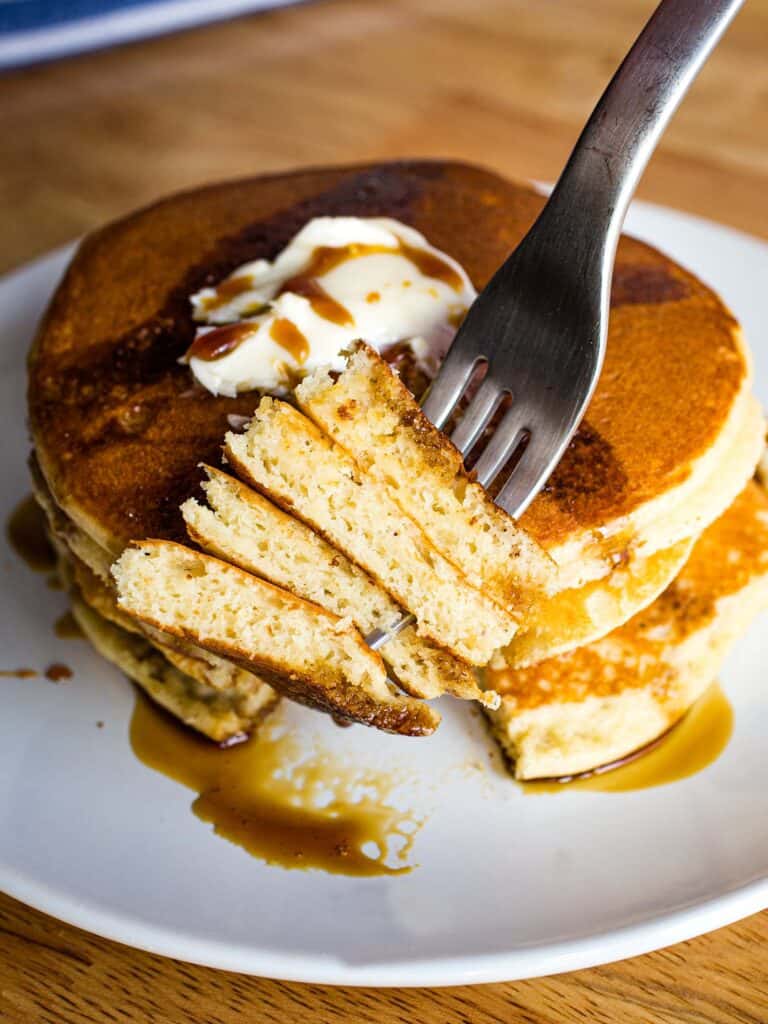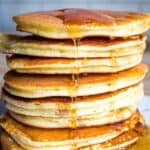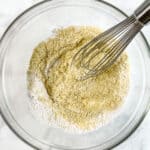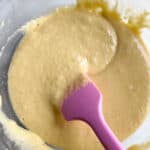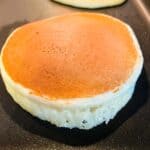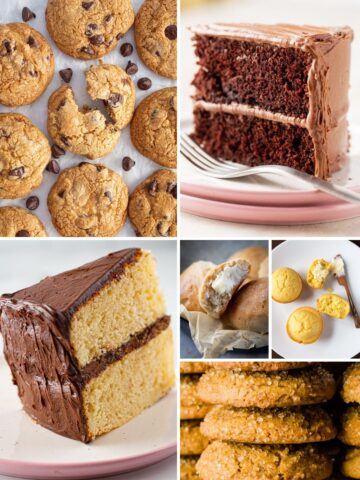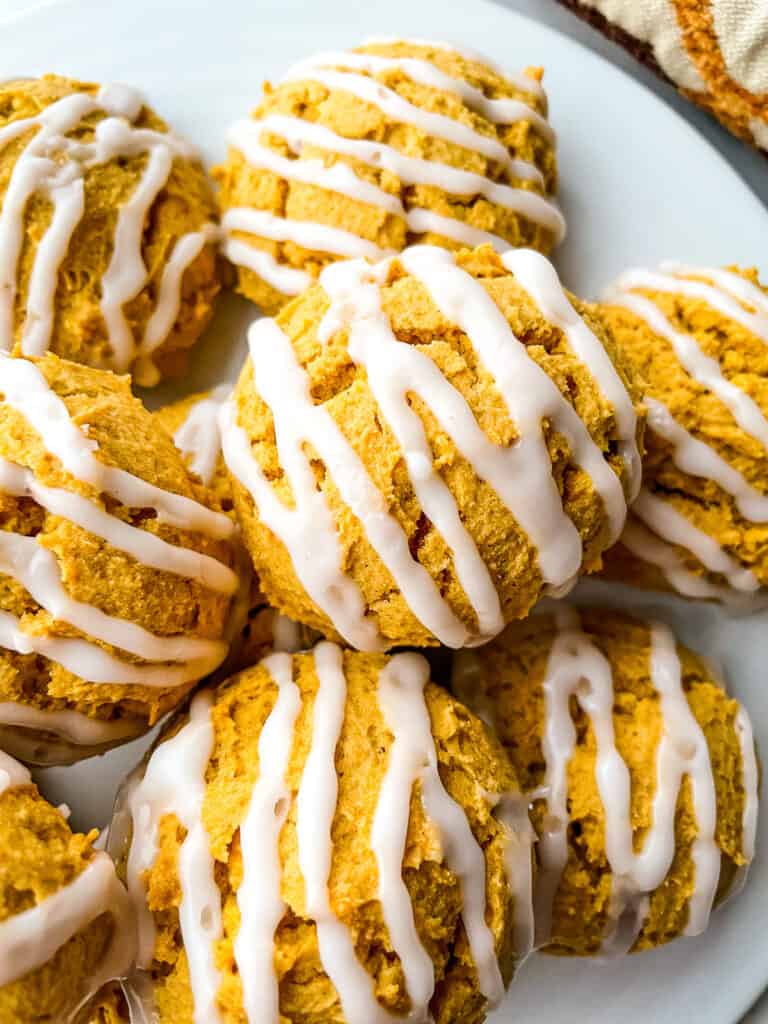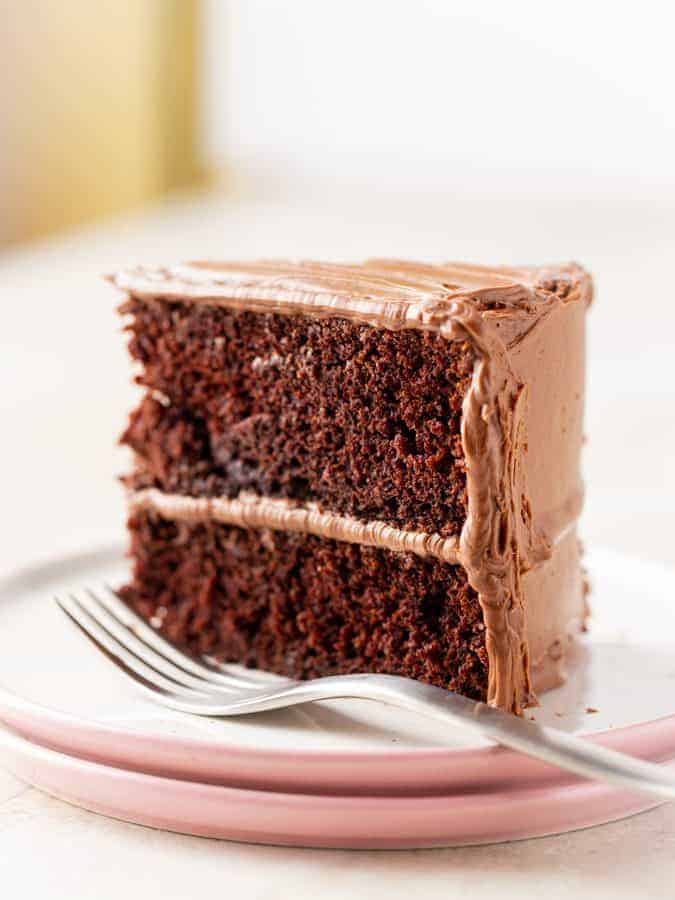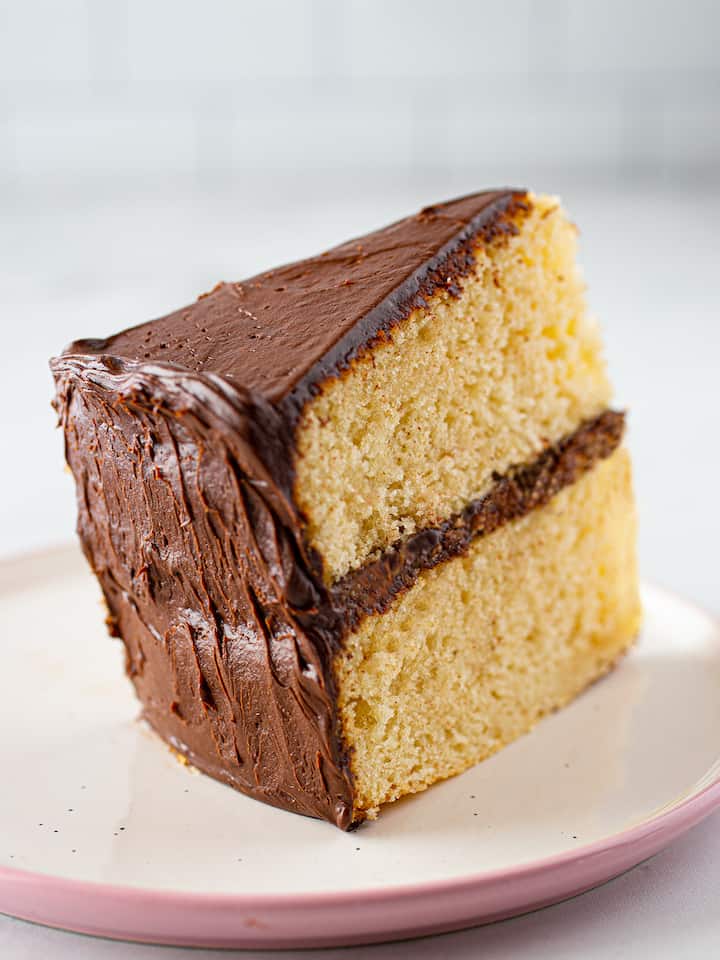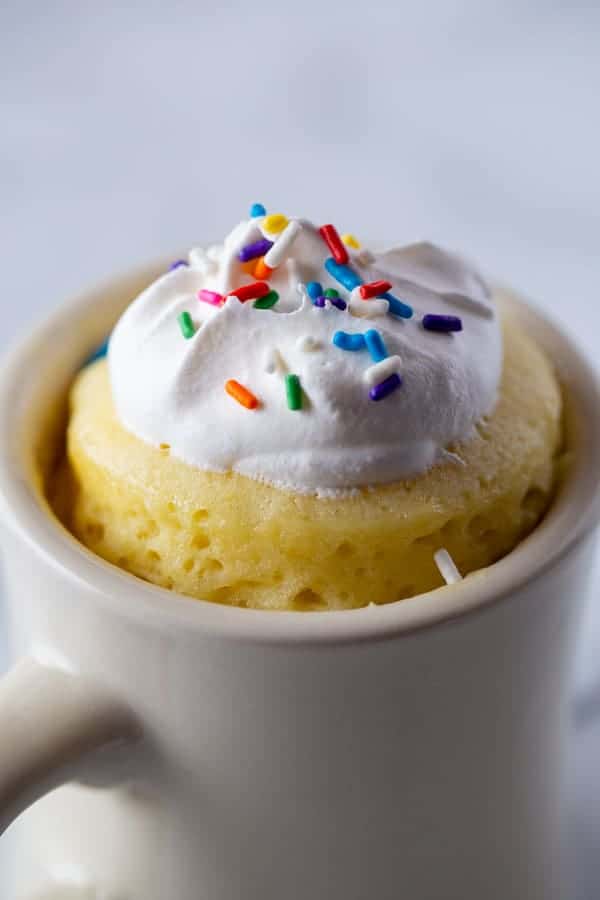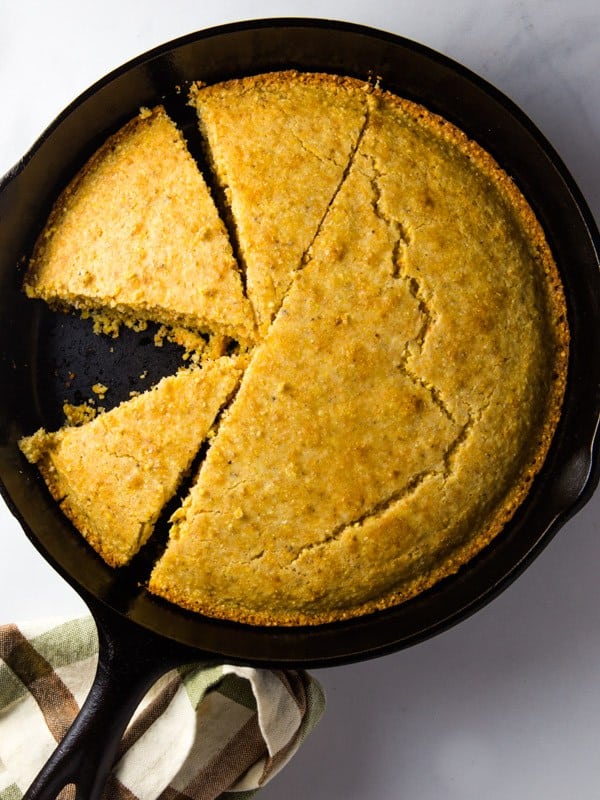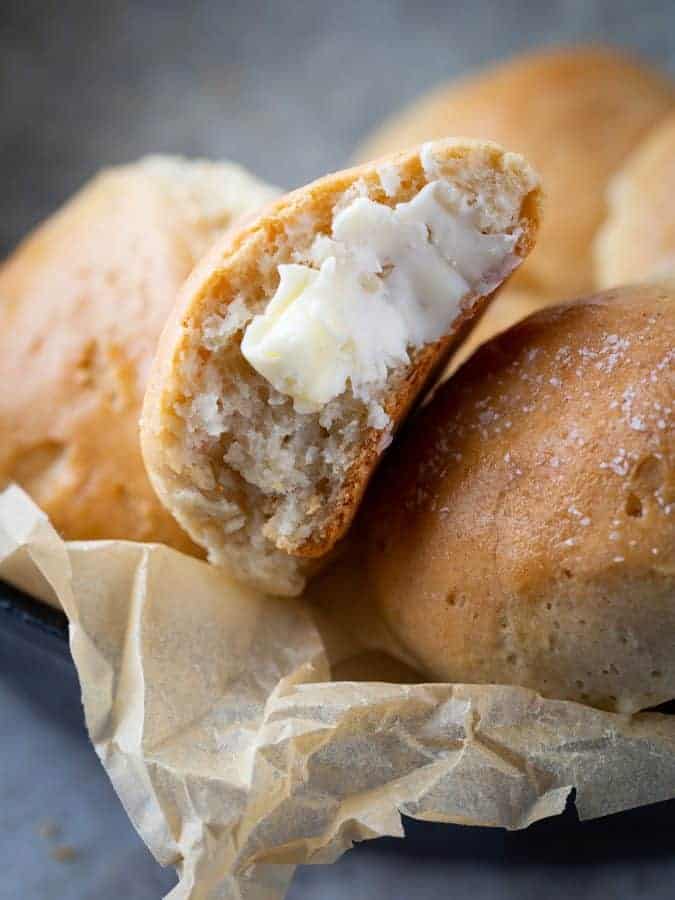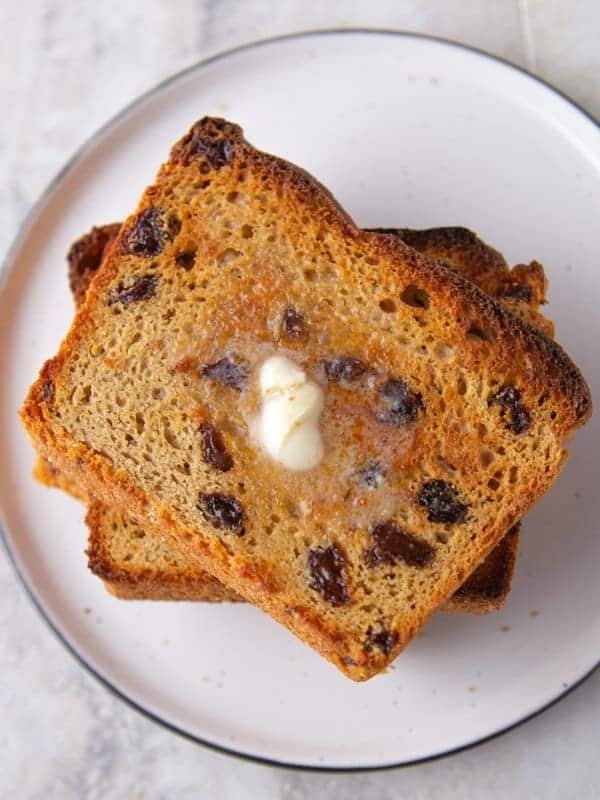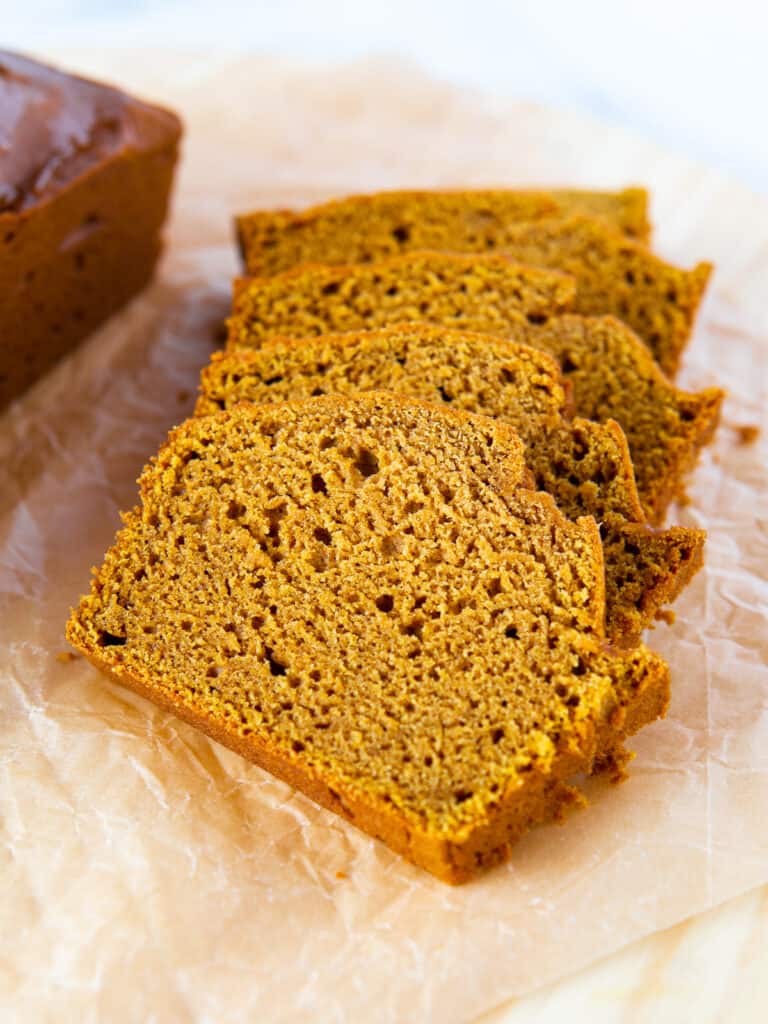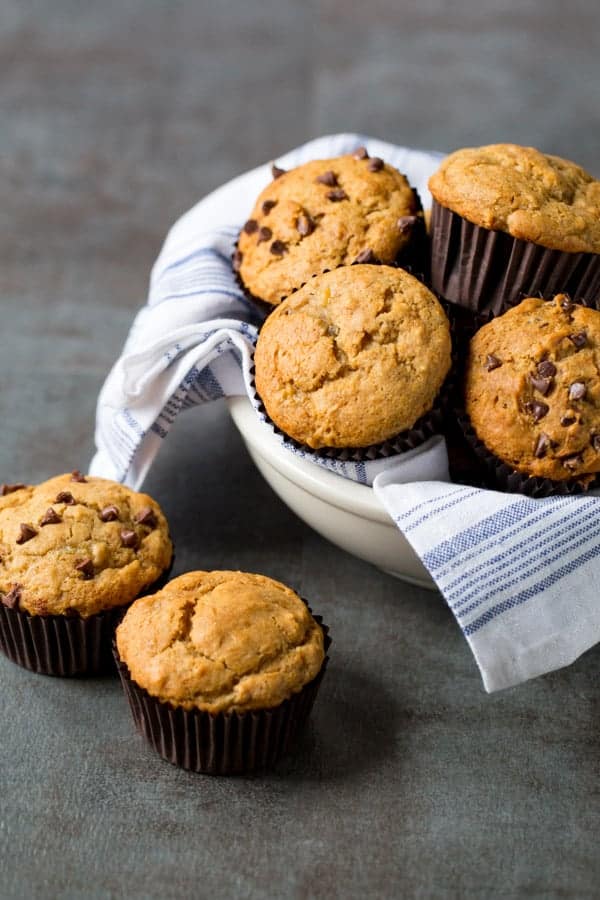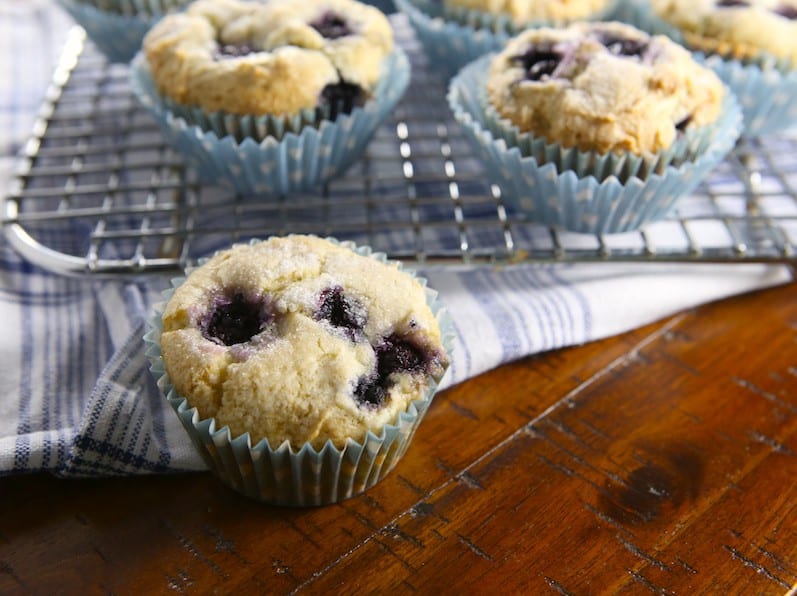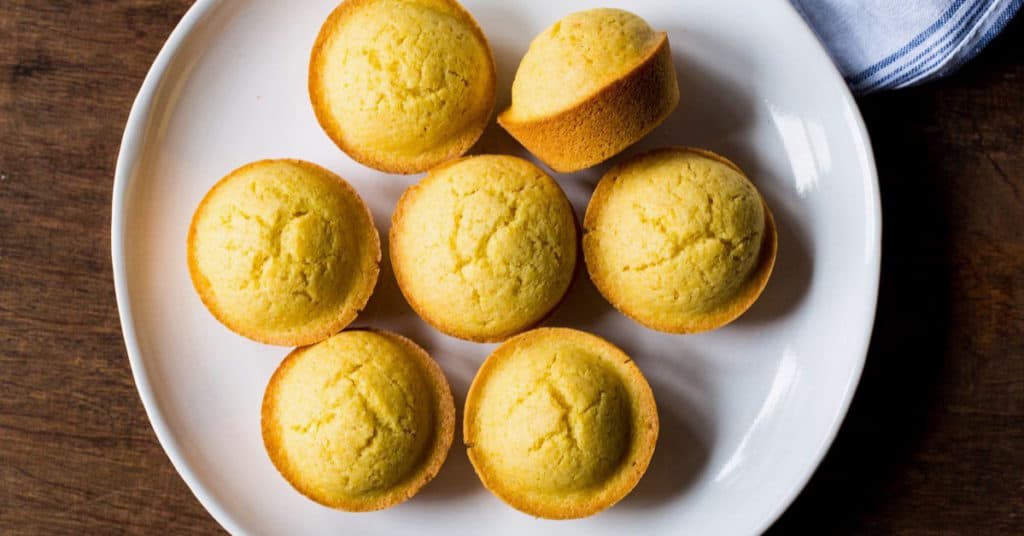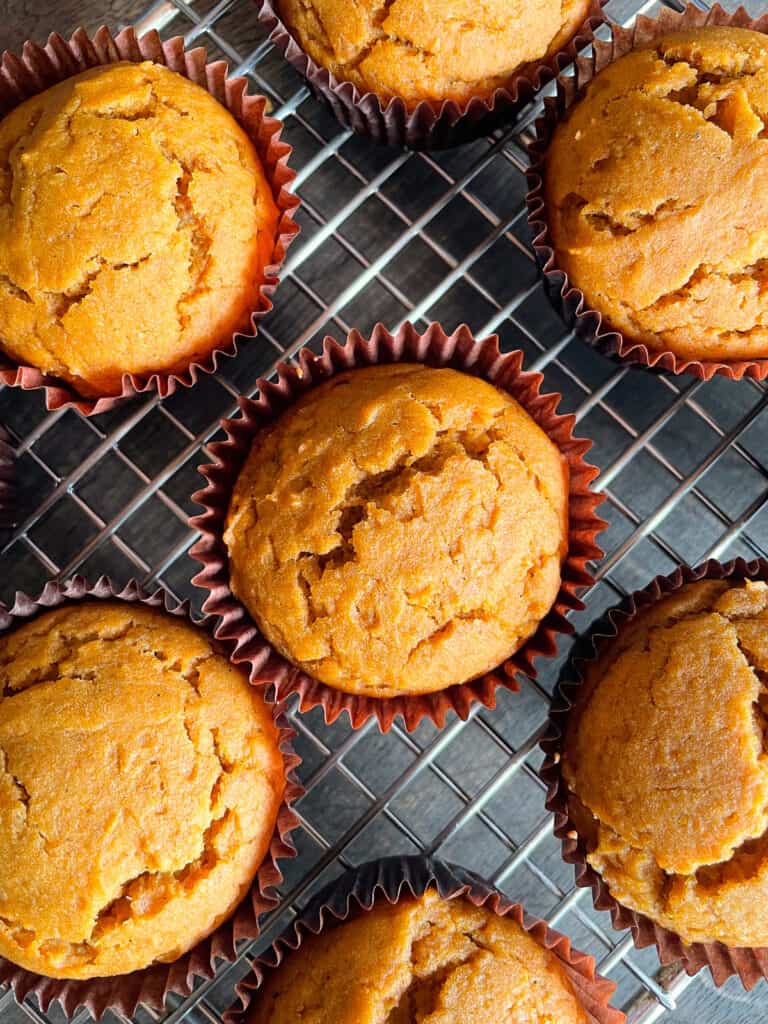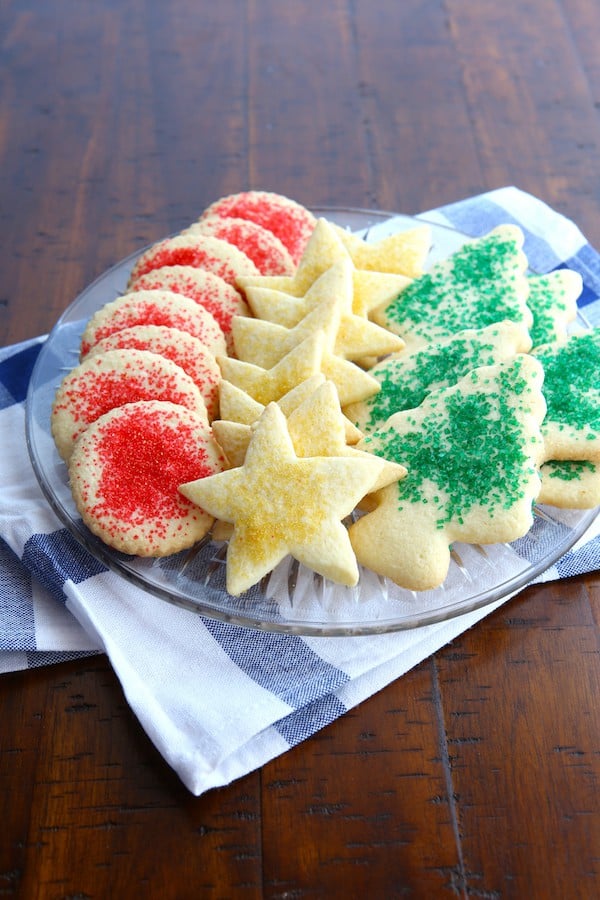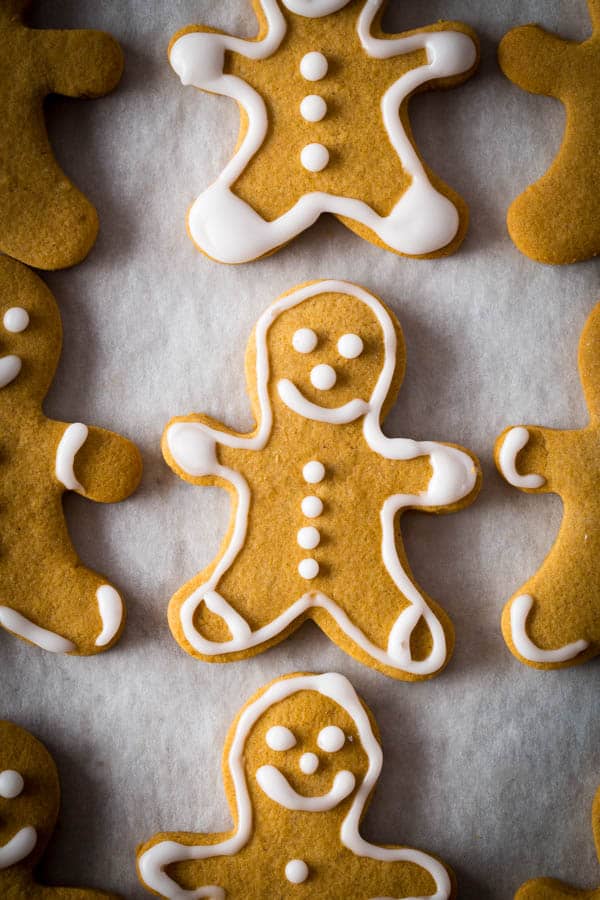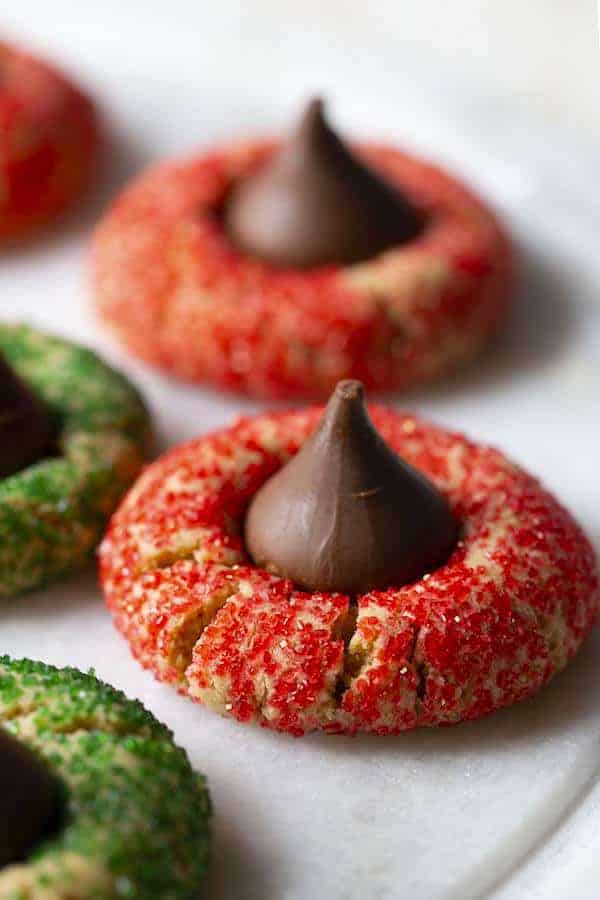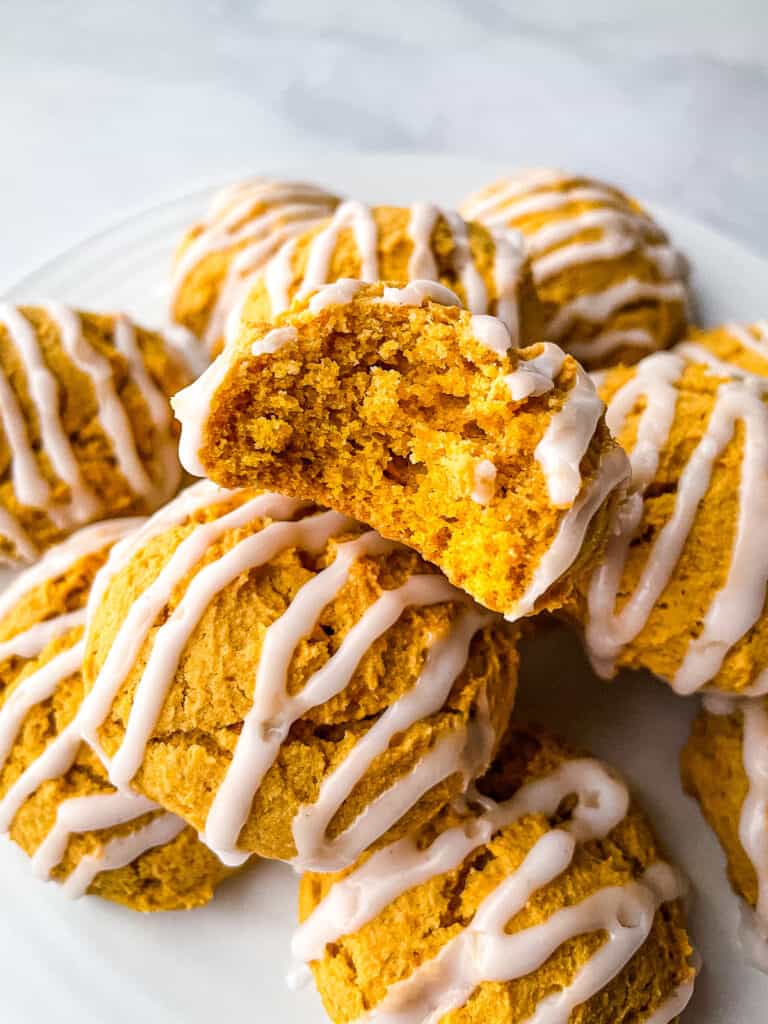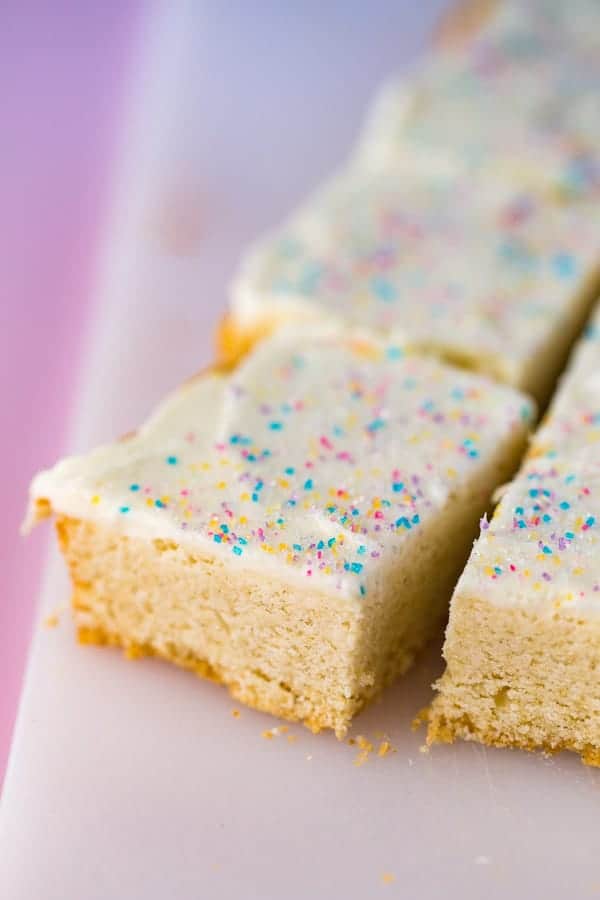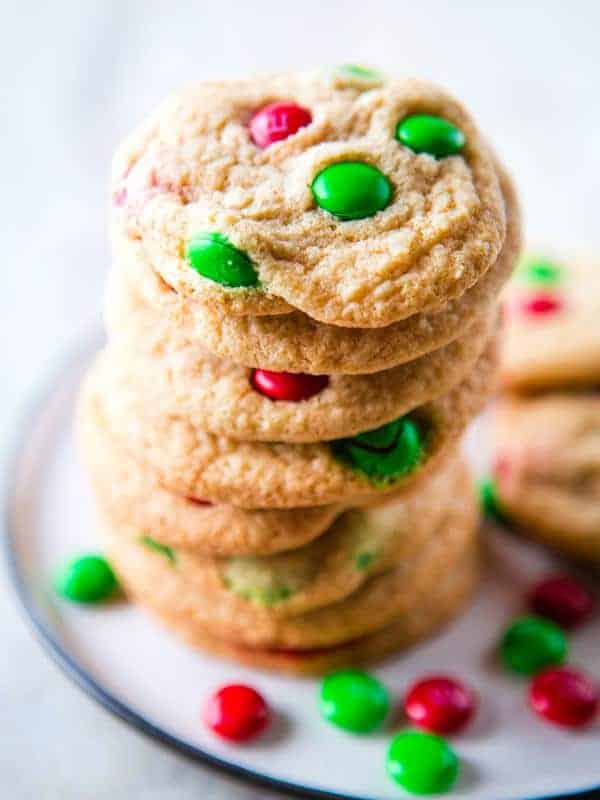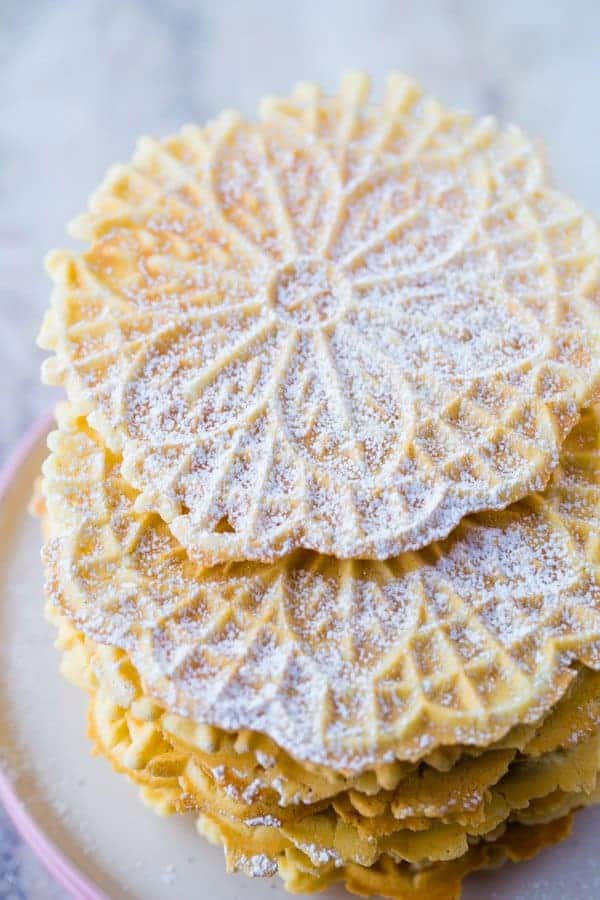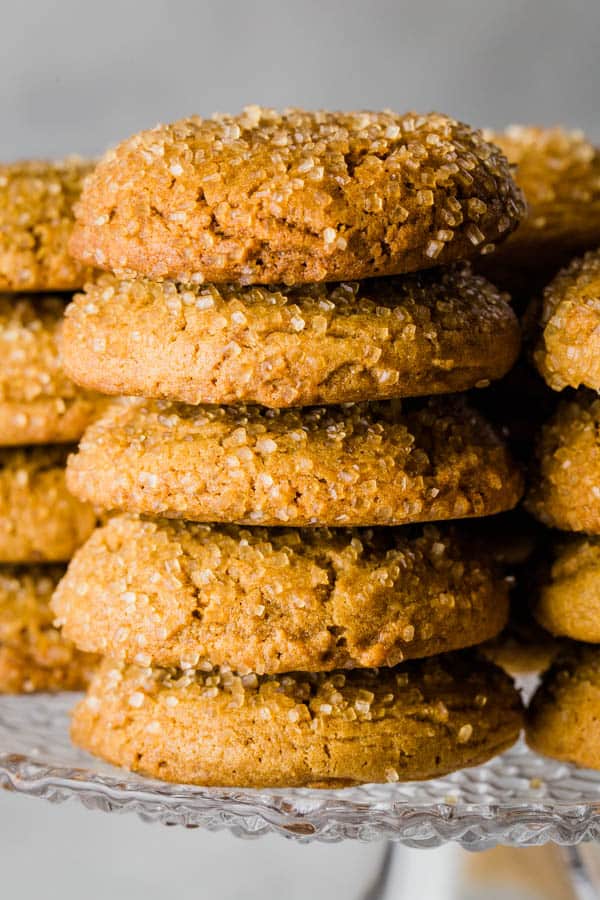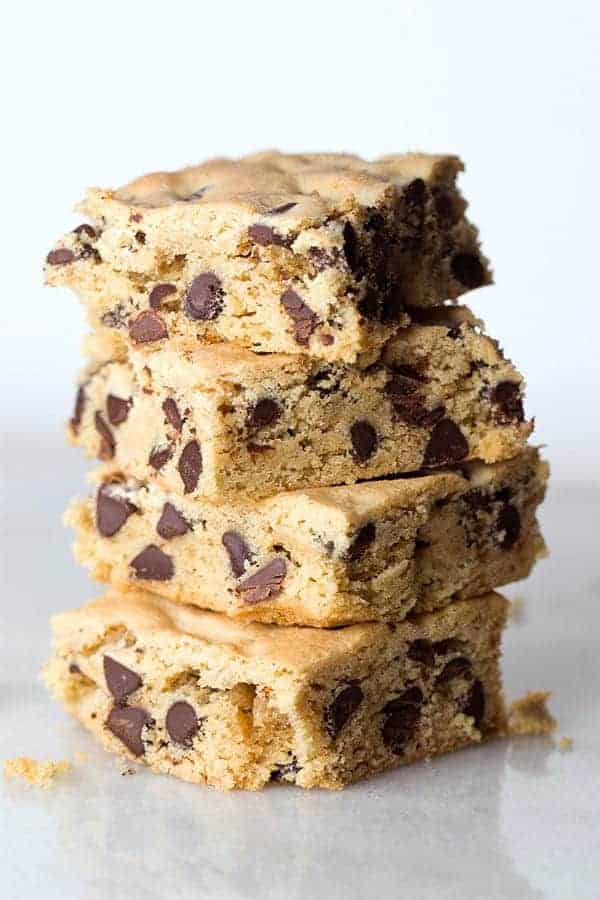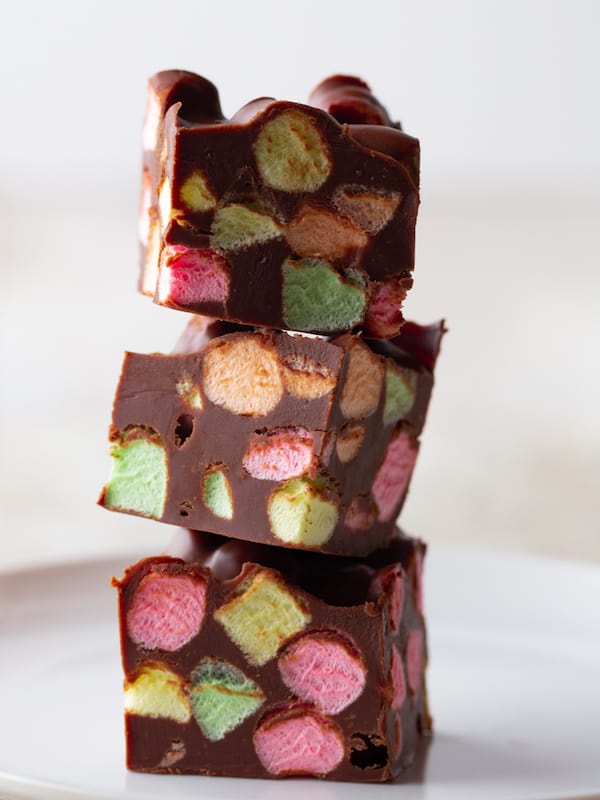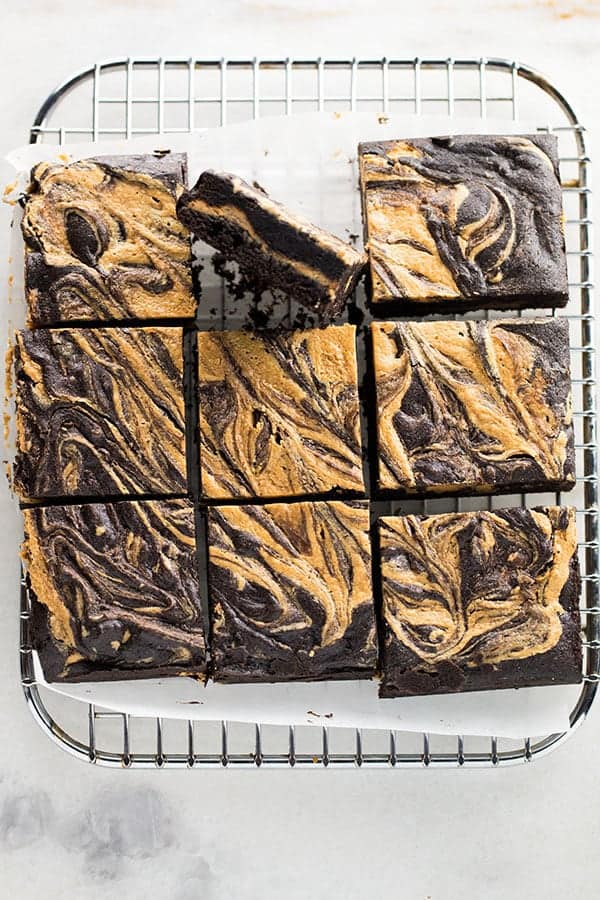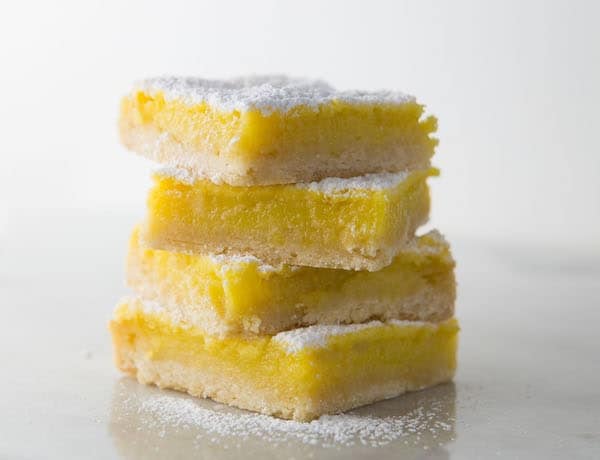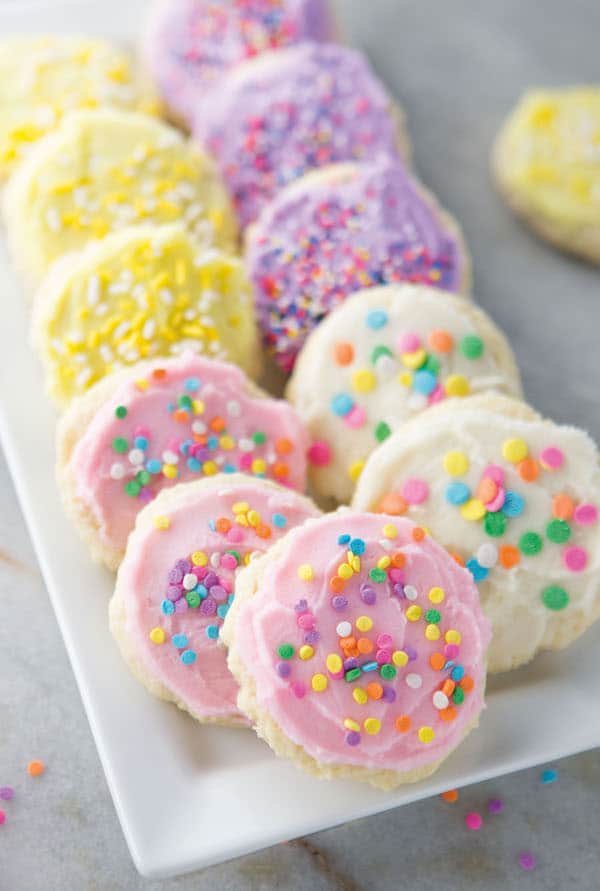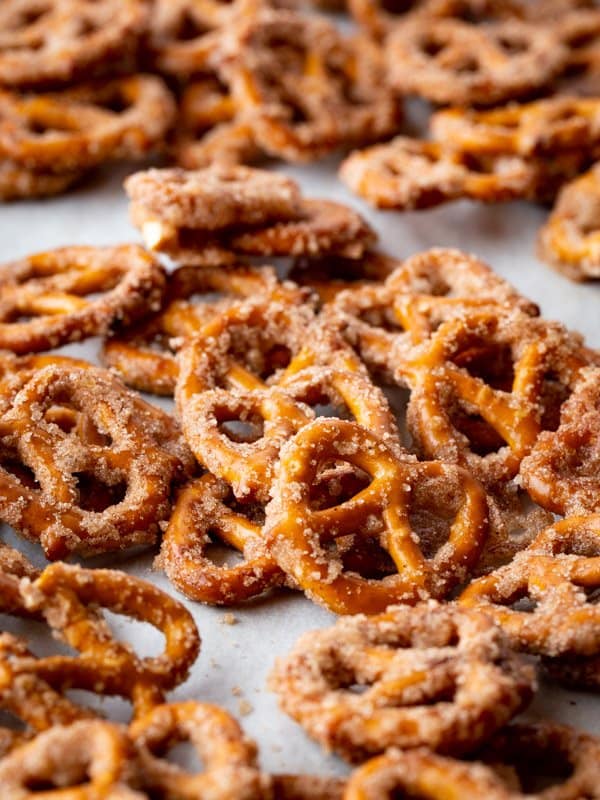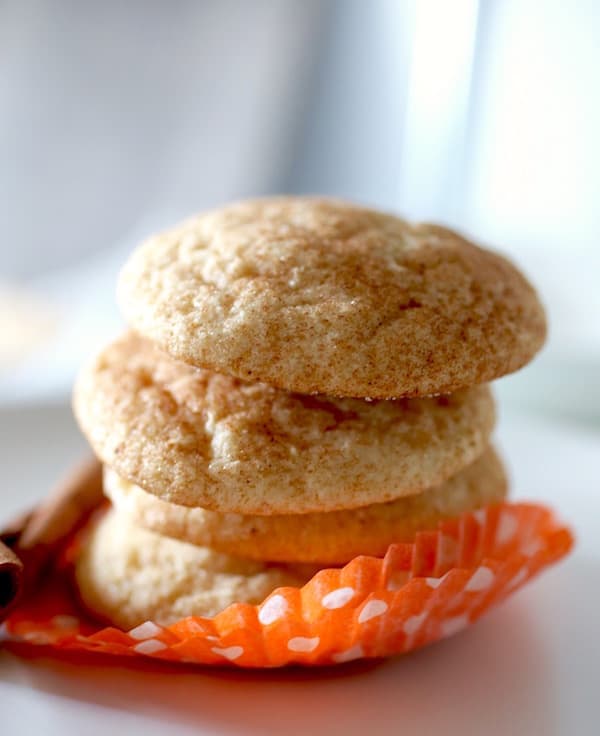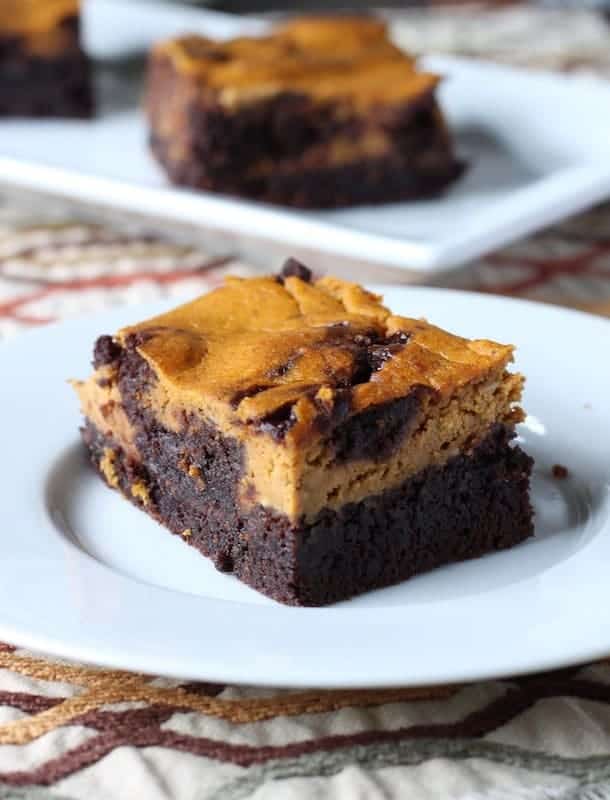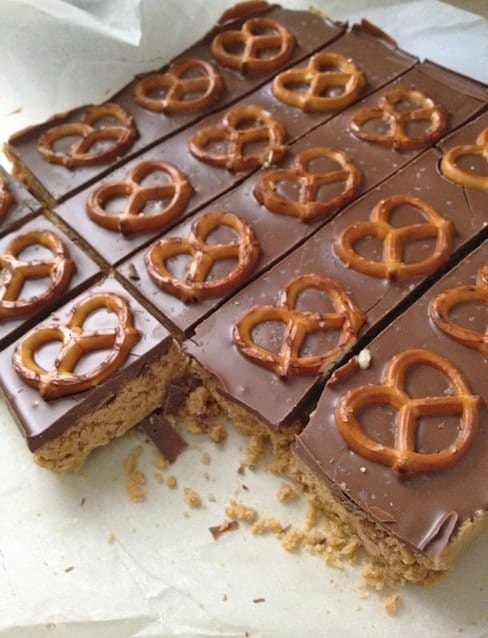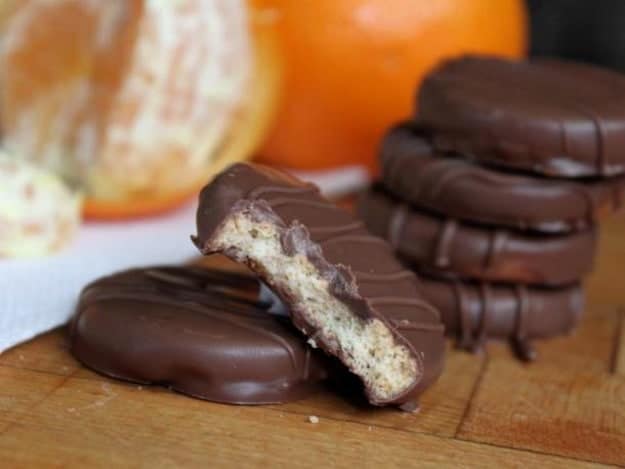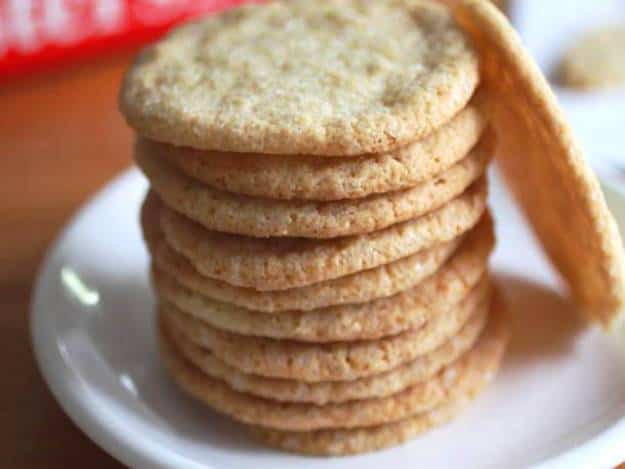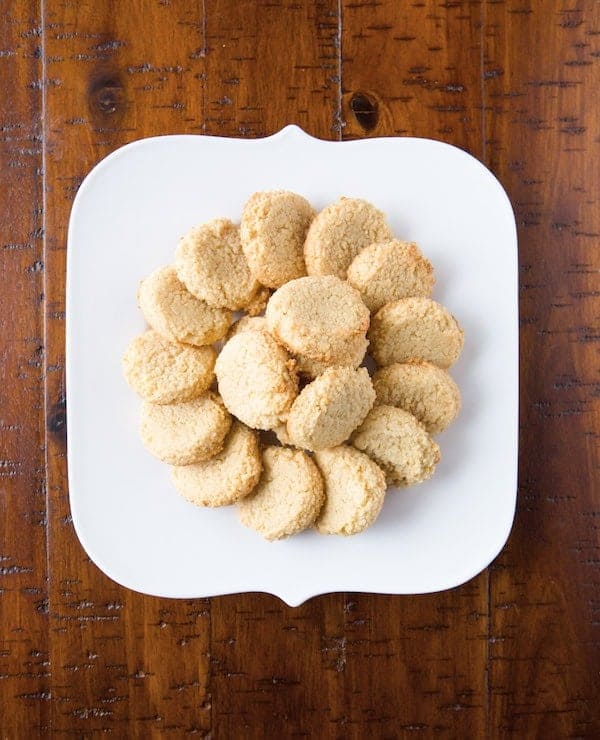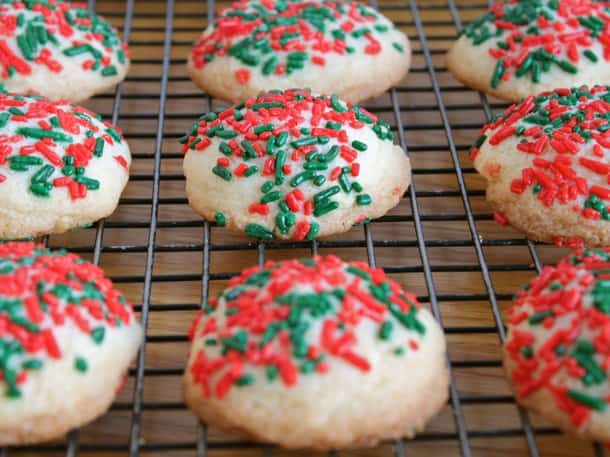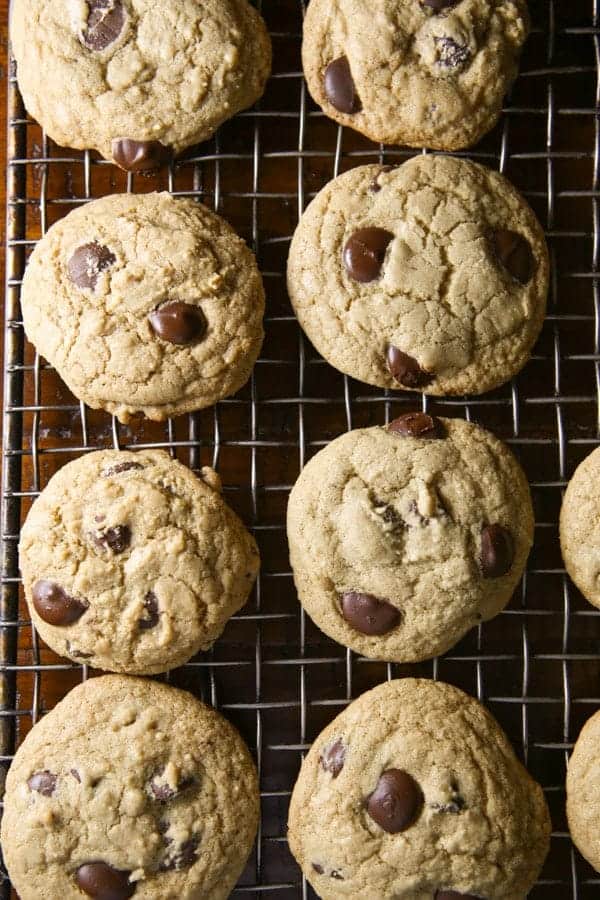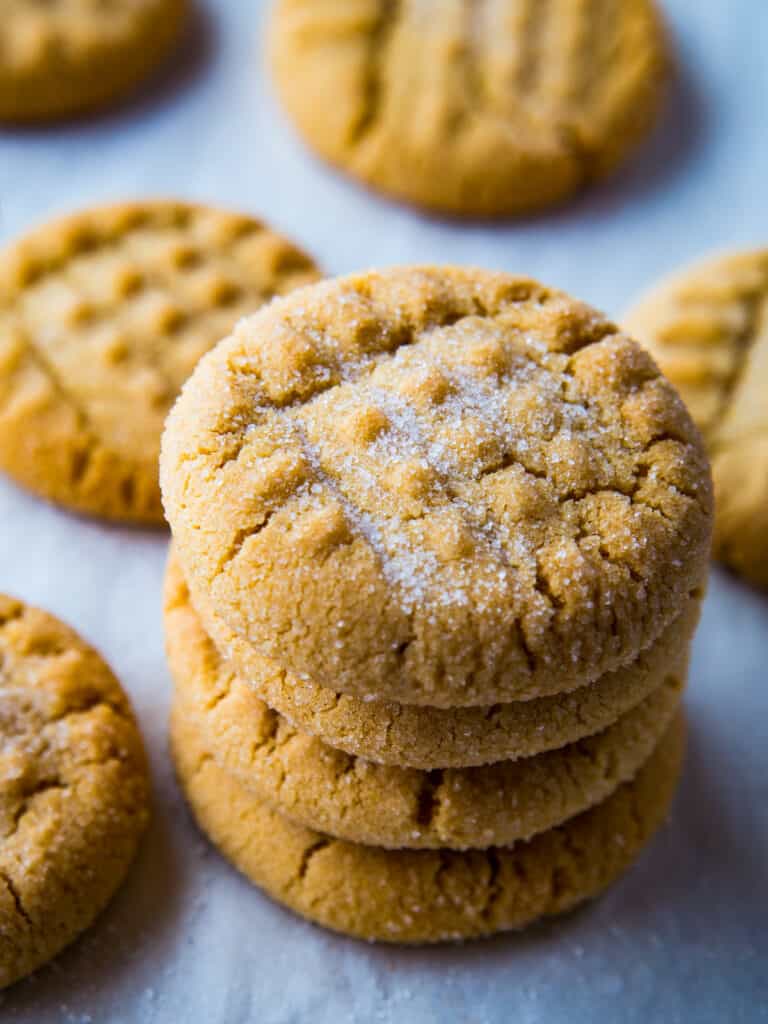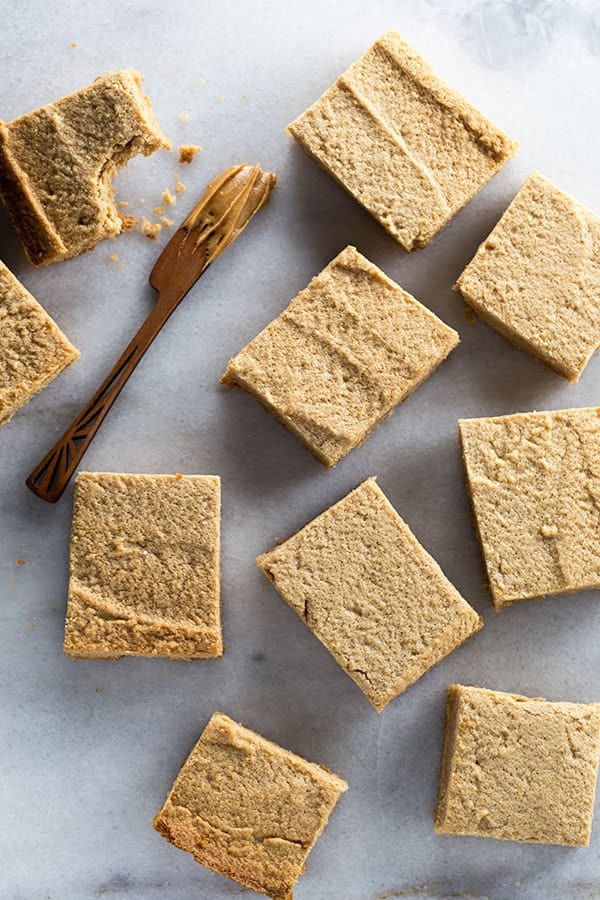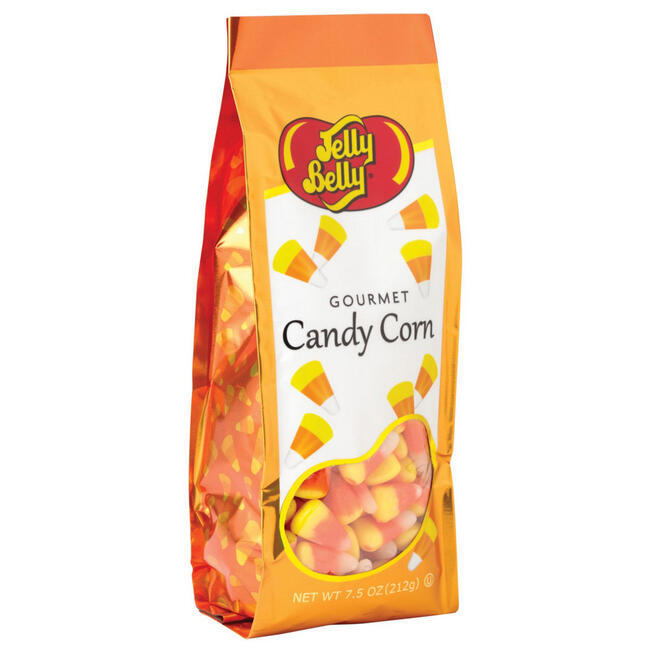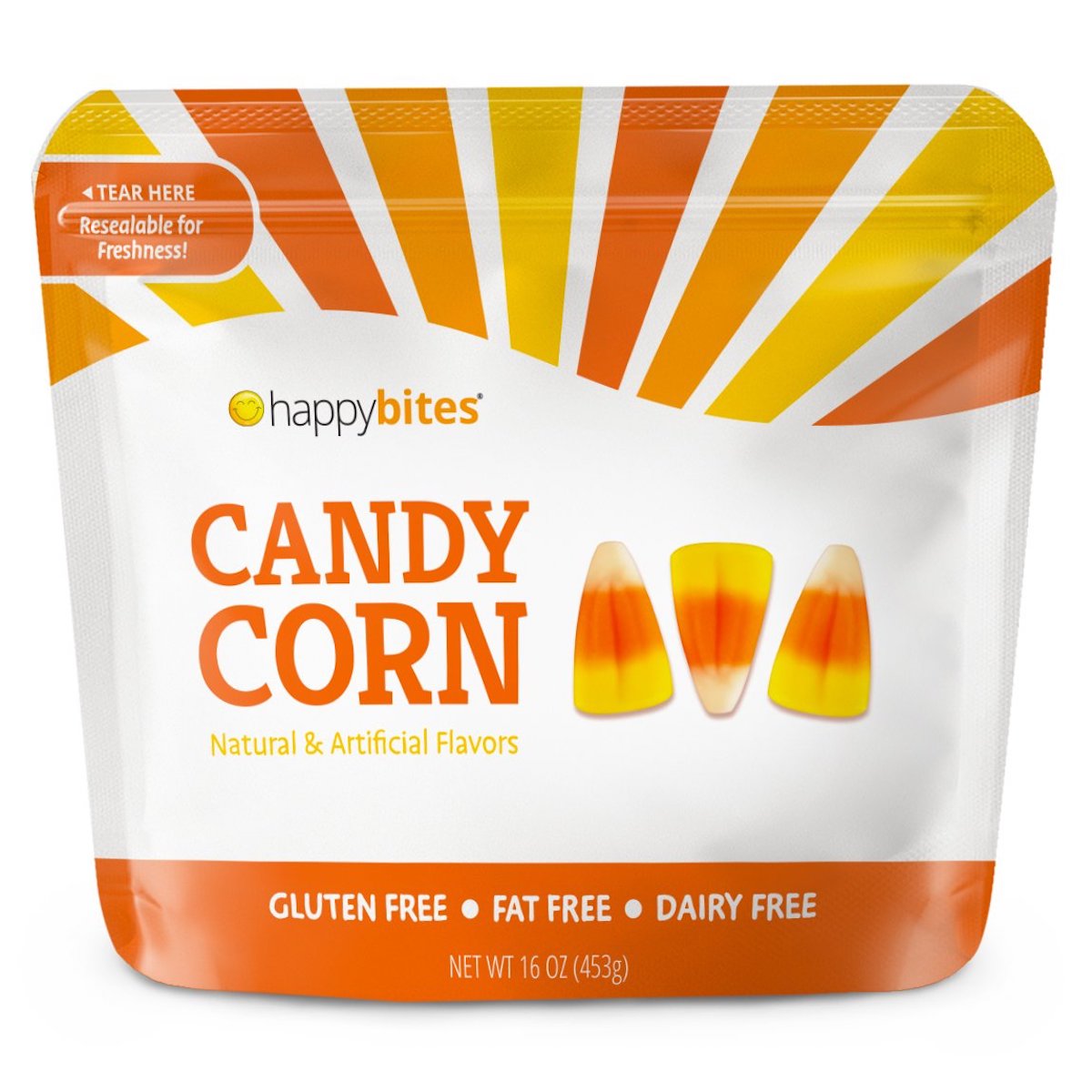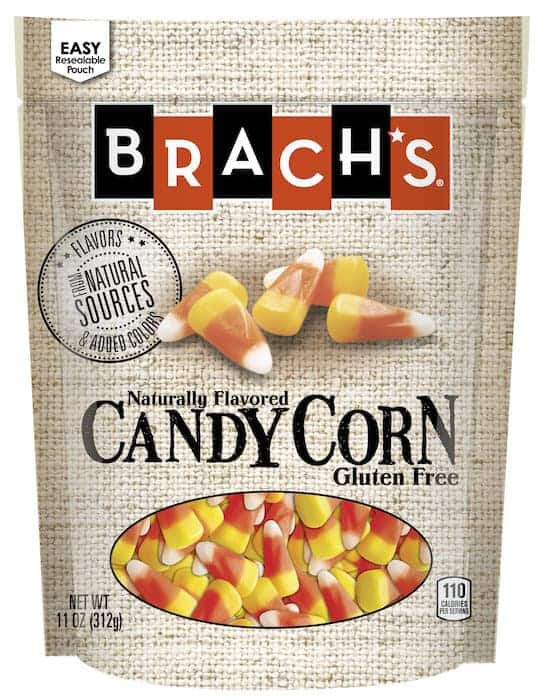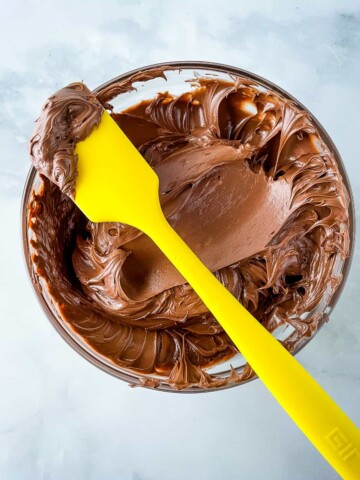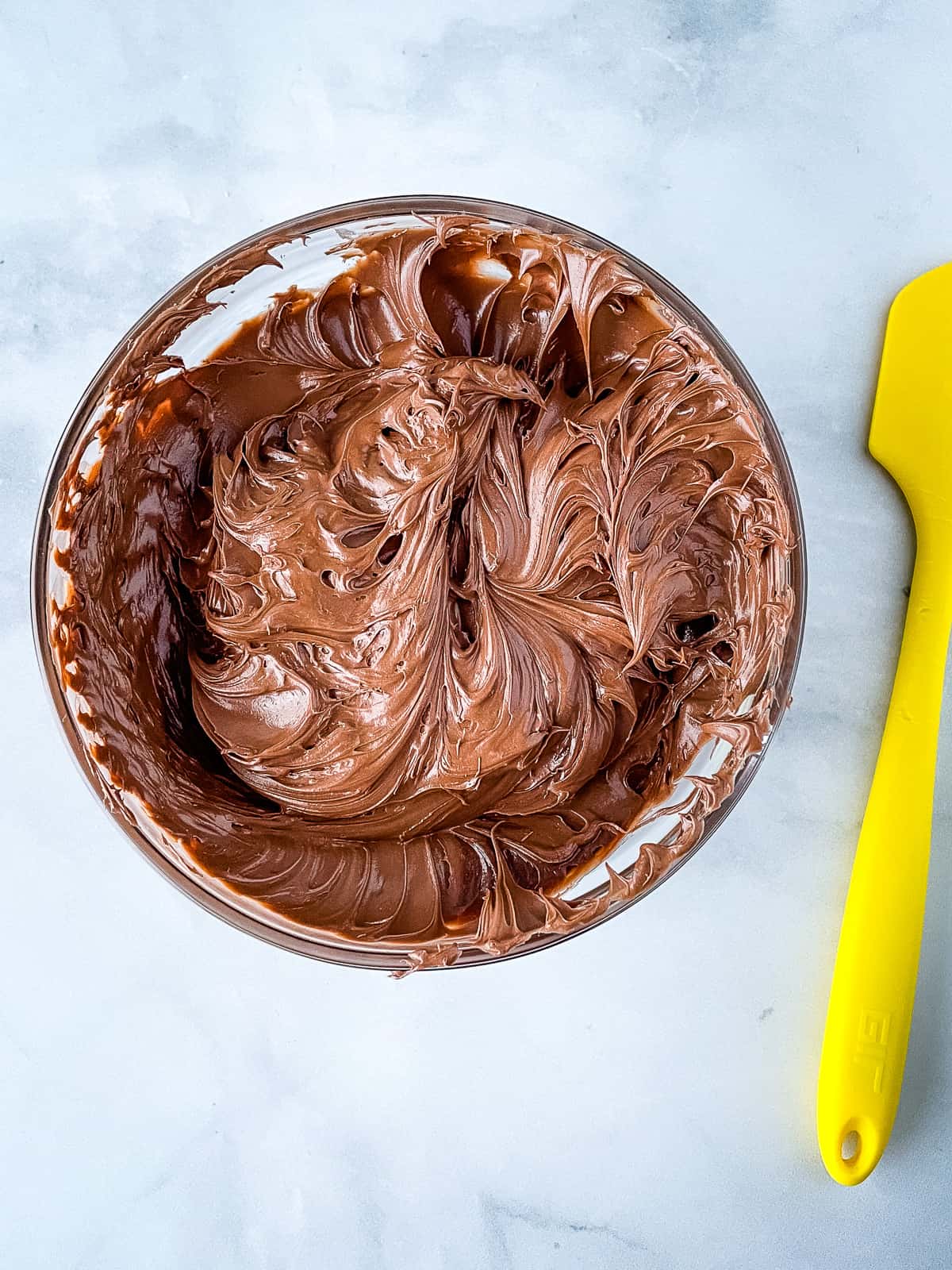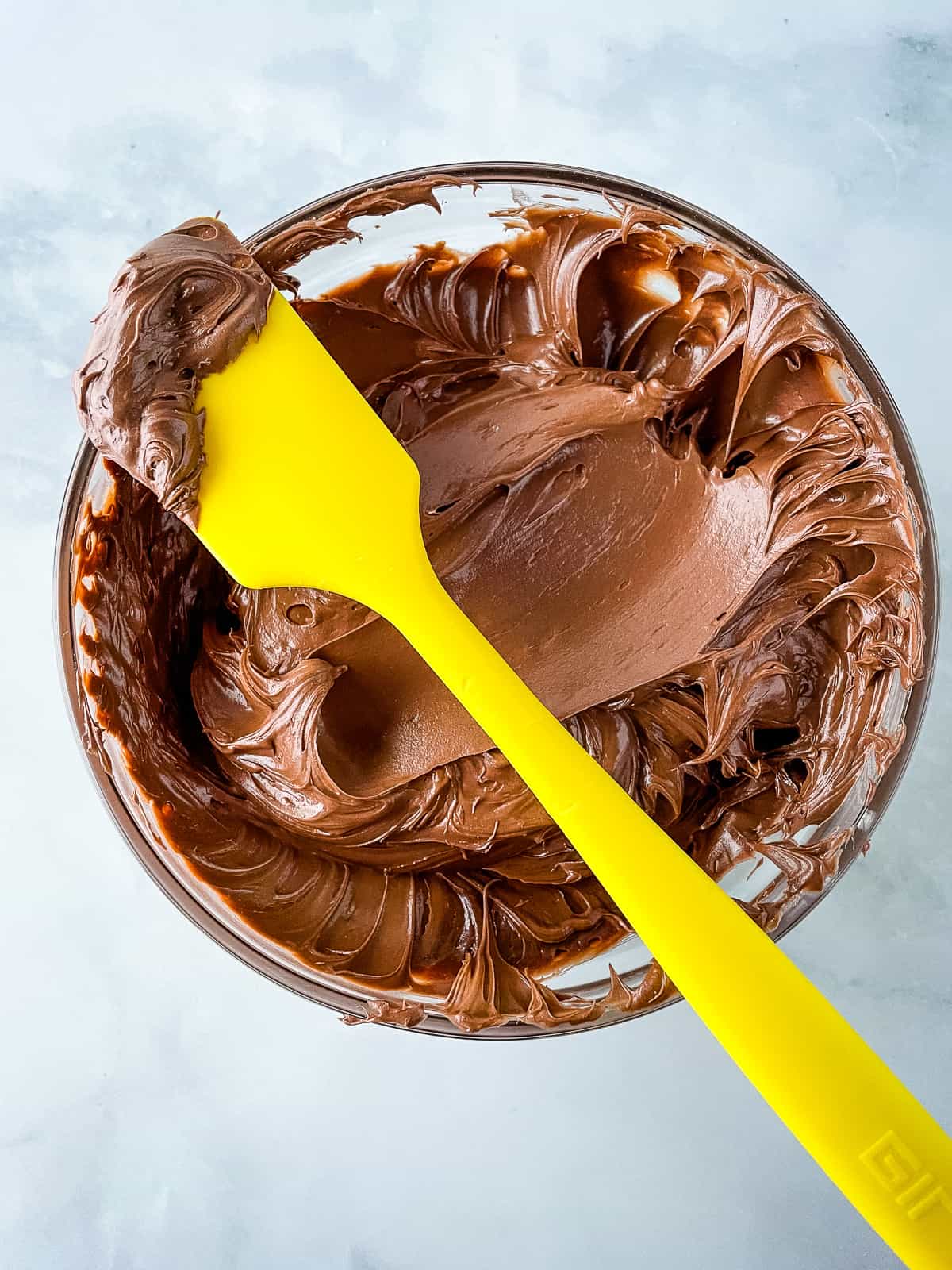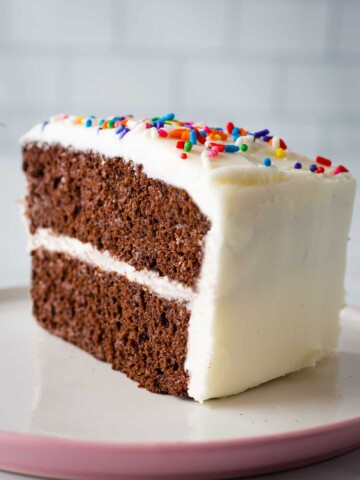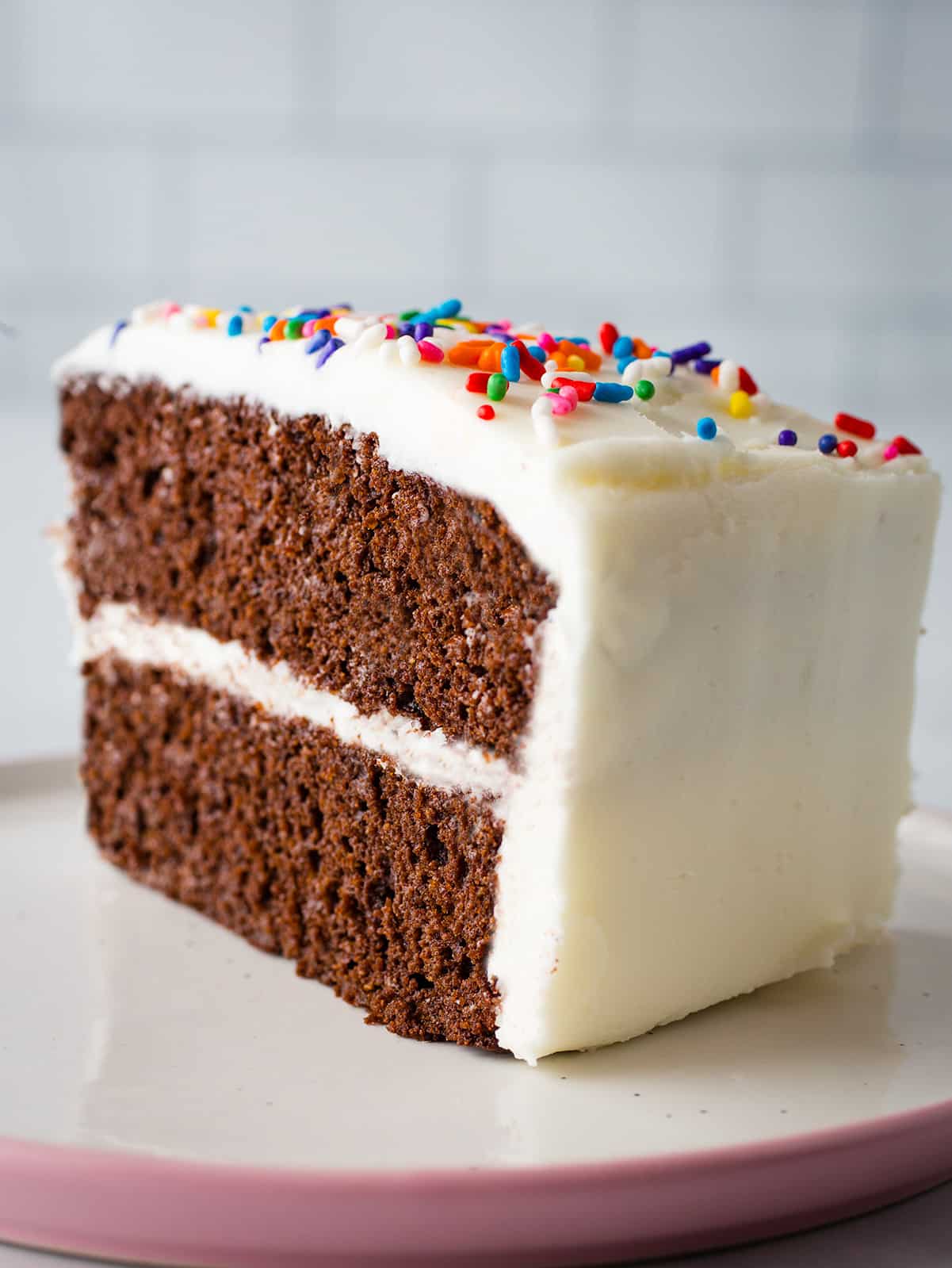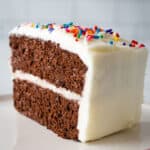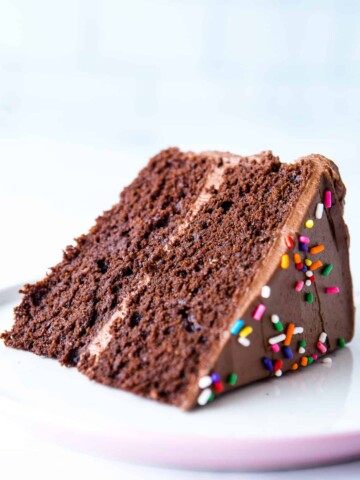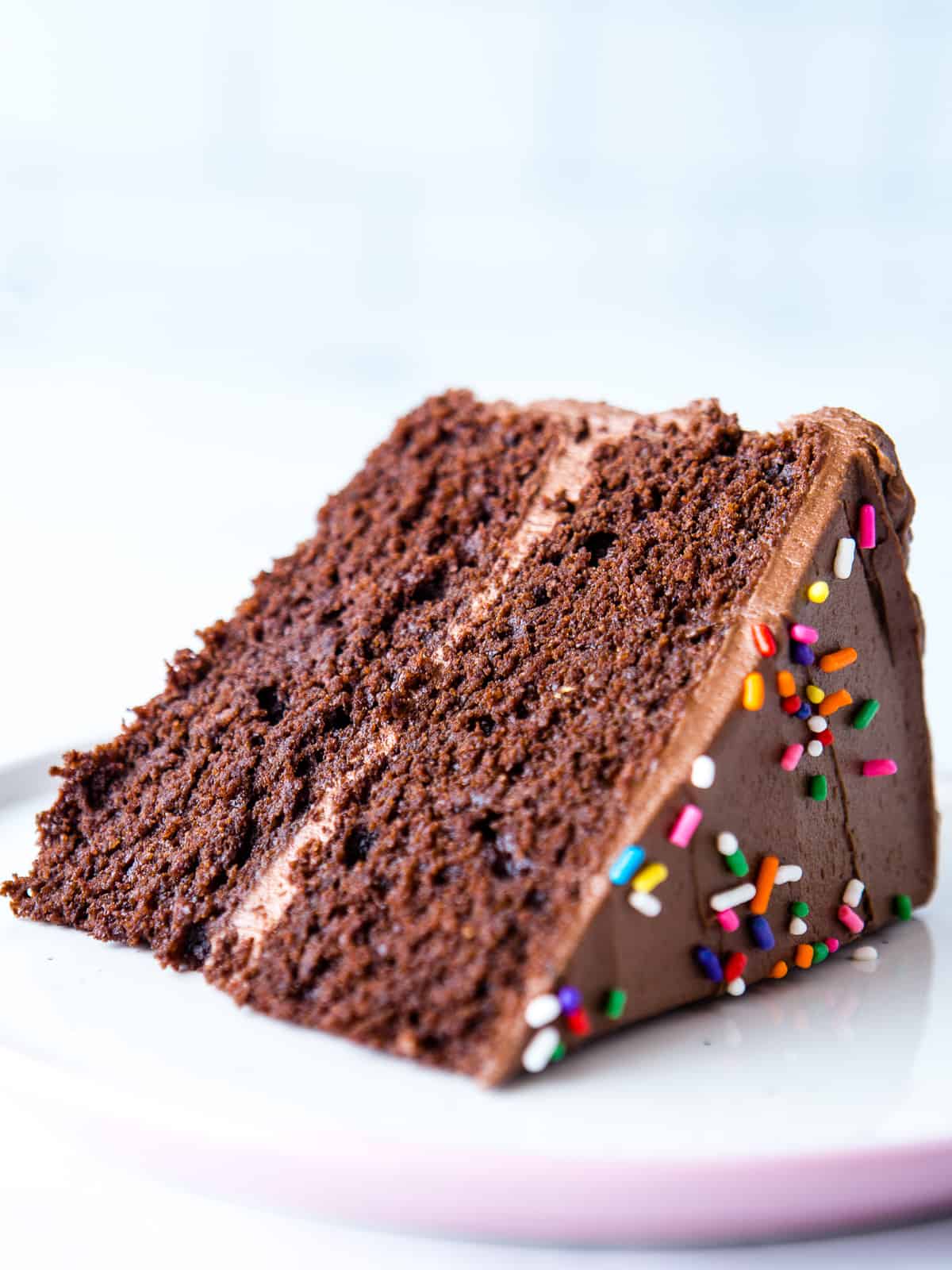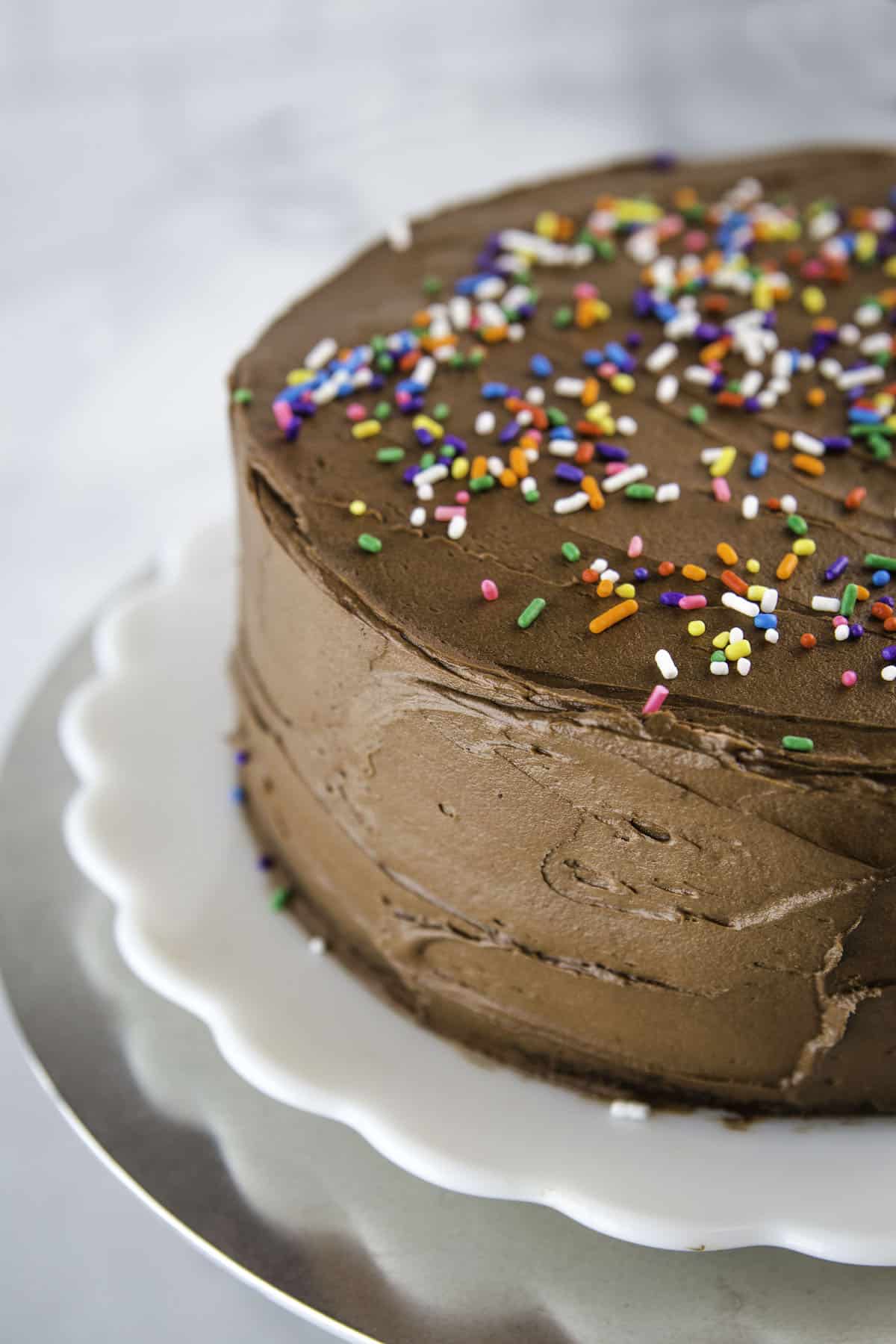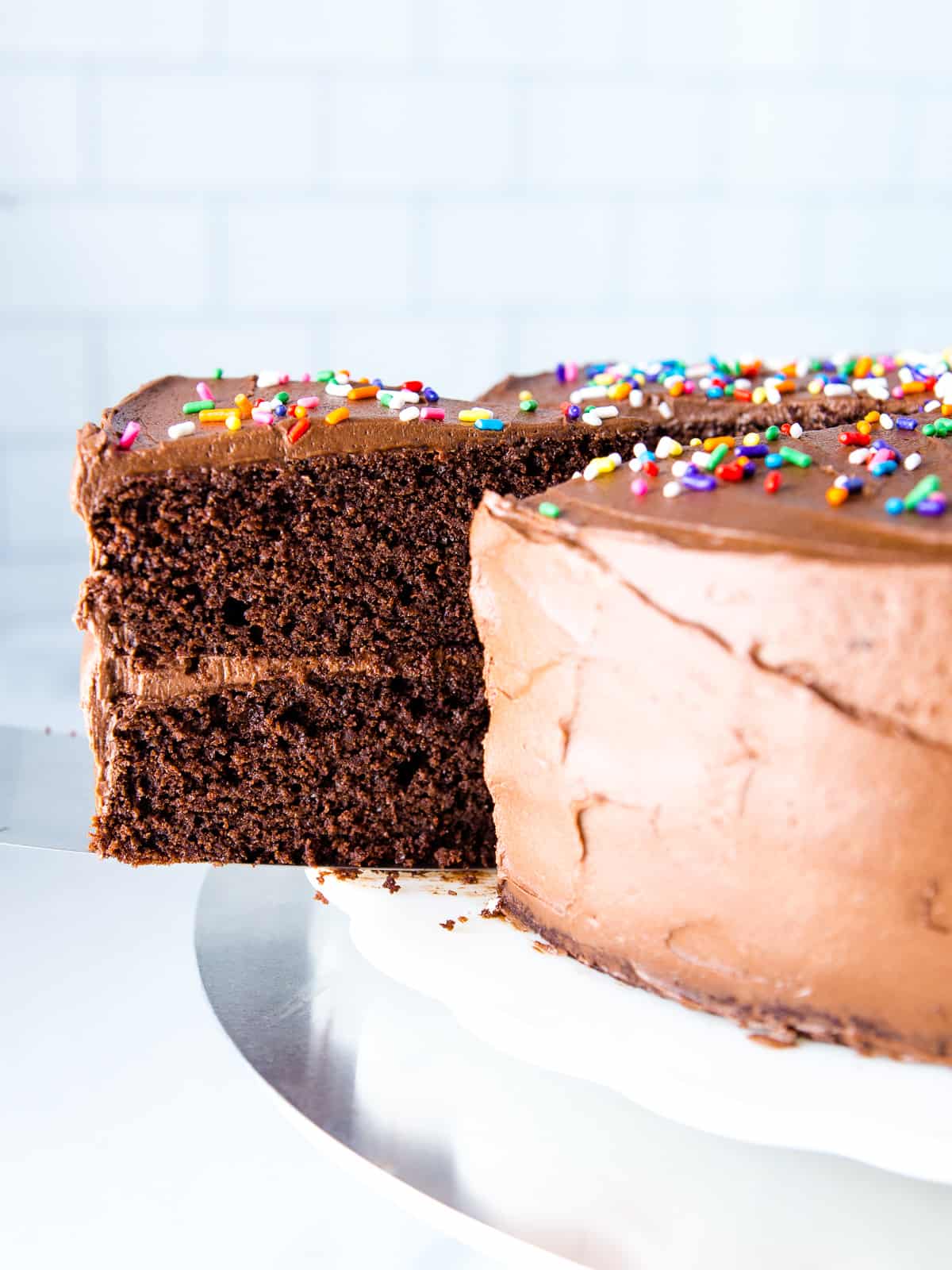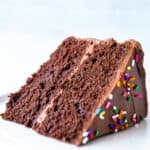The best gluten-free chocolate chip muffins. This easy recipe is made with a combination of sour cream and brown sugar. Plus lots of chocolate chips, of course.
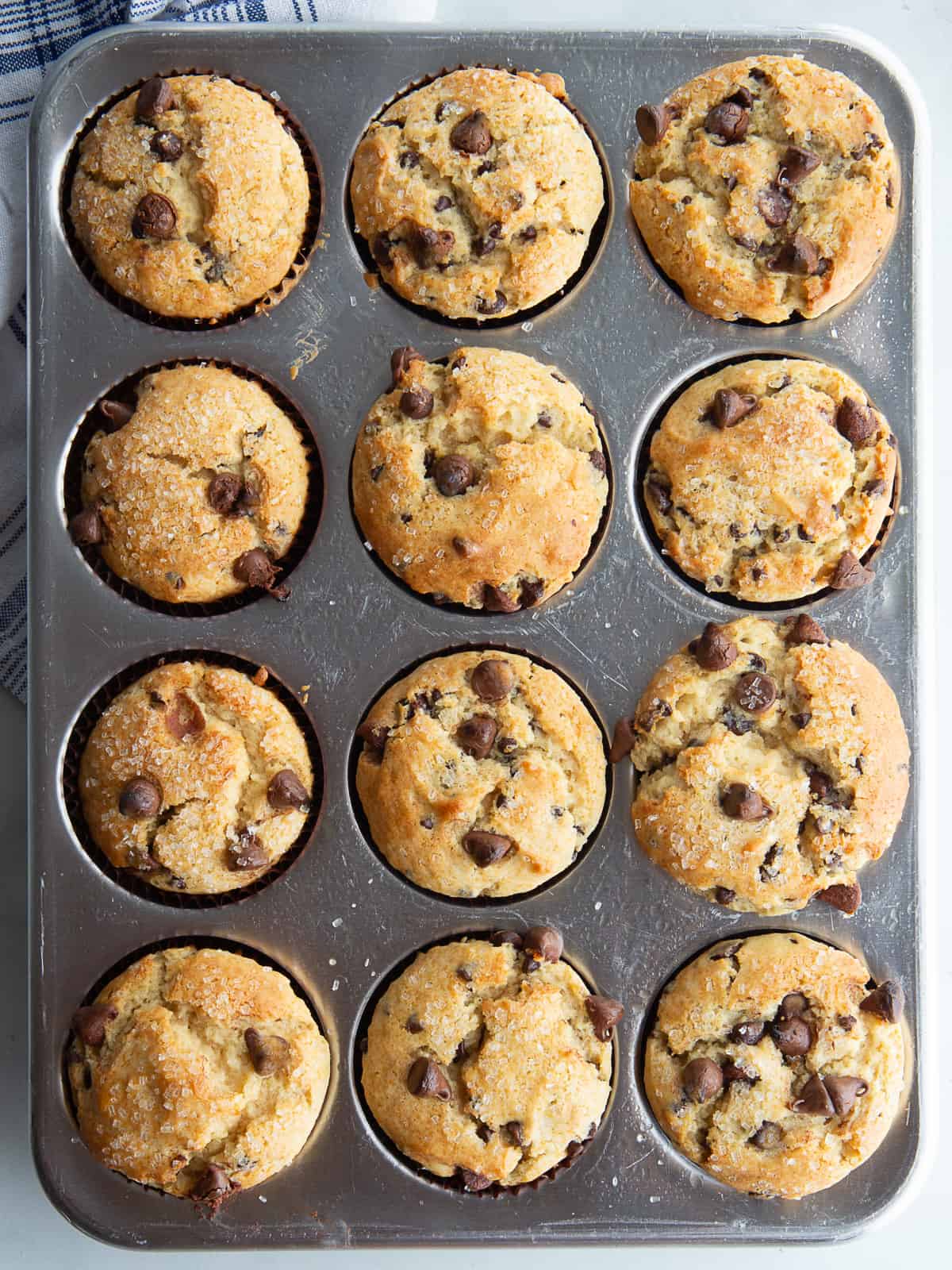
These gluten-free chocolate chip muffins are a variation of my gluten-free sour cream muffins. Like those muffins, these are dense, tender, and just sweet enough to be called a muffin and not a cupcake. The combination of brown sugar and chocolate chips makes for a really tender and flavorful gluten-free muffin.
This recipe comes together in one bowl. You simply whisk together the dry ingredients and then add the wet ingredients.
Ingredients.
Here’s what you need to make a batch of these muffins.
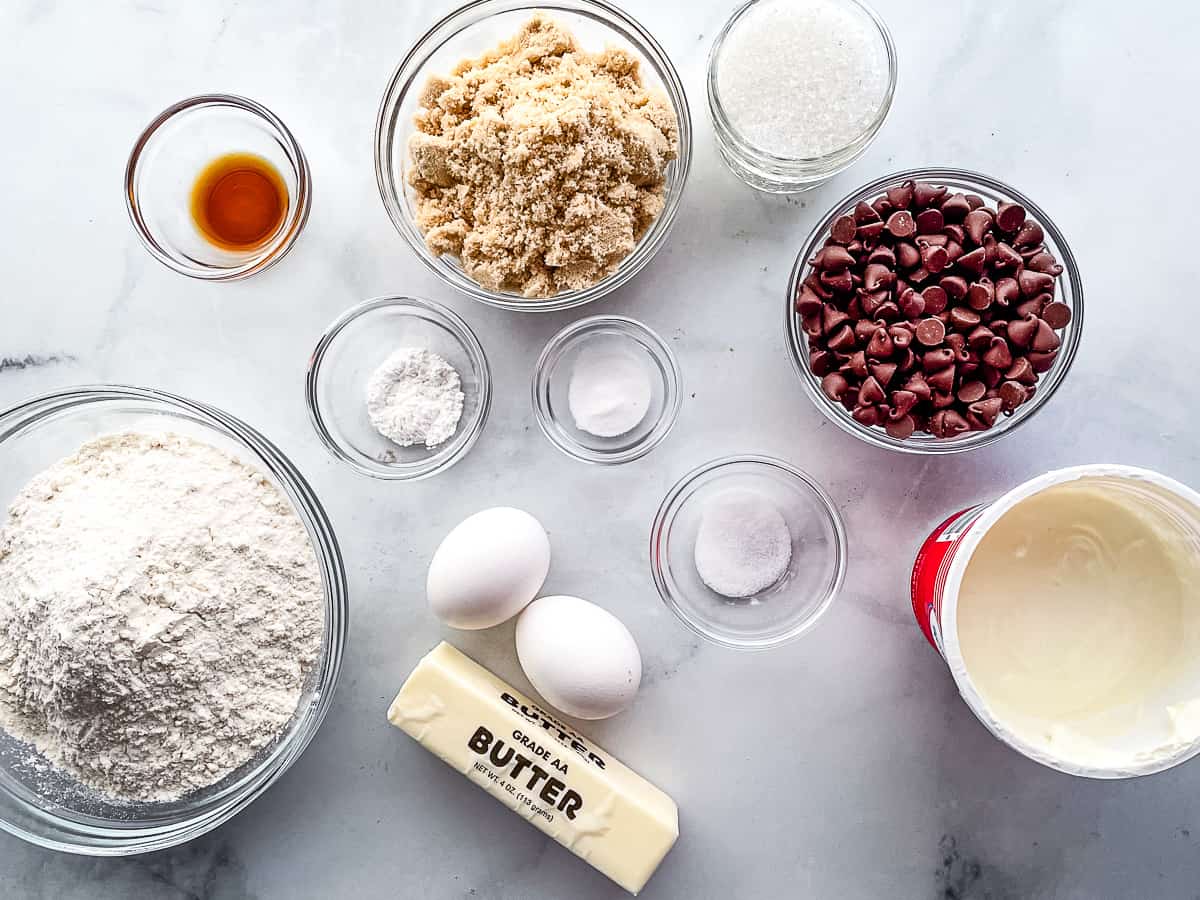
- Gluten-Free Baking Flour. Use a gluten-free flour blend that contains xanthan or guar gum. If your blend doesn’t, whisk a half teaspoon into the flour before using.
- Brown sugar. Light or dark brown sugar both work. Dark brown sugar adds a more pronounced molasses flavor and a darker color.
- Butter. Melt the butter and let it cool slightly before adding to the batter. Dairy-free butter works great in this recipe.
- Eggs. Two eggs gives the muffins a nice lift and texture. I haven’t tested the recipe with an egg-replacer.
- Sour cream. Adds richness and flavor. You can substitute the sour cream with full-fat Greek yogurt.
- Vanilla Extract. Makes the muffins flavorful.
- Baking powder and baking soda. Helps the muffins rise and brown.
- Salt. Enhances all the other flavors. Use fine or table salt. It blends easily into the batter.
- Chocolate chips. For a taste of chocolate in each bite, use mini-chocolate chips. If you prefer larger pieces of chocolate, use regular chips. Or use a blend of both.
- Walnuts (optional) Stir in up to ¾ cup of chopped walnuts.
- Coarse Sugar. (optional) A sprinkle of coarse sugar on the muffins gives them a little extra sweetness and a nice crunch.
How to Make Gluten-Free Chocolate Chip Muffins.
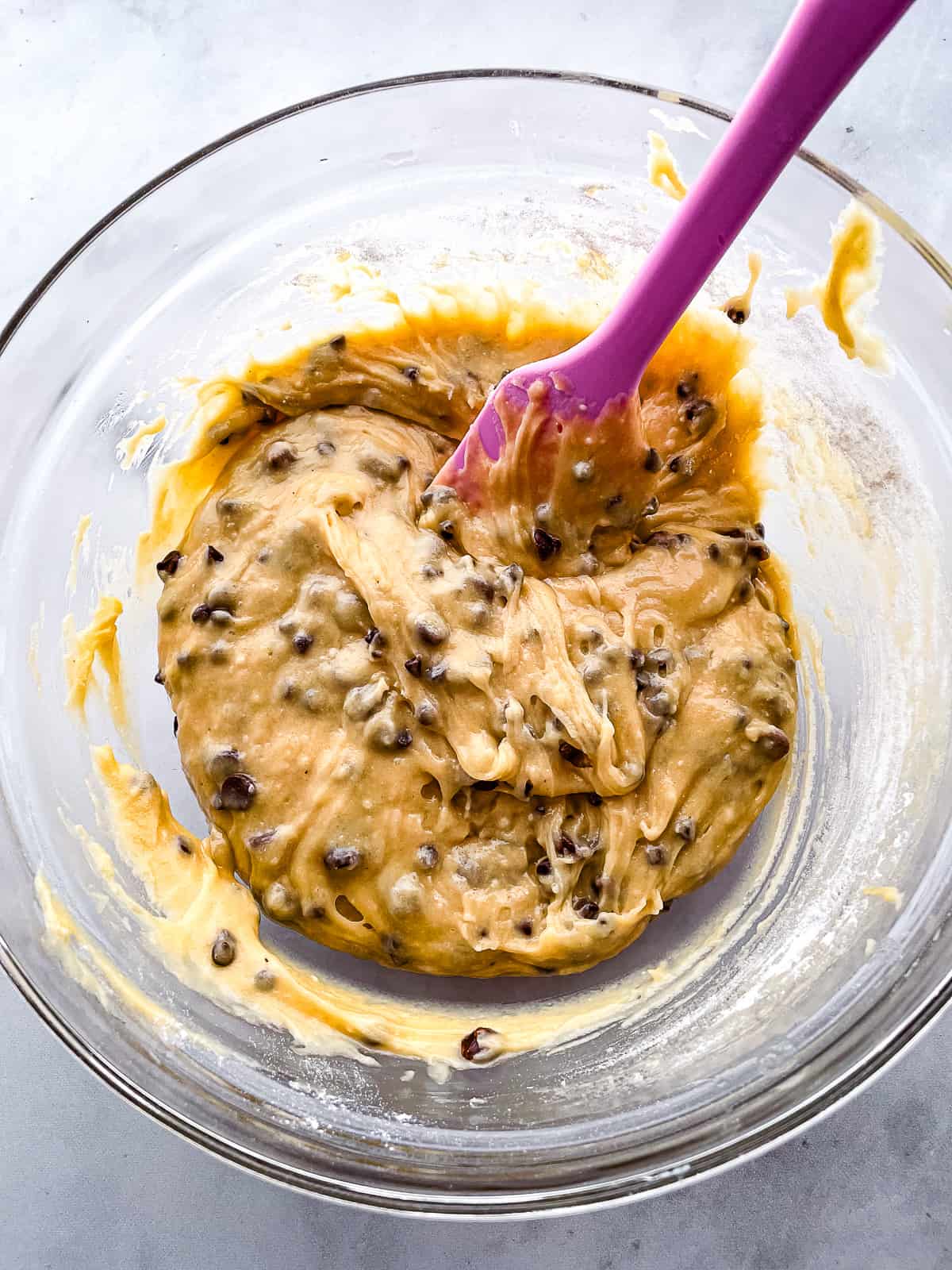
Prepare your pan and heat your oven.
Line a standard muffin pan with paper liners or grease it generously with either nonstick cooking spray or brush each cup with oil.
Turn on the oven before making the batter. This way it’ll be ready and waiting when the batter is mixed.
Prepare the batter.
Whisk the gluten-free flour, baking powder, baking soda, and salt together in a large bowl. Stir in the melted butter, brown sugar, sour cream, eggs, and vanilla.
Mix until the batter is thick and creamy.
Add the chocolate chips. If you’re using walnuts, add them now.
Fill the Pan and Bake.

Scoop the batter into the prepared muffin pan. You want to fill each cup about ⅔ full.
A batch of these gluten-free chocolate chip muffins take about 18 minutes to bake. Check the muffins by inserting a cake tester into the center. It should come out dry or with one or two crumbs clinging to it.
Let the muffins cool in the pan for about five minutes. Then remove them and let them cool on a wire rack.
Tips for Baking Perfect Gluten-Free Muffins.
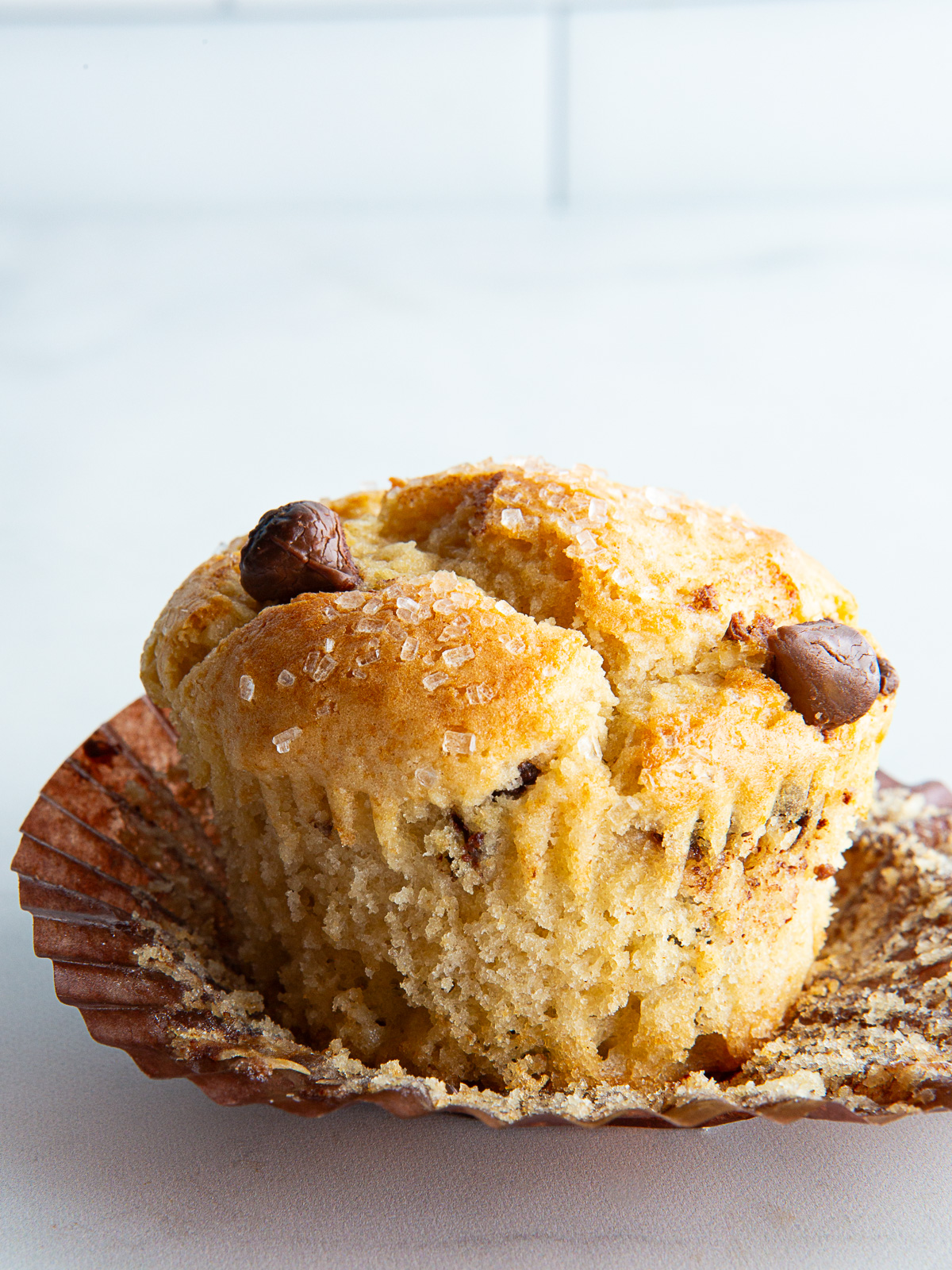
- Use a muffin scoop. It not only makes it easy to fill the muffin pan, it ensures each cup is filled with the same amount of batter.
- Use a Metal Pan. Gluten-free muffins baked in a metal pan brown nicer than those baked in a silicone pan.
- Fill the muffin cups almost to the top. For an extra-tall muffin, fill each muffin cup almost to the top. If you’re worried about the pan overflowing, place a baking sheet on the rack below the muffin pan.
- Bake the muffins in a hot oven. Muffins baked in a preheated oven helps the muffins to rise quickly.
Storage Instructions.
Store your cooled gluten-free chocolate chip muffins in an airtight container on the counter. They last about 3 to 4 days at room temperature. Gluten-free muffins stored in the refrigerator tend to dry out.
If you need to keep them longer, freeze them.
Place the muffins in a freezer-safe container. Freeze for up to three months. When you’re ready to eat, thaw the
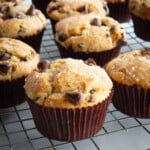
Gluten-Free Chocolate Chip Muffins
Ingredients
- 2 cups gluten-free baking flour (10 ounces; 283 grams)
- ¾ cup light brown sugar (5 ½ ounces; 155 grams)
- 1 teaspoon baking powder
- ½ teaspoon baking soda
- ½ teaspoon salt
- 1 stick butter, melted (4 ounces; 113 grams)
- 2 large eggs
- 1 cup sour cream (8 ounces; 226 grams)
- 1 teaspoon vanilla extract
- 1 cup mini chocolate chips (6 ¼ ounces; 177 grams)
- ¾ cup chopped walnuts, optional (3 ounces; 85 grams)
- coarse sugar, optional
Instructions
-
Preheat oven to 350℉. Spray a 12-count regular muffin pan or a 6 count jumbo muffin pan with nonstick spray or line with cupcake liners.
-
Whisk gluten-free flour, baking powder, baking soda, and salt in a large bowl. Add melted butter, brown sugar, eggs, sour cream, and vanilla extract. Blend until the batter is thick and creamy. Stir in the chocolate chips and walnuts, if using.
-
Spoon the batter into the pan, filling them about ⅔ full. Sprinkle each muffin with a little coarse sugar.
-
Bake until golden brown. A cake tester inserted in the center of a muffin should come out clean, about 18 minutes for standard muffins and about 22 minutes for jumbo muffins.
-
Allow muffins to cool in the pan for 5 minutes before transferring to a wire rack to cool completely.
-
Store muffins, wrapped, on the counter for up to three days or freeze for up to two months.
Recipe Notes
Gluten-Free Flour: This recipe was developed and tested with Bob’s Red Mill 1:1 Gluten-Free Flour Blend. Use a gluten-free flour that contains xanthan or guar gum. If yours doesn’t whisk a ½ teaspoon into the flour before using.
Chocolate Chips: Use your favorite chocolate chips for these muffins. Mini, regular, and chocolate chunks all work. And a combination is lovely too.


